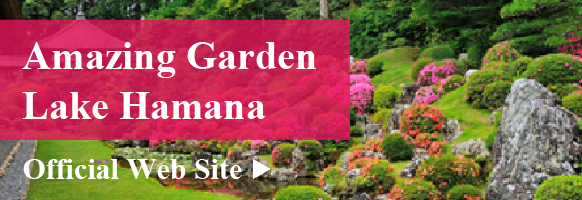Get to Know Hamamatsu
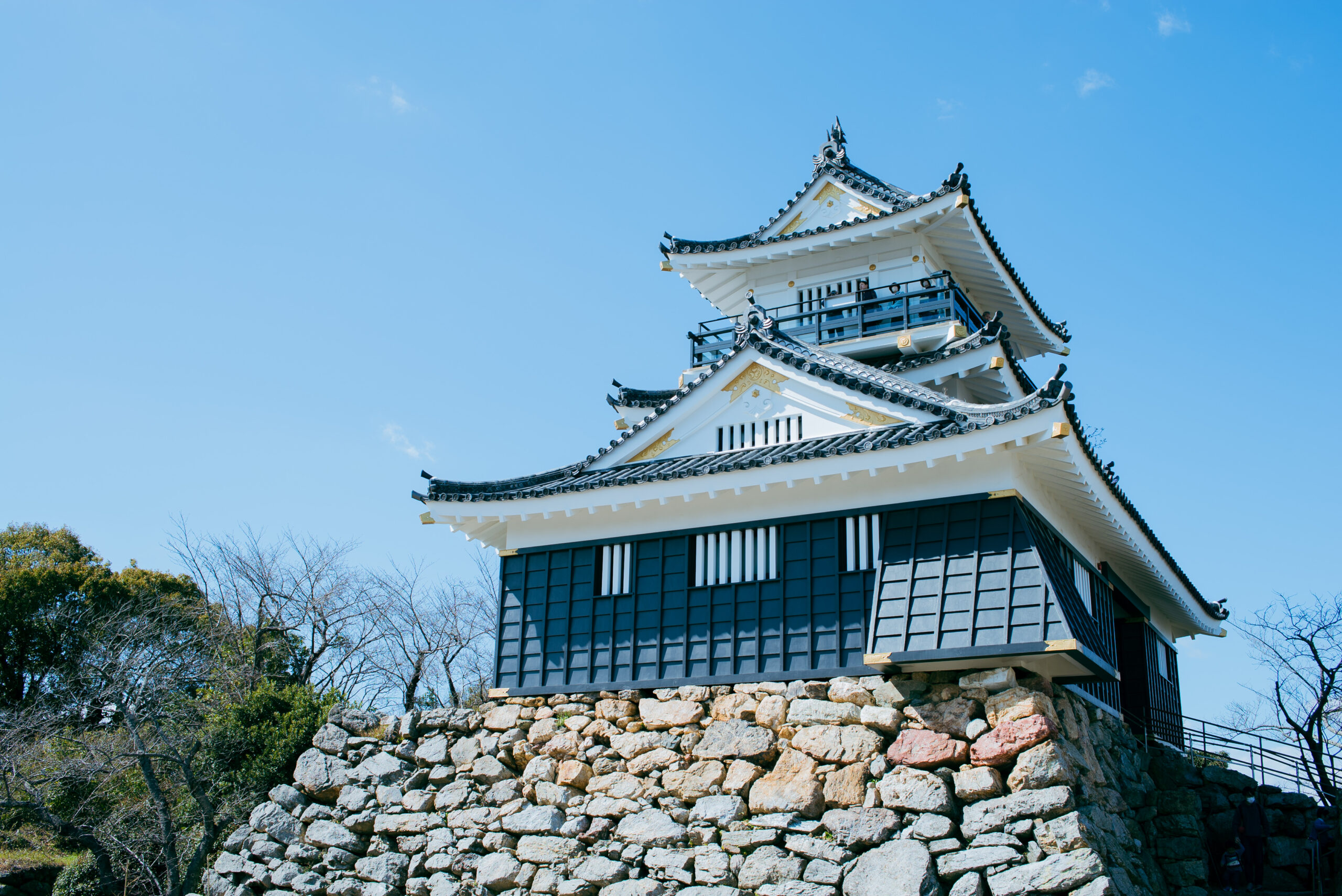
- Watch
3 Days of History and Nature in Hamamatsu City – Just 90 Minutes From Tokyo by Bullet Train!
History fans and nature enthusiasts seeking a follow-up to Tokyo will find a wealth of historical sites, museums, temples, gardens, and more in Hamamatsu! Hamamatsu has had a significant influence in shaping Japan, and its urban center is encircled by some of the country’s most breathtaking natural landscapes. This 3-day Hamamatsu itinerary will take you through Hamamatsu’s best heritage spots and natural wonders to discover this legacy for yourself!
What Sort of Place Is Hamamatsu City?

Hamamatsu is a city in Shizuoka Prefecture that sits roughly in the center of Japan, about halfway between Tokyo and Osaka. Its mild climate and ample parkland makes it a popular destination for springtime cherry blossoms and other seasonal bliss.
On top of an illustrious history as one of the homes of Tokugawa Ieyasu, the founder of the Tokugawa Shogunate, Hamamatsu is also the birthplace of many global businesses, such as instrument-maker Yamaha and automobile companies Suzuki and Honda. For foodies, the city is best known for premium “unagi” eel and “gyoza” dumplings.
This travel itinerary dives deeper into Hamamatsu’s rich past and natural beauty, with a helping of delicious local eats to boot!
How to Get to Hamamatsu City
Hamamatsu can be reached directly from Tokyo Station on the JR Tokaido Shinkansen bullet train. Depending on the service, the ride can be as quick as around 90 minutes, making Hamamatsu a convenient stop on the way to Nagoya or Osaka. For those flying, Hamamatsu is 60 minutes by airport bus from Mt. Fuji Shizuoka Airport.
Day 1: A Journey Through the History of Hamamatsu
This itinerary begins with a foray into Hamamatsu’s enthralling history. It covers its musical heritage and samurai legacy, plus a retro hot spring town and a traditional Japanese hotel.
The first few spots are walkable from Hamamatsu Station, but we recommend renting a car later to maximize sightseeing. While the largest city in Shizuoka, Hamamatsu’s roads don’t carry much traffic outside of peak hours, and are fairly easy to navigate. If you’d rather not drive, buses depart regularly from Hamamatsu Station to Kanzanji Onsen, after which most attractions can be reached on foot.
Witness the History of Music at the Hamamatsu Museum of Musical Instruments
After hopping off the bullet train at Hamamatsu Station, start your tour with a 10-minute walk to the Hamamatsu Museum of Musical Instruments. This captivating museum presents around 1,500 instruments painstakingly curated from across the world and organized into type, region, and time period.
Pianos from various eras, vibrant Asian instruments, stunning European antiques, and even retro synthesizers offer a glimpse into not only musical evolution, but also cultural traditions and technological leaps. Each instrument is treated with equal respect, from the simplest maraca to the most intricate accordion, arranged in dynamic, lively displays largely free from glass casing to encourage an up-close inspection. The museum also introduces Japan’s own traditional music together with the successes of Hamamatsu instrument manufacturers like Yamaha, Kawai, and Roland.
Detailed English explanations paired with high-quality instrument recordings ensure a fulfilling learning experience. There are also special exhibits, regular live recitals and events, and an interactive corner where you can test your talents on pianos, keyboards, guitars, percussion, and more.
Munch on Hamamatsu-Style Gyoza at Ishimatsu Gyoza

While gyoza is common all throughout Japan, Hamamatsu’s unique take on the dumpling makes it essential to eat while in the city. The restaurant Ishimatsu Gyoza is the originator of Hamamatsu-style gyoza, and its Hamamatsu Station branch gives travelers their fix as soon as they leave the train.
Ishimatsu Gyoza’s Hamamatsu-style gyoza dates all the way back to its founding in 1953. Most Japanese gyoza are meat-based and garlicky, but Ishimatsu Gyoza bucked the trend with a light, sweet flavor that doesn’t sit heavy on the stomach, making a serving of 20 or more not unusual and surprisingly easy to digest.

This clean and refreshing flavor comes from the use of extra cabbage and less-pungent cuts of local pork, all wrapped up in a thin, springy skin to be dipped in Ishimatsu Gyoza’s secret vinegar and soy sauce blend. The gyoza are also arranged on the plate in an orderly circle with a handful of bean sprouts in the middle, making it very photogenic.
Trace the Beginnings of One of Japan’s Most Famous Rulers at Hamamatsu Castle

Continue wading deeper into Hamamatsu’s heritage with a 20-minute walk to Hamamatsu Castle, the city’s crowning jewel. Today, the castle grounds consist of a reconstructed castle tower atop a hill surrounded by historical ruins, spacious leafy parkland, and cultural facilities. Inside the castle tower is a museum laying out Hamamatsu’s history through riveting exhibitions, along with an observation deck presenting panoramas of the cityscape and countryside.
Hamamatsu Castle is deeply intertwined with Tokugawa Ieyasu (1543-1616), the architect of the Tokugawa Shogunate that governed Japan for over two and a half centuries during the Edo Period (1603-1868). Ieyasu ordered the construction of Hamamatsu Castle during his formative years, and spent 17 years living there between ages 29-45. The hardships he faced during this period gave him the experience he needed to become the ruler of Japan, and the prestigious careers of many subsequent Hamamatsu Castle lords contributed to its nickname “The Castle of Success.”
Hardcore history buffs will be captivated by the castle walls, one of the site’s relics. The seemingly crude and unstable facade hides a remarkably strong core of interlocking natural stone that has remained in place for 400 yearsーa testament to ancient engineering. Hamamatsu Castle Park is also a renowned cherry blossom hotspot, home to around 330 cherry trees of several varieties that bloom from late March, adding a pastel pink backdrop to the park’s treasures.
Lake Hamana Panoramas on the Kanzanji Ropeway

For the next leg of the itinerary, head out to Lake Hamana in the city’s west. This enormous lake is where much of Hamamatsu’s nature-based attractions are concentrated, as well as hot springs, luxury hotels, and the Hamanako Pal Pal amusement park.

For an unimpeded look at Lake Hamana, hop aboard the Kanzanji Ropeway, a 30-minute drive or 45-minute bus ride from Hamamatsu Station. It’s the only cable car in Japan that travels over a lake, parading the tranquil blue waters from above as it climbs up to Mt. Okusa. The view from the top encompasses most of Lake Hamana, along with the distant mountains of Shizuoka and even a glimpse of the Enshu-nada Sea.
Explore Kanzanji Onsen and Snap Photos of the Shibuki Bridge
Kanzanji Onsen is one of the hot spring resort towns lining the sandy banks of Lake Hamana. It has a laid-back, beachy vibe with many retro buildings, and its main Monzendori Street is just a 5-minute walk from the Kanzanji Ropeway.
While strolling down Monzendori Street, take a quick detour to the charming Shibuki Bridge, whose stark vermilion color pops out against the blue lake. The bridge marks the site of a canal that existed during the late Edo Period, and its current version was built in 1955.
Stay the Night in a Hot Spring Hotel at Tokiwasure Kaikatei

Tokiwasure Kaikatei is one of Kanzanji Onsen’s finest “ryokan” (traditional Japanese-style hotels). The opulent, art-filled interior is a visual feast, and the majority of its guestrooms face Lake Hamana, letting you soak in the scenery at your leisure.
Rooms with private hot springs are available, but if you’re happy to use the shared bathhouse, we recommend booking one of the Japanese-Western rooms, which were all recently renovated. They have an airy feel featuring plush beds on tatami mat flooring, streamlined bathrooms, and a modern mini-living room to make you feel at home.
Any built-up travel fatigue will evaporate after a session in Tokiwasure Kaikatei’s bathhouse. It contains seven different baths gushing out hot spring water from Kanzanji Onsen, which has a high salt concentration. Start by warming up in the spacious indoor bath before waddling out into the garden’s open-air rock bath. Then make the rounds through bubbling Jacuzzis, sleep-inducing lie-down baths, soothing massage baths, and a soul-reviving sauna.
Tuck Into Kaiseki Ryori for Dinner
Tokiwasure Kaikatei also prides itself on sumptuous meals centered around the seasons. Dinner is served in traditional “kaiseki ryori” style, a multi-course feast showcasing diverse ingredients and cooking techniques.
Spring’s dinner started with a colorful platter of appetizers like fried shrimp, dried firefly squid, and pumpkin castella together with tender sashimi from tuna, sea bream, mackerel, and other fresh fish. Each subsequent course was a new joy, from surefire Japanese favorites like tempura and “nimono” stews to surprises like beef pot-au-feu pie covered in flakey pastry crust. Simmering in the background was the centerpieceーpot-steamed rice with eel, which could be mixed with fresh wasabi and hot tea to create a new dish called “ochazuke” while eating.
The next morning’s breakfast was an equally well-balanced spread of light but energizing Japanese fare. It featured delicacies like simmered lotus root, “yuba” tofu skin, hot spring-boiled egg, grilled horse mackerel fish, and other wholesome morsels to fuel another day of sightseeing.
Day 2: Taking in the Nature of Hamamatsu
The second day of this itinerary is spent immersed in Hamamatsu’s abundant natural splendor. Afterwards, you’ll drive or bus back to central Hamamatsu to gorge on local sweets and some of the city’s best eel, and then spend the night in the region’s tallest skyscraper with jaw-dropping views from your room.
Enjoy Seasonal Flowers at the Hamamatsu Flower Park
This sprawling 300,000 m² botanical garden on the shore of Lake Hamana is home to around 3,000 plant species, running from immaculate flowerbeds to dense natural forest, alongside undulating hills, lakes teeming with birdlife, and a multiroom greenhouse.
The park’s palette evolves over the seasons, with spring dyed pink by 1,700 cherry blossoms of 160 varieties flecked by a kaleidoscope of countless tulips. Guests are free to partake in the Japanese custom of “hanami” (flower viewing) with picnics on the lawn, while after-dark light-ups present an enchanting new perspective on the flower.
Additional highlights throughout the year include long tunnels of drooping purple wisteria, an enormous rose garden, a lawn of irises, plus azaleas, hydrangeas, lotuses, and lots more. If time is limited, you can also circle the park in 15 minutes on one of the “flower trains,” which depart from the main entrance gate.
Even when skies are gray, the Crystal Palace greenhouse bursts with year-round beauty, showcasing rare plants from around the globe like tropical blooms, prickly cacti, and even glowing moss. Stirring water fountain shows, eateries and food stalls, and fairground rides further bolster the fun.
Pick Succulent Strawberries at Agurisu Hamanako
Continue reveling in Hamamatsu’s natural offerings with a strawberry picking session. Agurisu Hamanako is a large strawberry farm tucked beside Hamamatsu Flower Park, and it runs 30-minute all-you-can-pick-and-eat strawberry courses between mid-December and early May.
Agurisu Hamanako grows three unique strawberry species that were first cultivated in Shizuoka: the long and pointy all-rounder Akihime, the plump and slightly sour Beni Hoppe, and the brand-new juicy-sweet Kirapika.
Being inside greenhouses, strawberry picking can be enjoyed rain or shine. There’s also a market selling boxes of fresh strawberries and other local produce, along with scrumptious strawberry desserts like melt-in-the-mouth “ichigo daifuku” (strawberry wrapped in mochi skin).
Gorge on Desserts at the Photogenic Sweets Bank
For many Japanese, the definitive Hamamatsu snack is “unagi pie,” which means “eel pie” in English. But don’t let the name fool youーit’s actually a buttery, surgery biscuit with a hint of eel extract made to resemble a slice of “kabayaki” grilled eel, a specialty in Hamamatsu.
Return to inner city Hamamatsu to try unagi pie and other unique confections for yourself at Sweets Bank, which contains the official store and restaurant/cafe of unagi pie-makers Shunkado. Sweets Bank’s camera-ready storybook architecture alone is worth the trip, designed to resemble a dining table with chairs adorned by gift boxes, shopping bags, and newspapers scaled up a whopping 13 times larger than the real things. This whimsical theme continues inside, with pencil sharpeners morphing into umbrella stands, crayons as huge pillars, and egg cups used as luminous lamps.
Sweet tooths can satisfy cravings at “SHOP Shunkado,” which is jam-packed with mouthwatering desserts like both standard and limited-edition unagi pies, alongside artisanal Japanese confections and decadent Western cakes, pastries, and puddings.
Eat a Healthy Lunch at TORA TO FUSEN
Sweets Bank also has TORA TO FUSEN, a casual eatery with healthy lunches. The #4 Deli Lunch lets you choose four daily-changing deli foods, which include savory dishes like marinated chicken with salsa, hamburger steak in demi-glace sauce, and plenty more packed with seasonal ingredients from Hamamatsu. It’s worth saving room for dessert here, too, particularly the pudding-flavored crumbly biscuit smoothie topped with unagi pie.
Take in the Views From Shizuoka’s Tallest Skyscraper
To appreciate Hamamatsu from above, there’s nowhere better than the 212.77-meter Act Tower, the tallest building in Shizuoka Prefecture. It sports a beige facade that looks brilliant backed by Shizuoka’s clear sky, and its harmonica-shaped design is a homage to Hamamatsu’s musical soul. On the 45th floor is an observation corridor, showcasing local landmarks like Hamamatsu Castle and Lake Hamana, and stretching out to the Enshu Sea and the Southern Alps on clear days.
Sleep in Luxury at the Okura Act City Hotel Hamamatsu
For accommodation on your second night in Hamamatsu, stay in the Act Tower! The tower’s upper floors house the guestrooms of the Okura Act City Hotel Hamamatsu, letting you continue appreciating the breathtaking scenery from the comfort of your room.
This classy hotel boasts spacious Western-style guestrooms fully equipped with amenities for a restful stay. Keeping in tune with Hamamatsu’s musical reputation, the interior is adorned by instrument-inspired motifs, such as trumpet-shaped pillars and keyboard patterns on the floor.
Guests can dine at on-site restaurants like Chinese, Japanese, teppanyaki, and casual buffets. The breakfast buffet is also worth notingーa huge spread of fluffy breads, omelets made fresh to order, nutritious cereals, fruits, and salads, and Japanese comforts like miso soup. Of course, it wouldn’t be a holiday without some guilty pleasures like crispy bacon, pizza, wieners, and pancakes, too, and don’t forget to grab another helping of Hamamatsu gyoza before moving on!
Treat Yourself to Gourmet Eel at Unagi Yaotoku Honten
Hamamatsu’s culinary scene revolves around unagi eel, a tradition rooted all the way back in 1900 with Lake Hamana becoming one of the first eel aquaculture hubs in Japan. The eel specialty restaurant Unagi Yaotoku Honten opened just 9 years later, passing down their recipes for over 100 years to carry the authentic taste of Hamamatsu eel into the modern age. Its main restaurant is just a 5-minute walk from Act Tower, and there is also an outlet by the south exit of Hamamatsu Station, too.
Unagi Yaotoku Honten’s go-to dish is the Ohitsu Unagi Chazuke set, which lets you enjoy eel in three different waysーfirst with rice as “donburi” to appreciate the intrinsic flavors of the meat, then zested up with green onion and wasabi, and finally with tea poured over it to make a nourishing bowl of ochazuke. The eel’s perfectly seared crispy skin gives way to melt-in-your-mouth tenderness beneath while the rich, savory sauce unfolds across the palate.
Day 3: Dive Into Deep Hamamatsu
Finish up your Hamamatsu trip by veering off the main trail into some of its more remote and obscure attractions. Drive or take a bus to an ancient temple complex, where you can learn to meditate and taste authentic Buddhist cuisine. Then head underground into a cave filled with geological wonders, and shop for handicrafts at a fairytale theme park.
Embrace Your Spiritual Side at Hoko-ji Temple
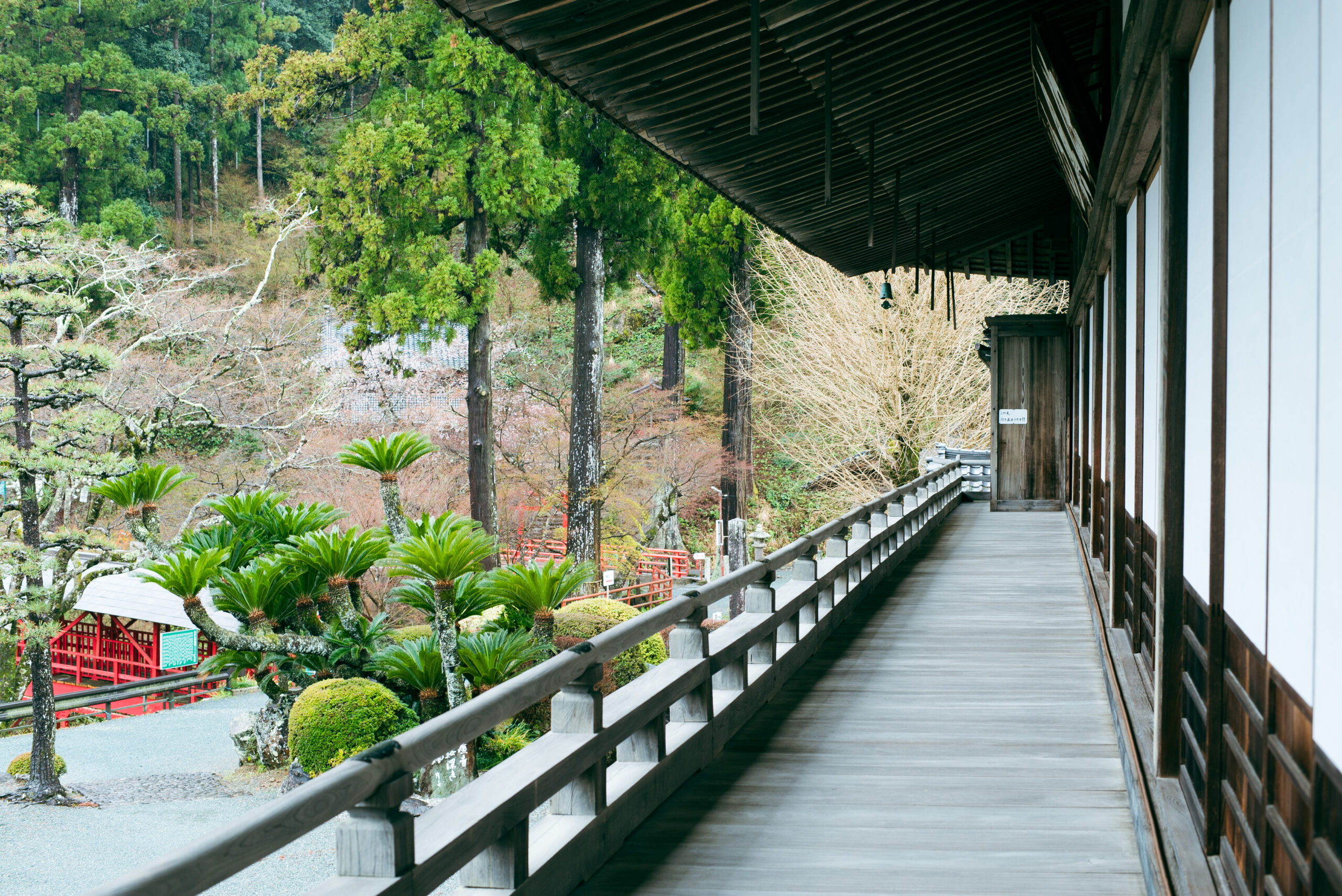
Commence your adventure into deep Hamamatsu at Hoko-ji Temple, in the verdant mountains north of Lake Hamana. This ancient temple was established in 1371 by Mumon Gensen, son of Emperor Go-Daigo, and has expanded over the centuries to cover around 60 hectares with dozens of buildings, each flaunting its own enrapturing architecture, history, and treasures.
After hiking up the densely-forested mountain path and crossing the striking vermilion bridge, you’ll arrive at Hoko-ji Temple’s enormous main temple, which was built in 1918 and exudes a solemn, dignified presence. Inside are dangling gold ornaments, elegantly carved wooden motifs, and sacred Buddhist statues that are over 600 years old.
Continue through the network of wooden corridors and outdoor paths to find the rustic, timeworn Hansobo Shinden Hall, which venerates a monk said to have saved the temple founder and is crammed with priceless artifacts; the Shichison Bosatsudo, the oldest wooden building in Shizuoka Prefecture; and many other intriguing structures. Be sure to also wander up the other side of the valley to see the dazzling three-story pagoda, built in 1923.
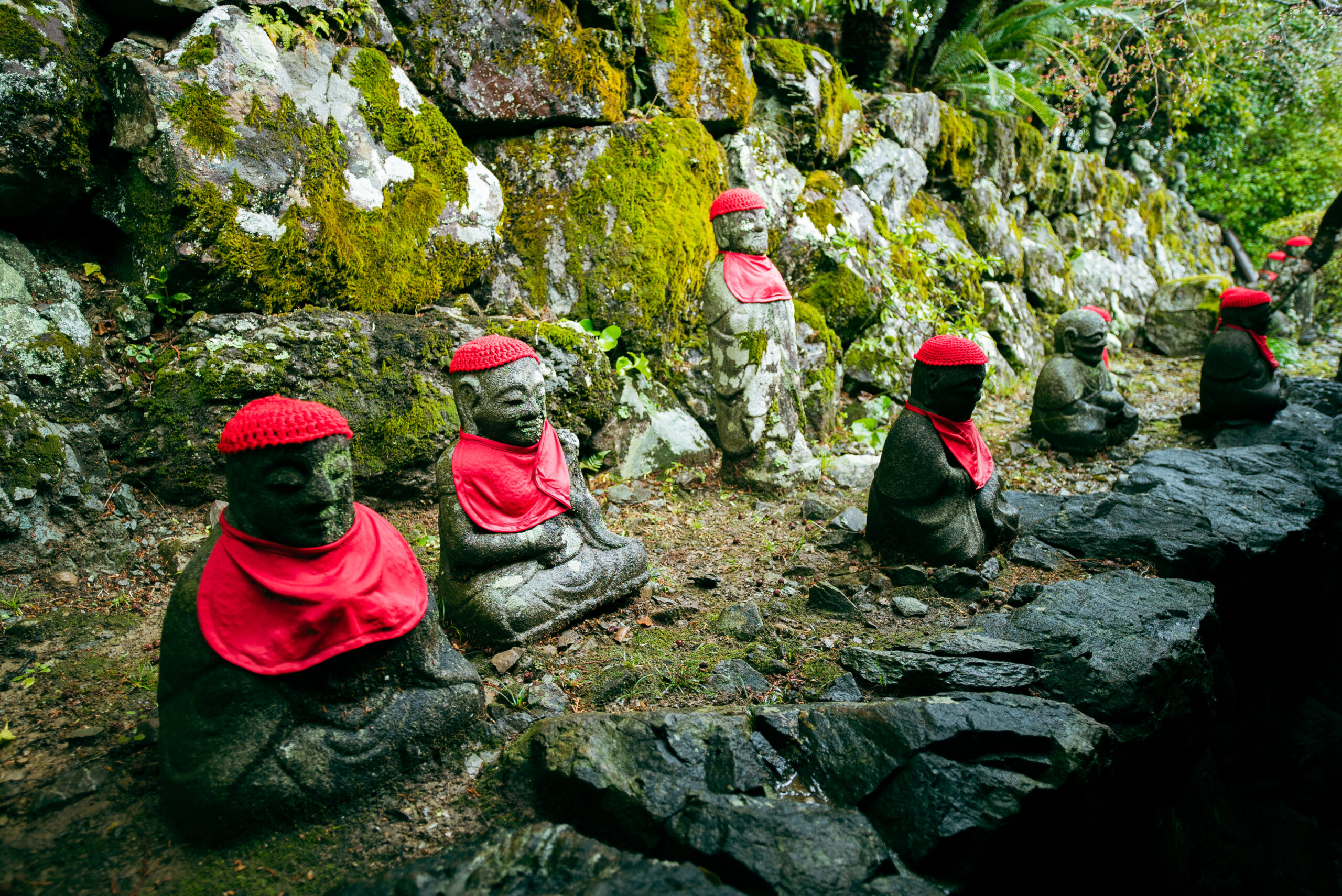
Across the grounds of Hoko-ji Temple are also over 1,000 small statues called “rakan,” the devoted disciples of Buddha. These statues were individually donated by worshipers over a period spanning the Edo Period until now, and each bears its own expression and pose, with many donning adorable red caps.
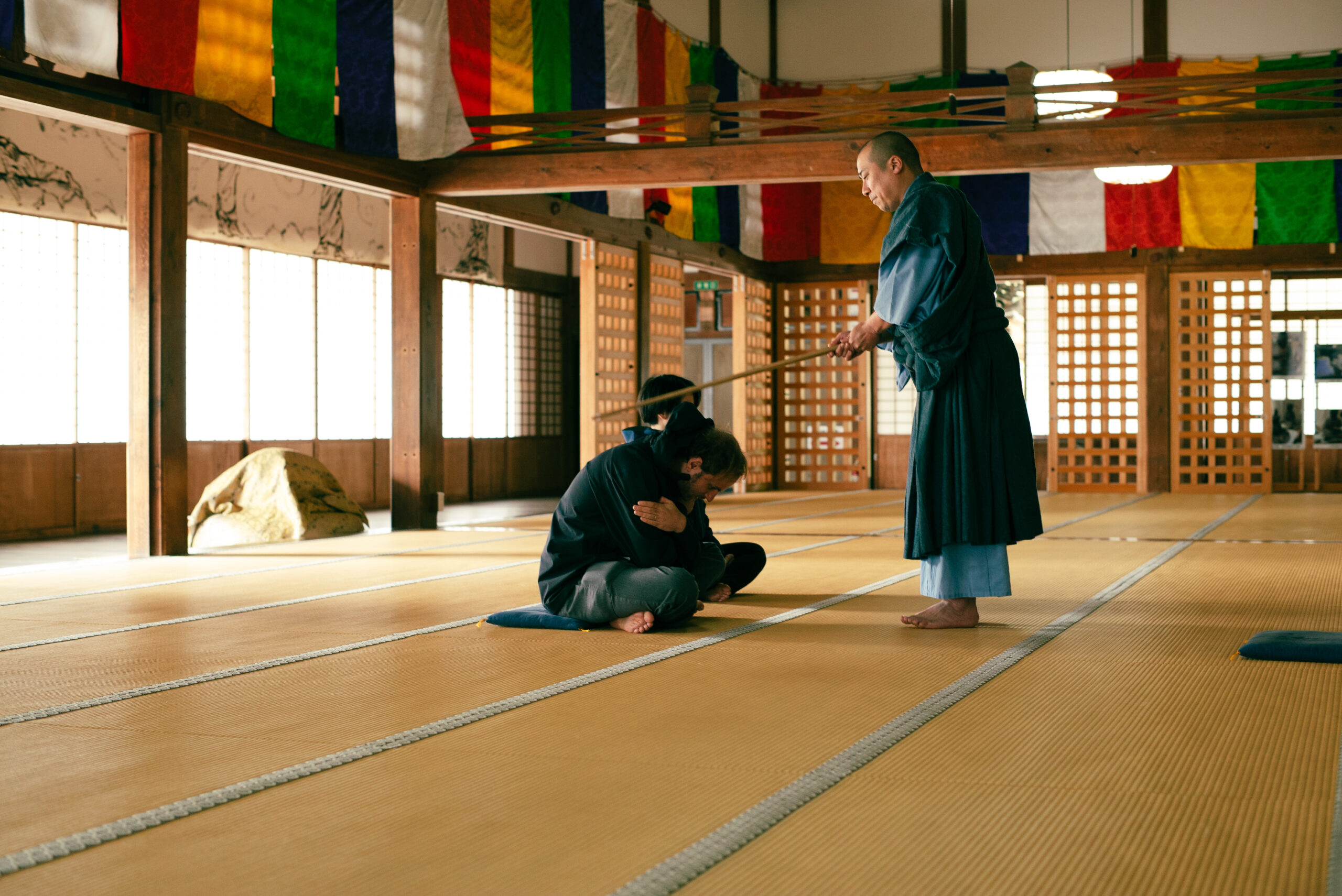
Hoko-ji Temple also hosts bookable Zen experiences like “zazen” seated meditation, where you’ll empty your mind and concentrate on breathing as a monk smacks your shoulder to help achieve a higher state of being.
Experience Authentic Buddhist Cuisine for Lunch
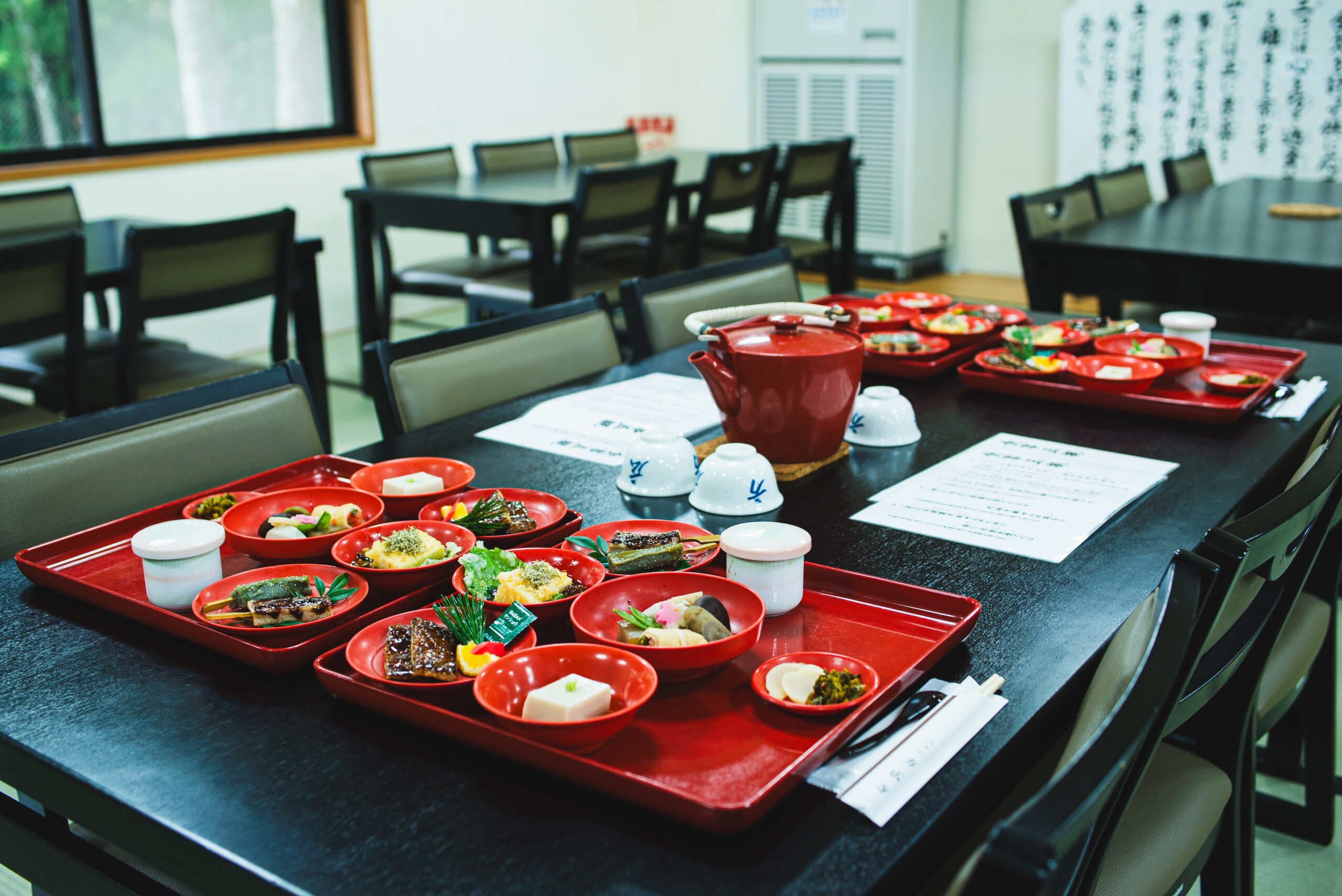
Immerse yourself further in the Buddhist lifestyle by reserving a “shojin ryori” lunch at Hoko-ji Temple. Shojin ryori is a type of traditional vegetarian cuisine often served at Buddhist temples to monks, who cannot eat meat or fish.
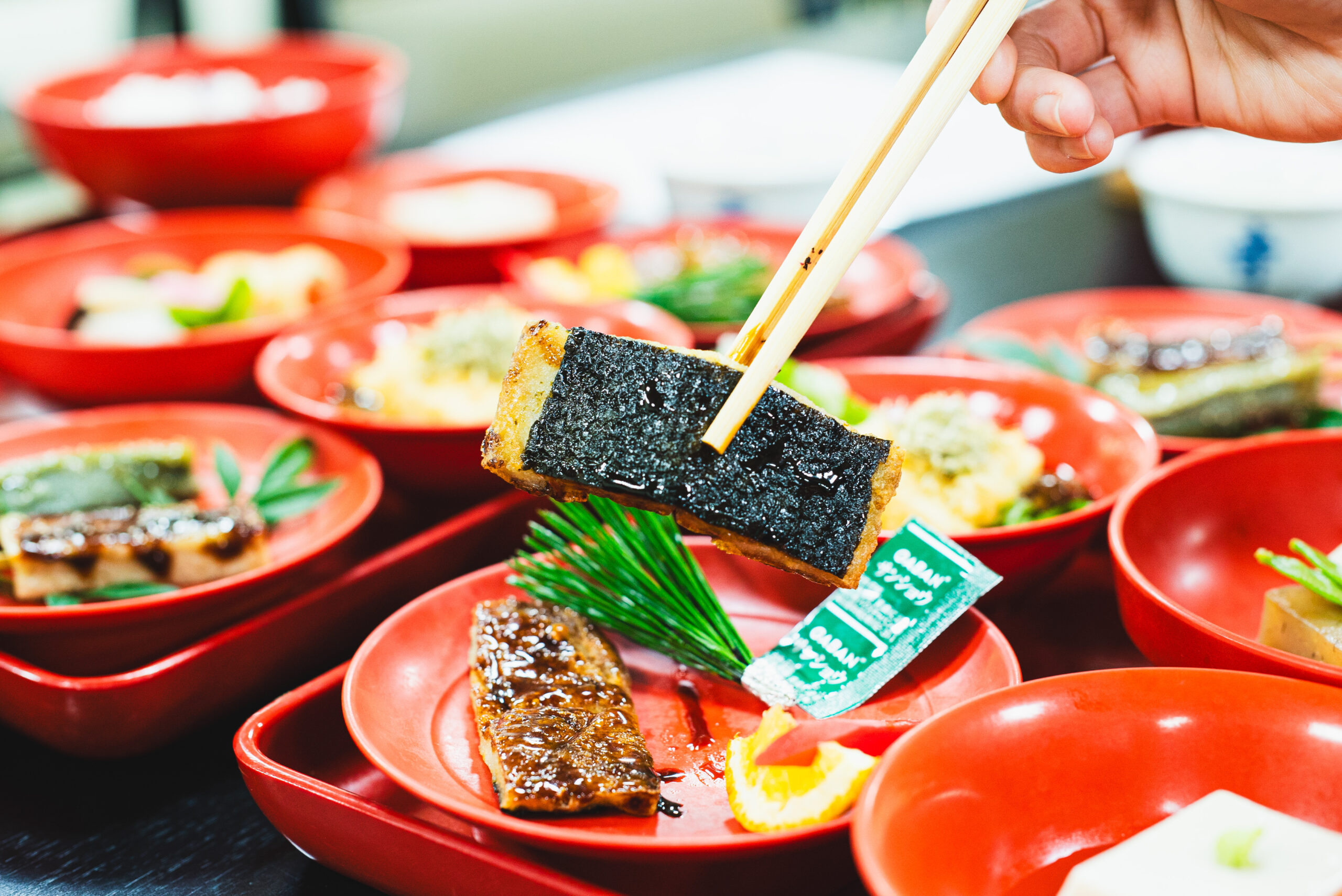
As Hamamatsu is famous for eel, Hoko-ji Temple’s one-of-a-kind shojin ryori comes with imitation eel made from Chinese yam, tofu, and lotus root. It’s shaped and grilled to resemble the real thing in taste and texture, and while not exactly alike, it has its own appeal that is worth trying.
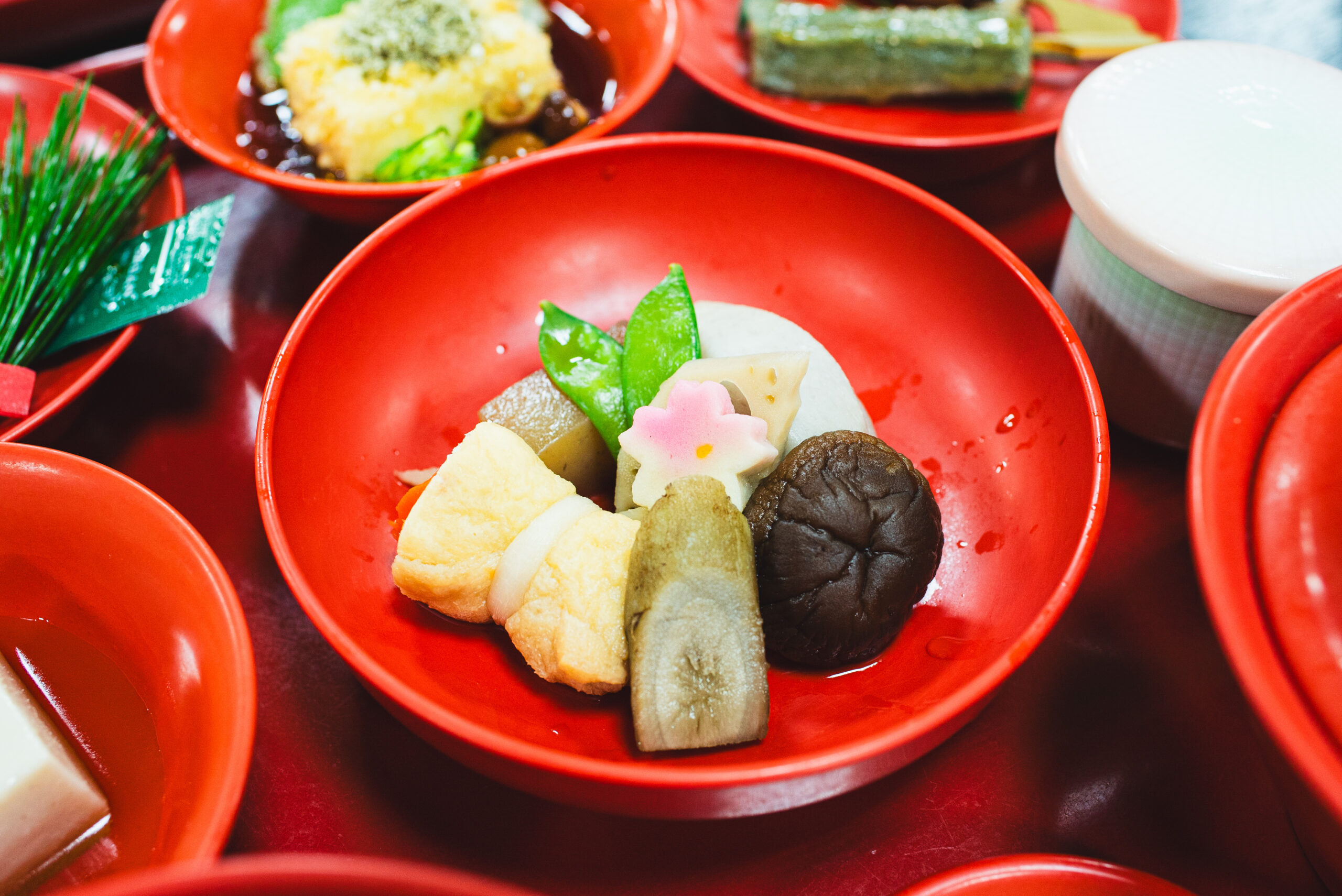
The set also features deep-fried tofu and foraged wild plants cooked in dashi broth, skewered “dengaku” fried konnyaku with miso, bulky vegetables simmered in soy sauce, sesame tofu with wasabi, and mochi served in a sweet red bean soup for dessert.
*The contents of the meal change depending on the season.
Explore What Lies Below Hamamatsu at Ryugashido Cavern
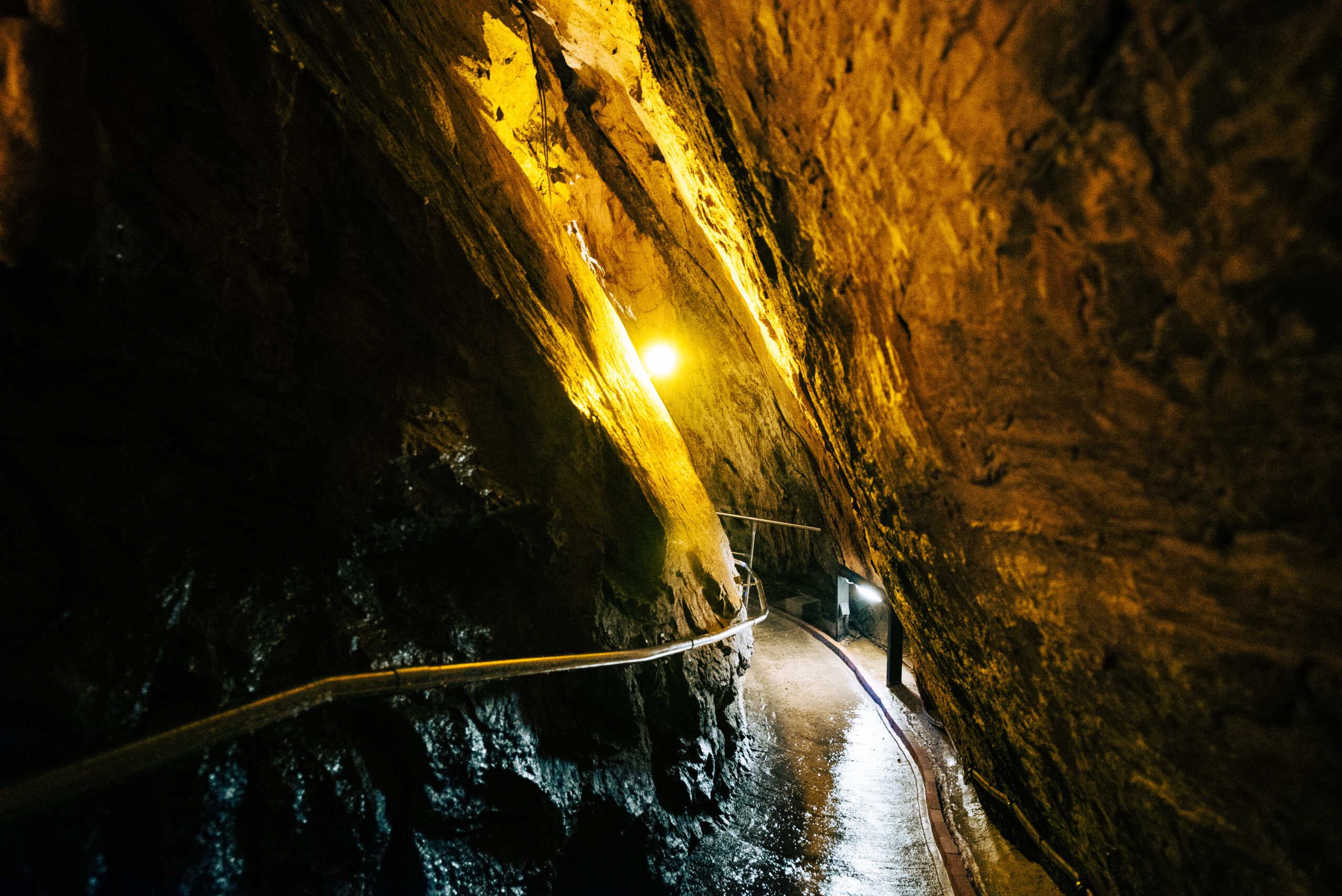
Ryugashido Cavern is a gigantic limestone cave that cuts into the side of Mt. Ryugashi, just a 10-minute drive from Hoko-ji Temple. It’s the largest of its kind in the central Tokai region, and the first 400 meters of its 1,000-meter length are open to the public, forming a loop packed with geological treasures molded over countless millennia.
Enter the narrow Phoenix Hall to be transported into an alien-like world of oddly-shaped stalagmites and stalactites, including rare specimens like wavy “curtain stone” and coral-like “flowstone;” marvel at the Mt. Fuji-shaped stalagmite, drink from a fountain of natural mineral water, and feel the powerful vibrations of the Golden Waterfall, one of the largest underground waterfalls in Japan. Keep your eyes peeled for wild bats living in the cave, or just wait for feeding time at the bat zoo.
Be Transported Into a Fairytale at Nukumori no Mori
Before wrapping up your Hamamatsu trip, go on one final foray into another world at Nukumori no Mori. This quaint European-inspired storybook park is tucked on the side of a small bushy hill near the east bank of Lake Hamana, and it resembles a village of Ghibli-esque cottages containing restaurants, cafes, sweets shops, and variety stores.
Alongside boundless photo opportunities, you can spoil yourself with adorable bottled cheesecakes, gelato made from Shizuoka specialties like top-quality “gyokuro” green tea, strawberries, and mandarin oranges, and other delightful goodies under the warm Shizuoka sun.
Enter the main Nukumori no Galleria building and let yourself get lost in its enchanting maze-like narrow corridors, which conceal a gallery, cafe, restaurant, and rest space. There are also other shops across the premises selling handmade aroma oils, tableware, jewelry, leather goods, glassware, and other knick-knacks to brighten up your home.
Hamamatsu: Lush Landscapes, Rich Heritages, and Unforgettable Flavors
Following this itinerary, you’ll have enjoyed a fulfilling trip reveling in the history, nature, and food of Hamamatsu. Curiosities will no doubt be gratified by the in-depth exhibitions at the Hamamatsu Museum of Musical Instruments and Hamamatsu Castle, along with the nostalgic Kanzanji Onsen and the ancient Hoko-ji Temple. Meanwhile, Hamamatsu’s spacious and often crowd-free slices of nature like Hamamatsu Flower Park, Agurisu Hamanako, and Ryugashido Cavern offer a breather before continuing onto tourist-heavy destinations like Kyoto and Osaka. So, for a convenient yet quiet stop while traveling from Tokyo, be sure to hop off the bullet train for an adventure in Hamamatsu!


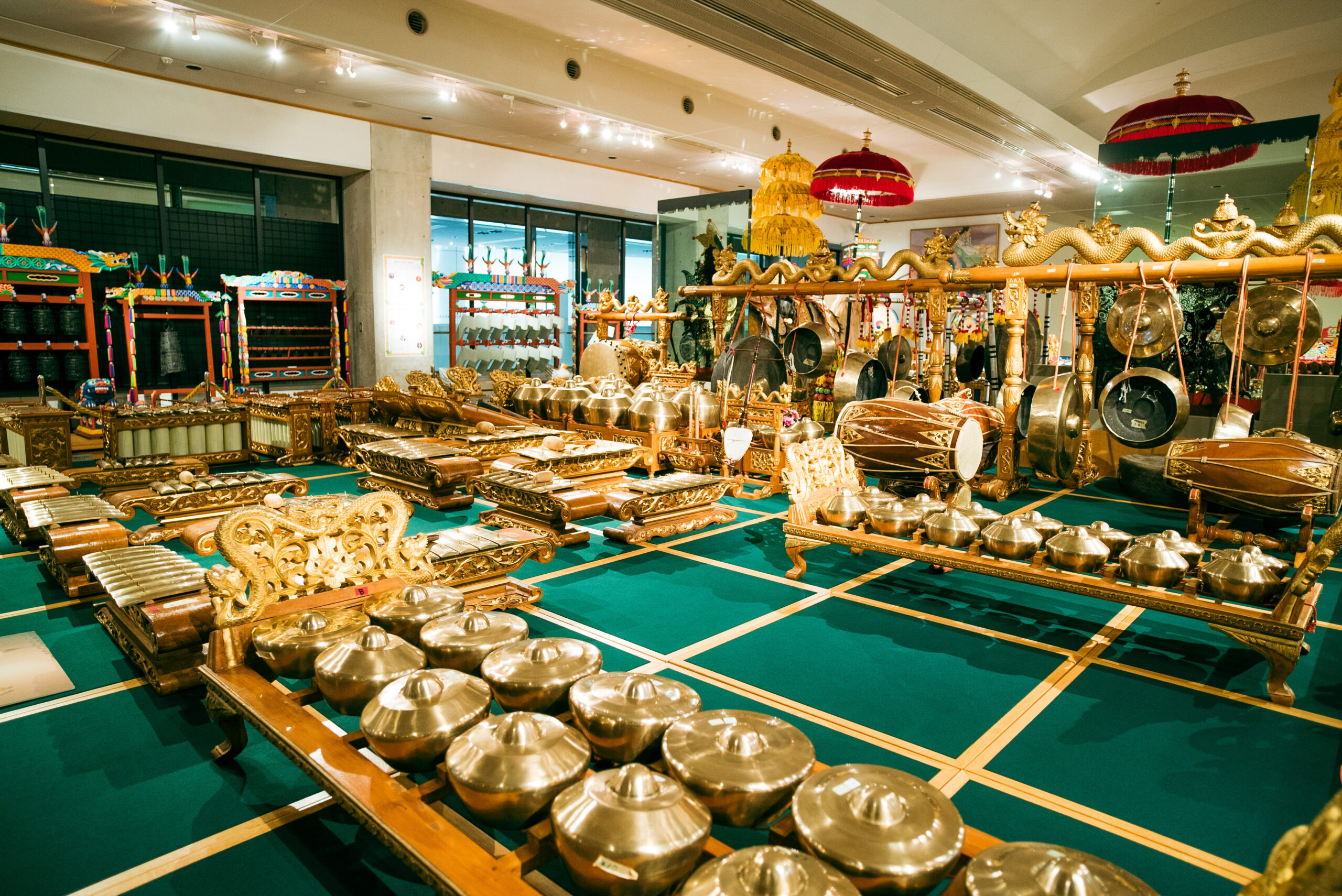
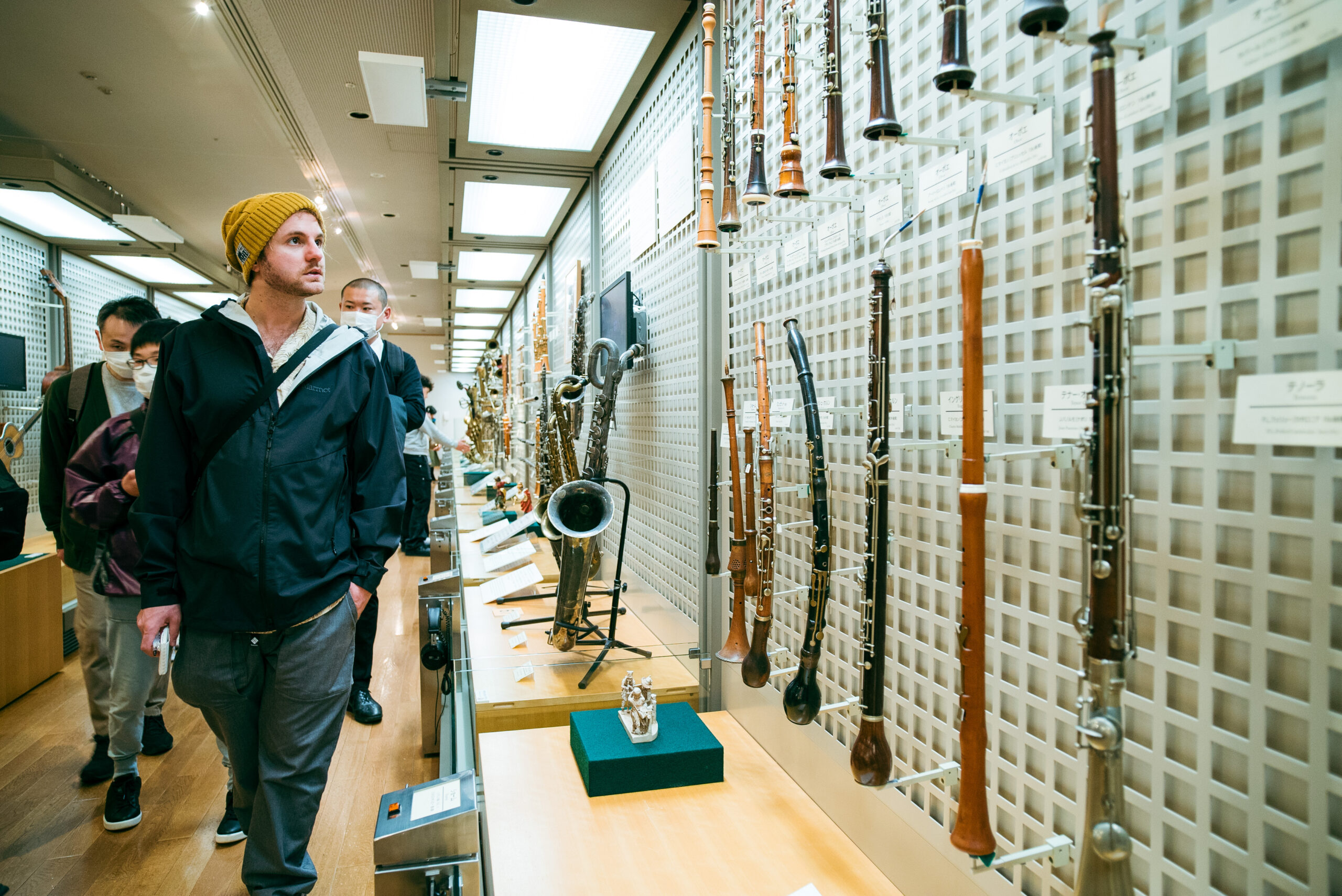
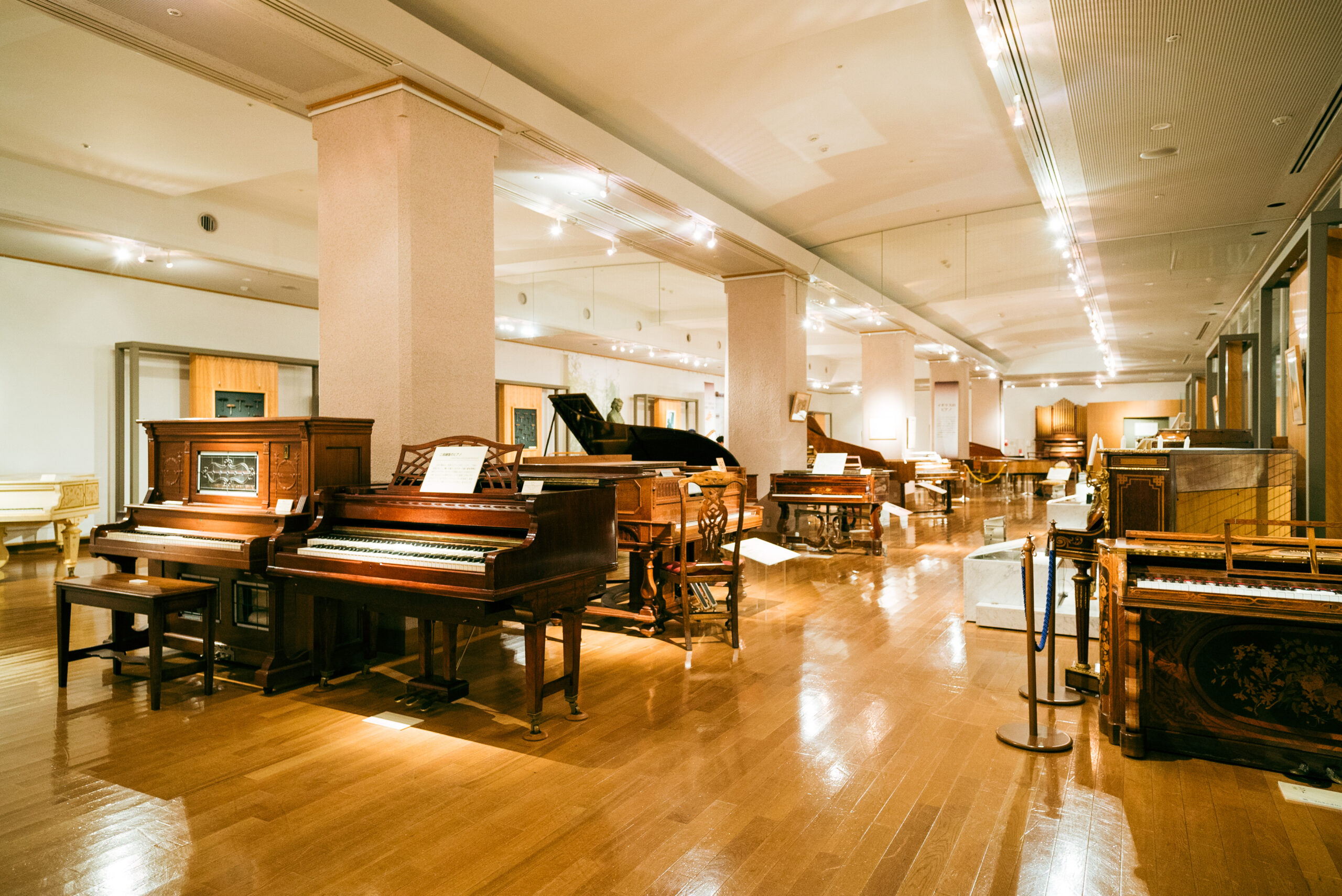
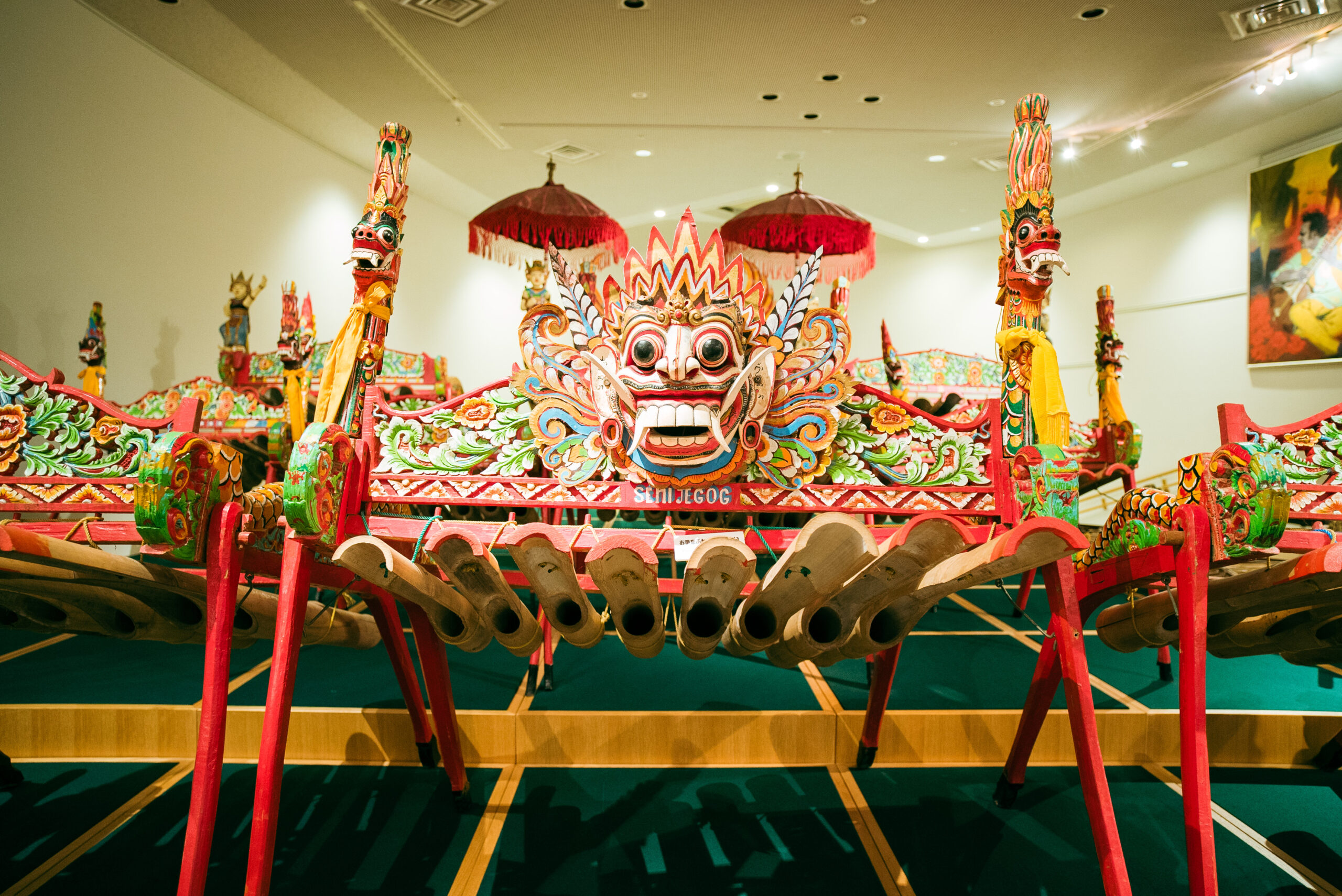

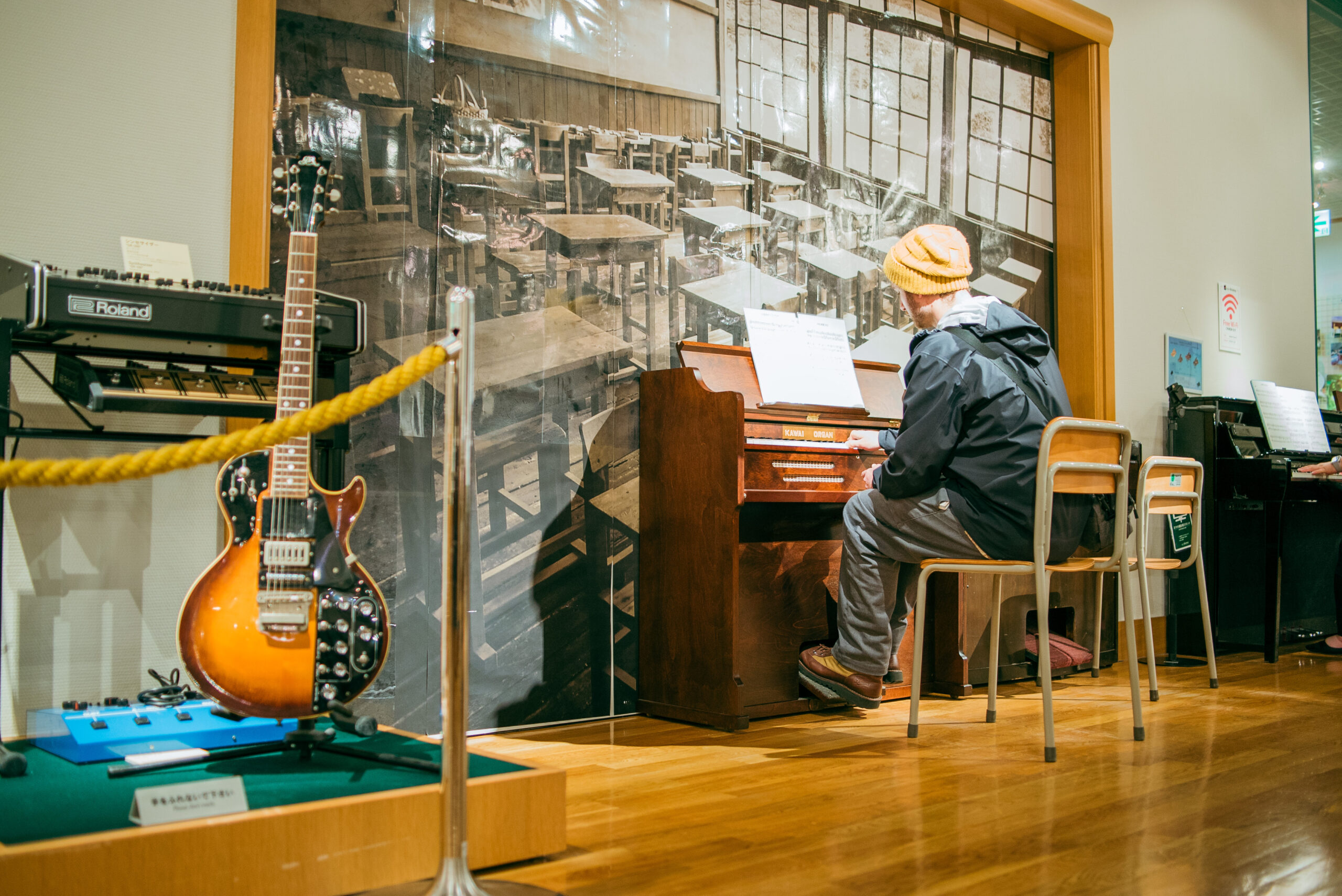

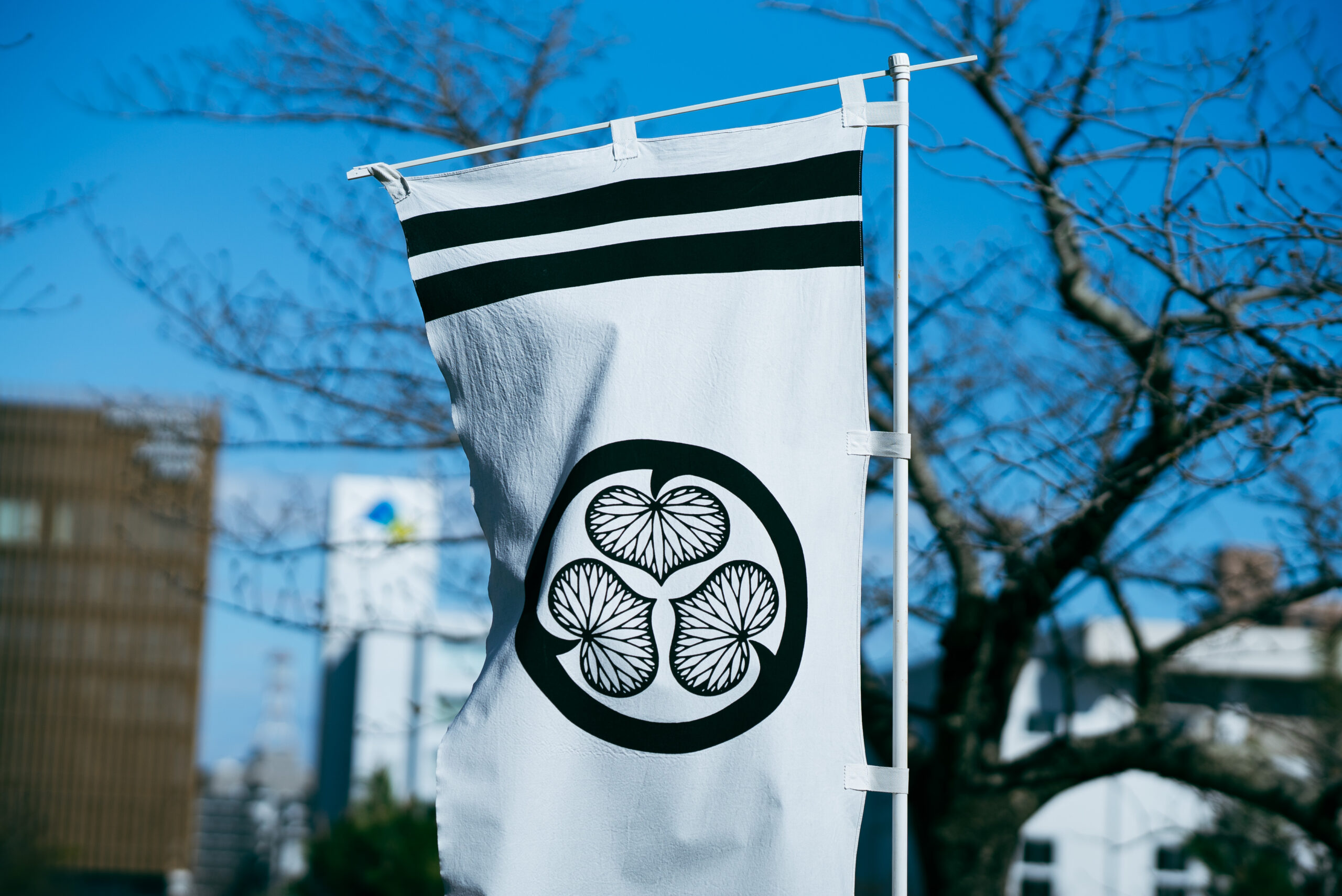
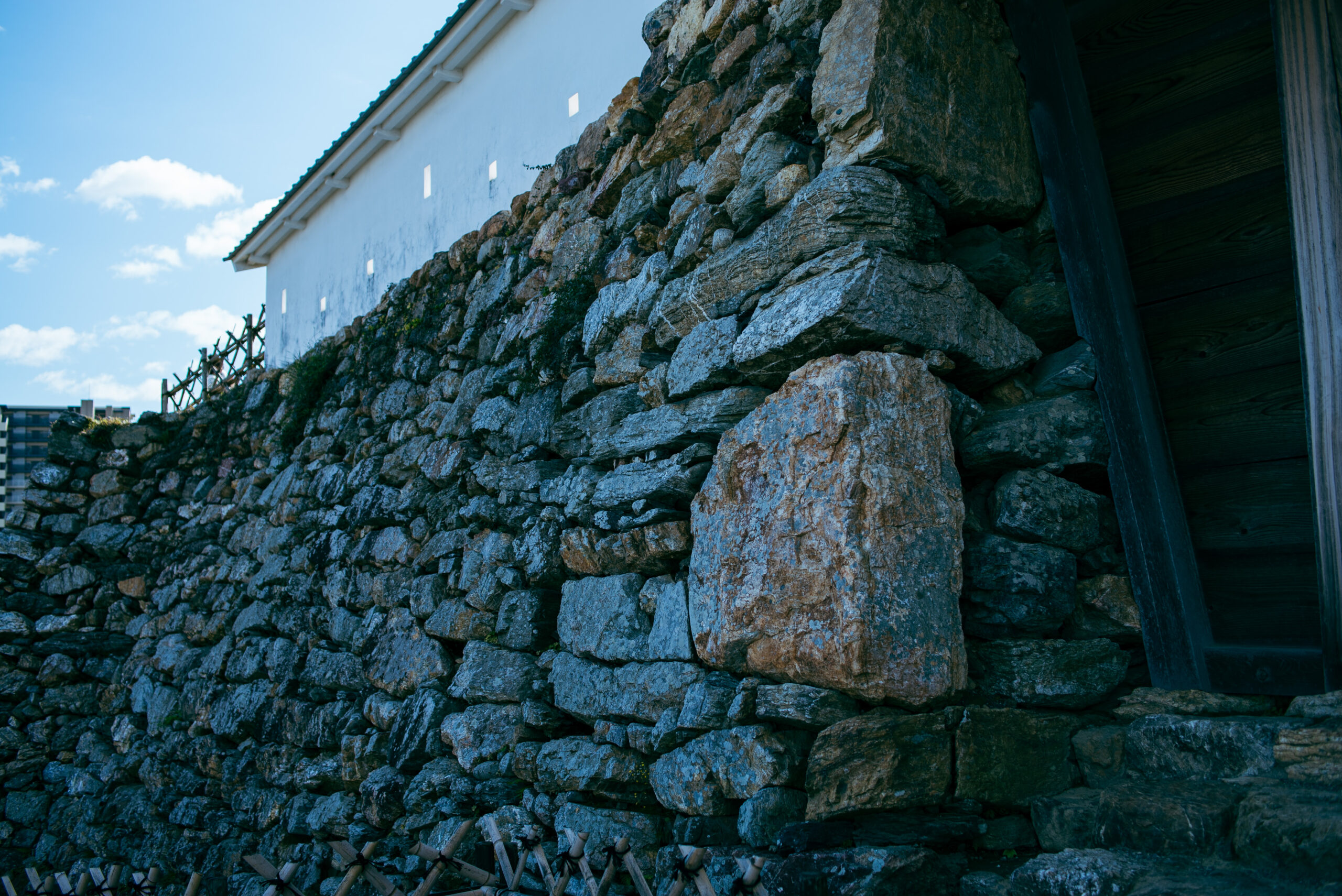
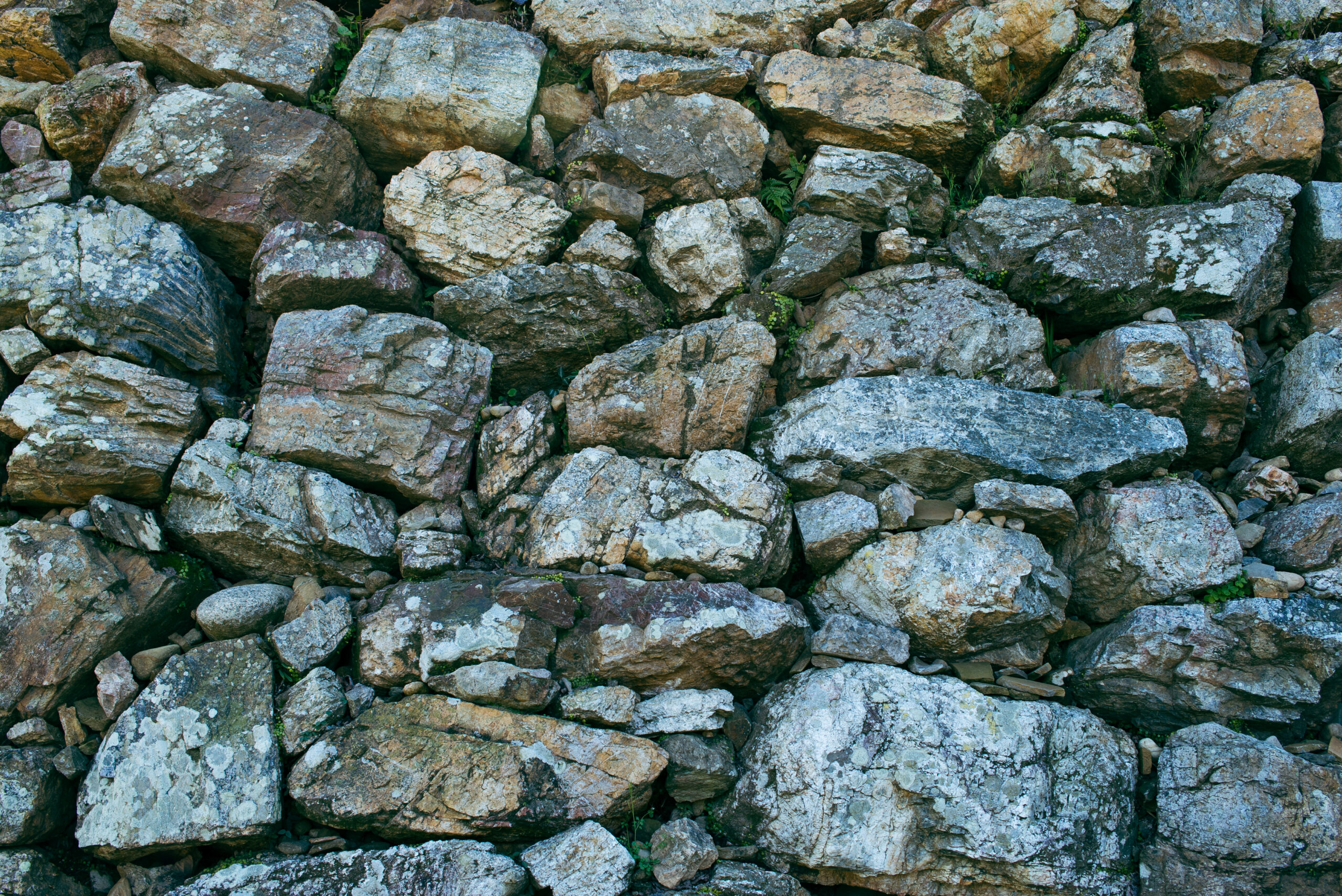
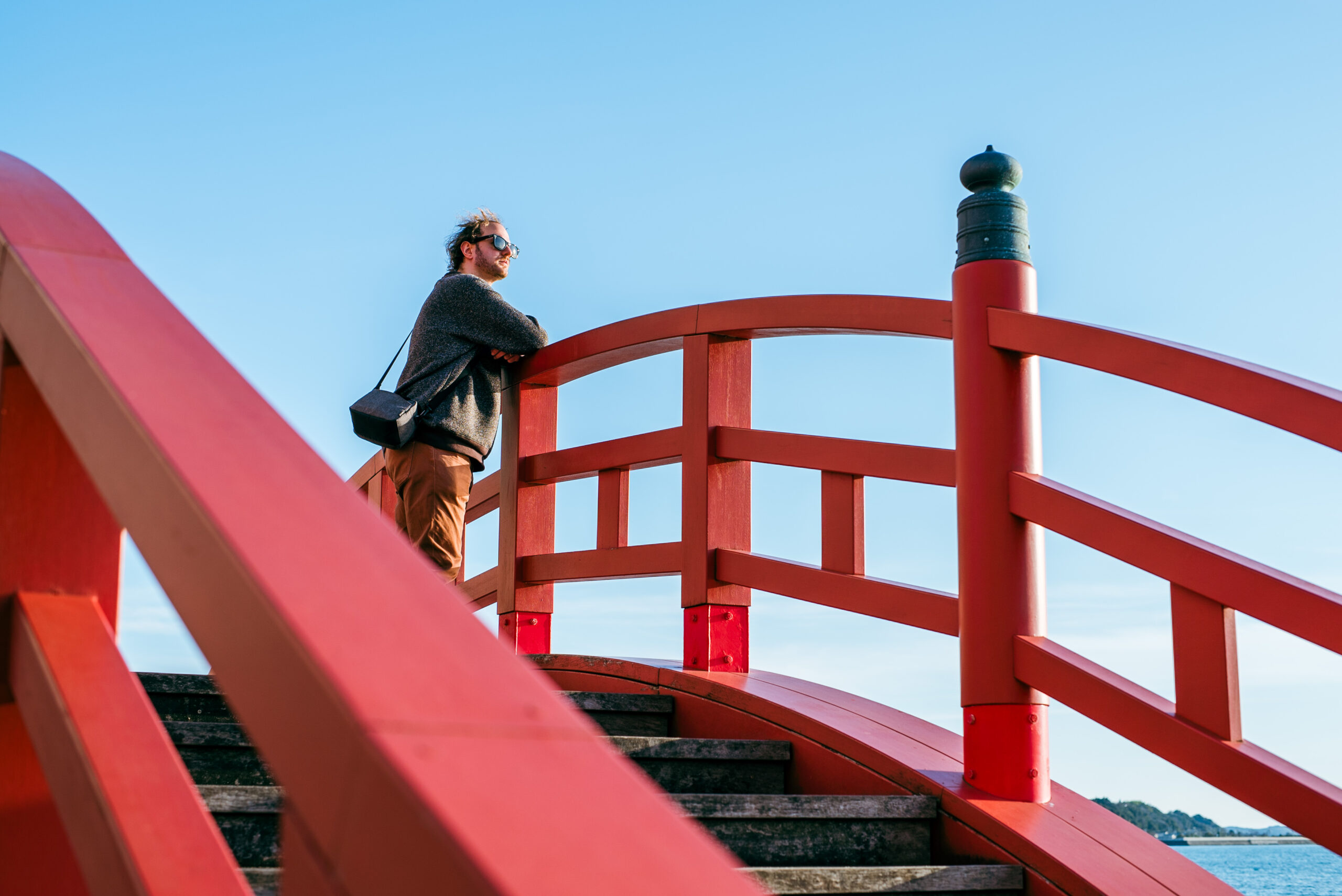
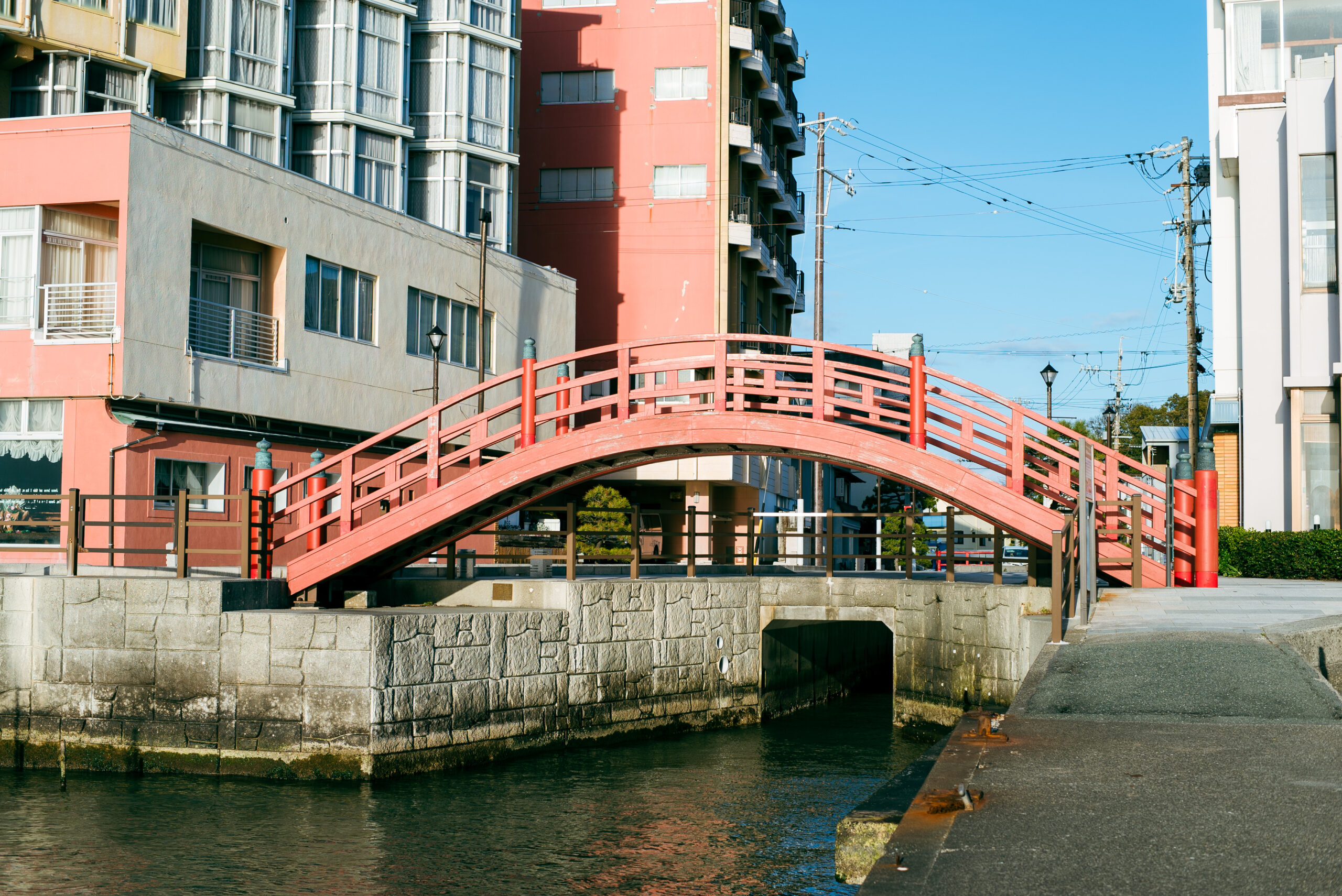
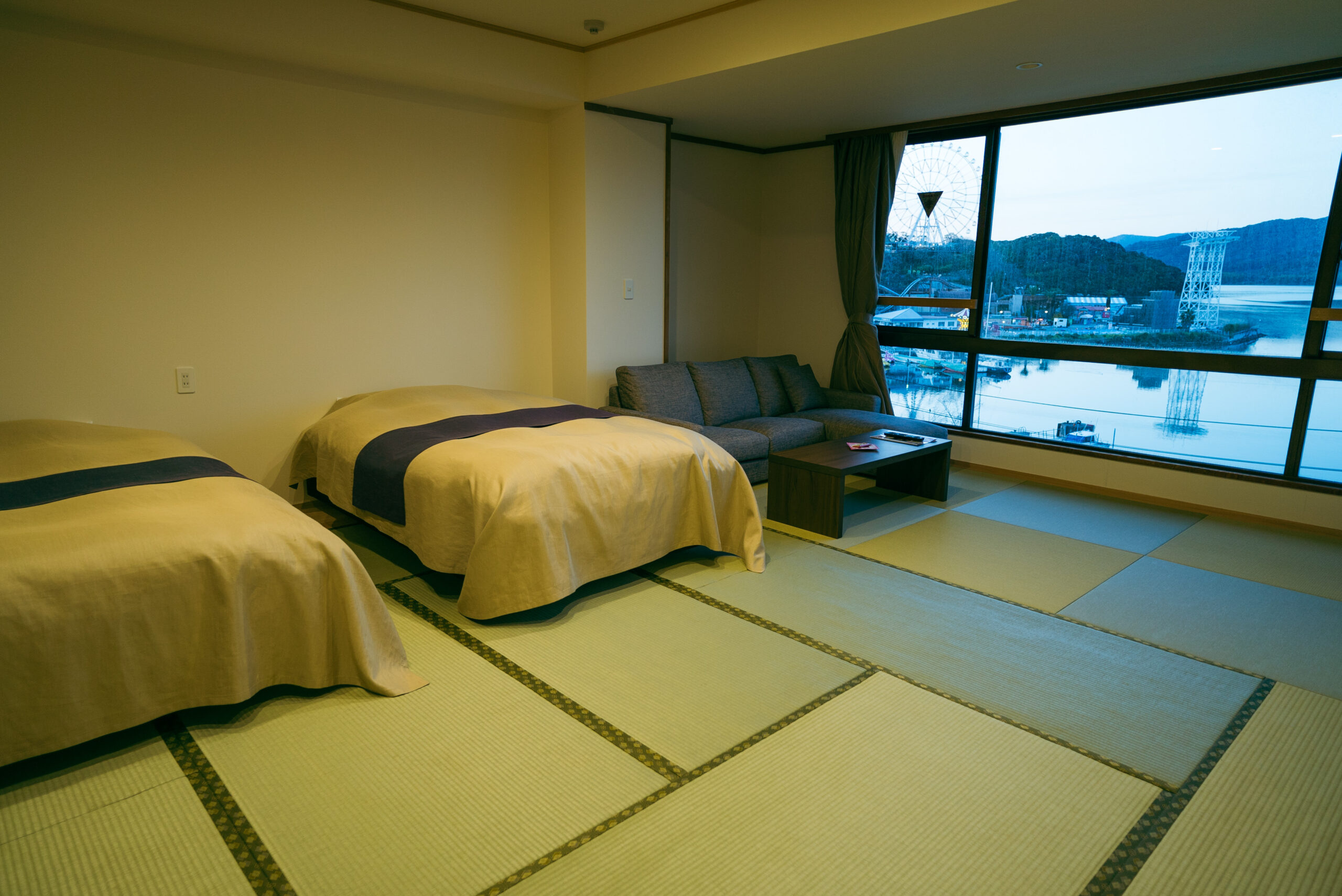
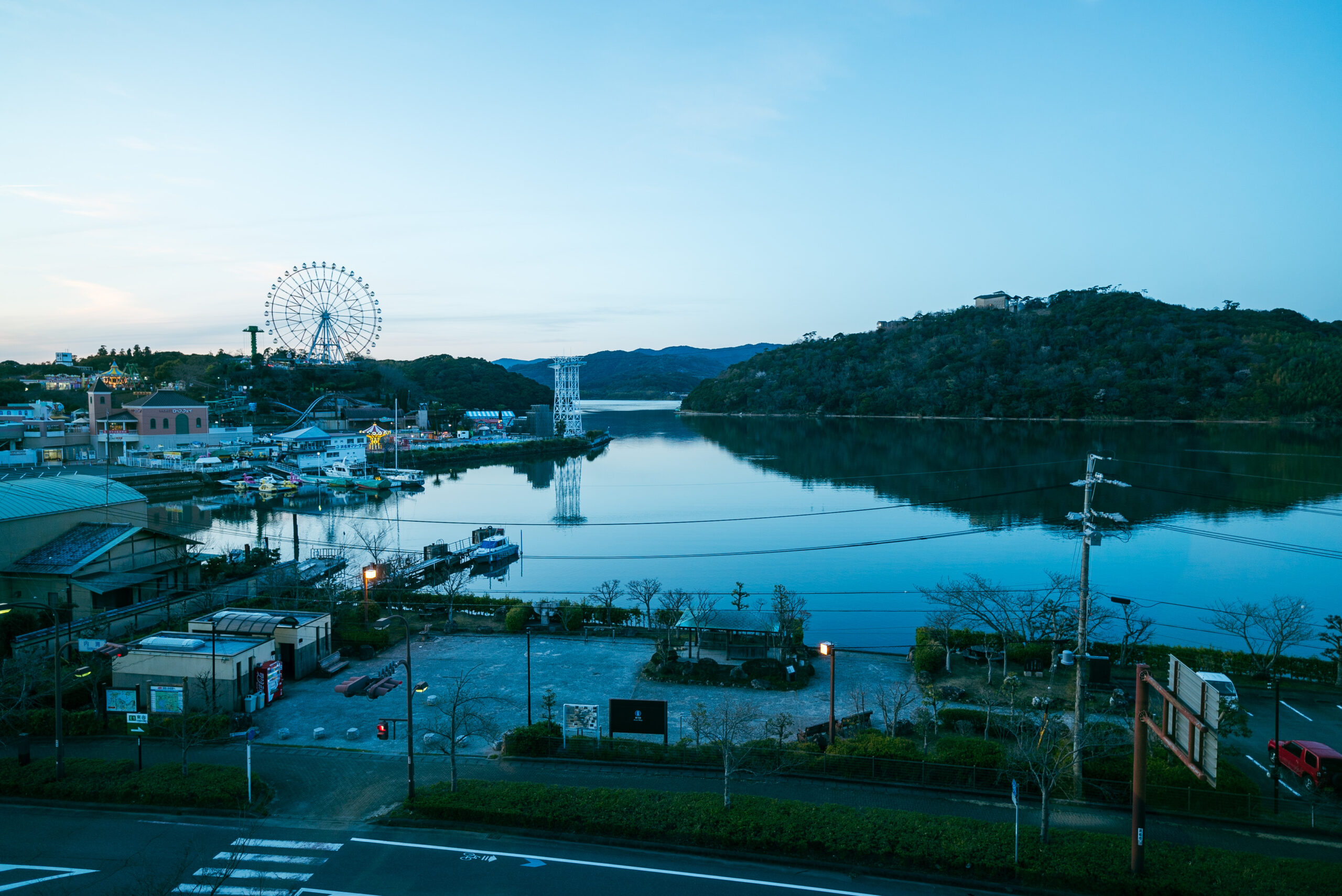
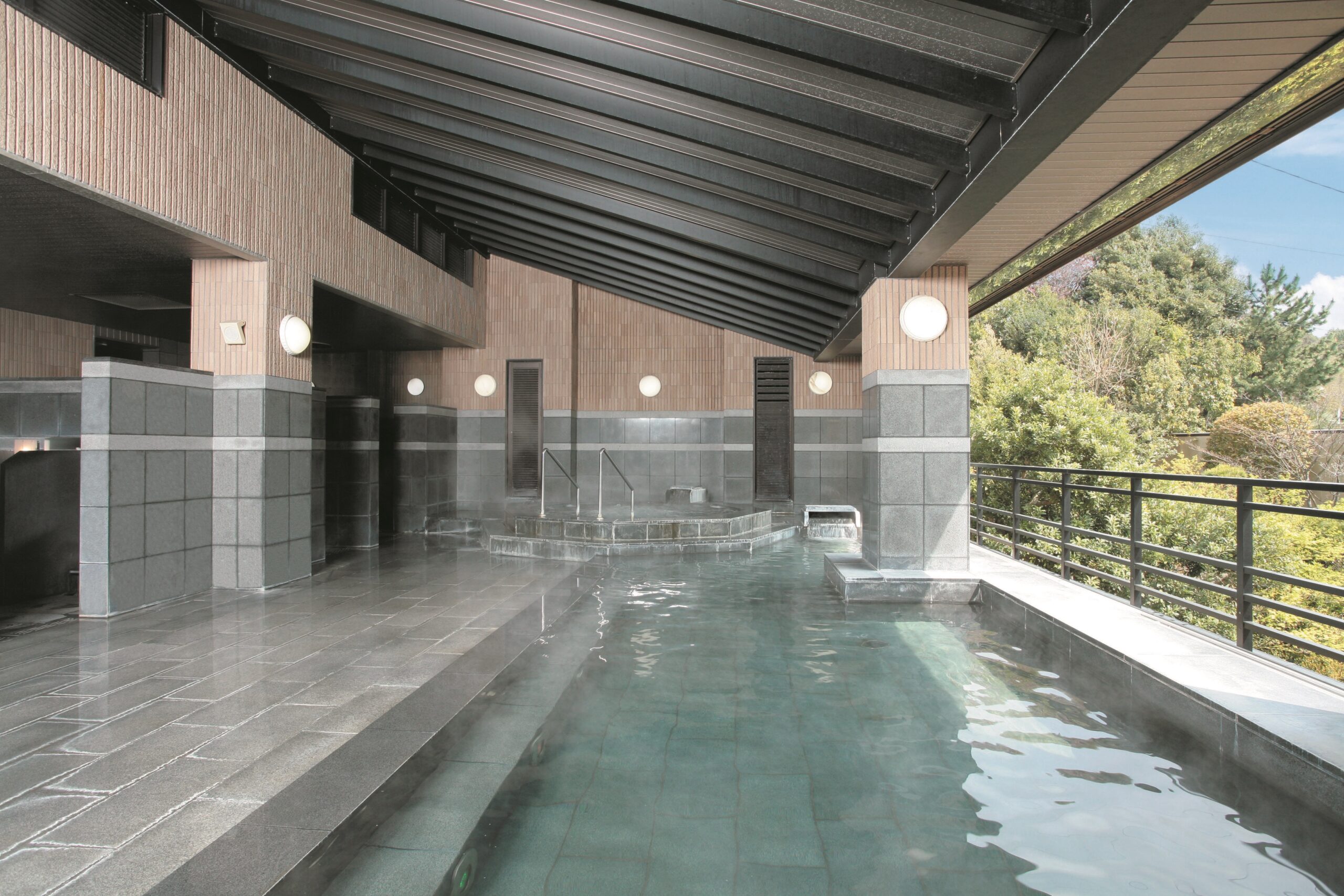
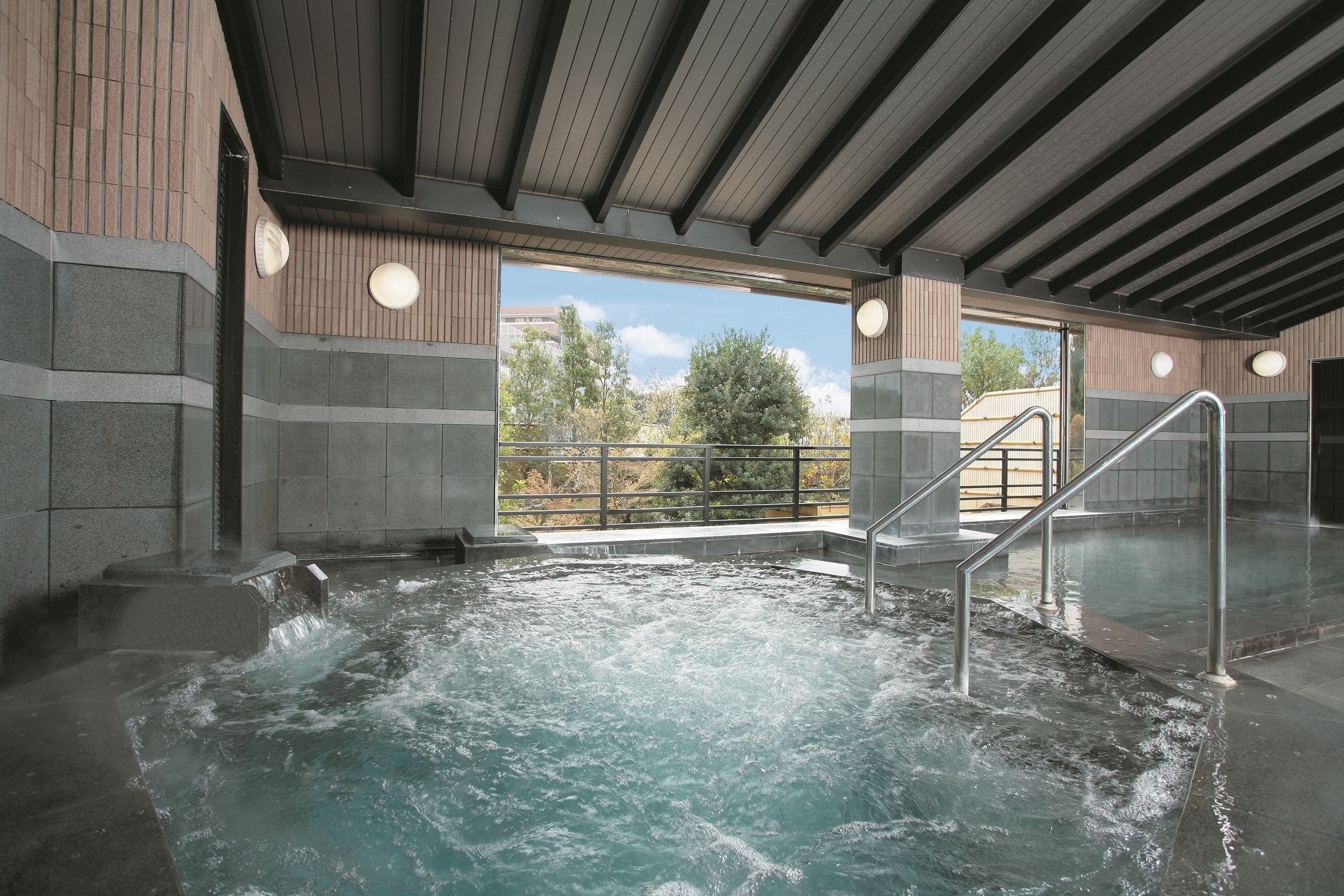
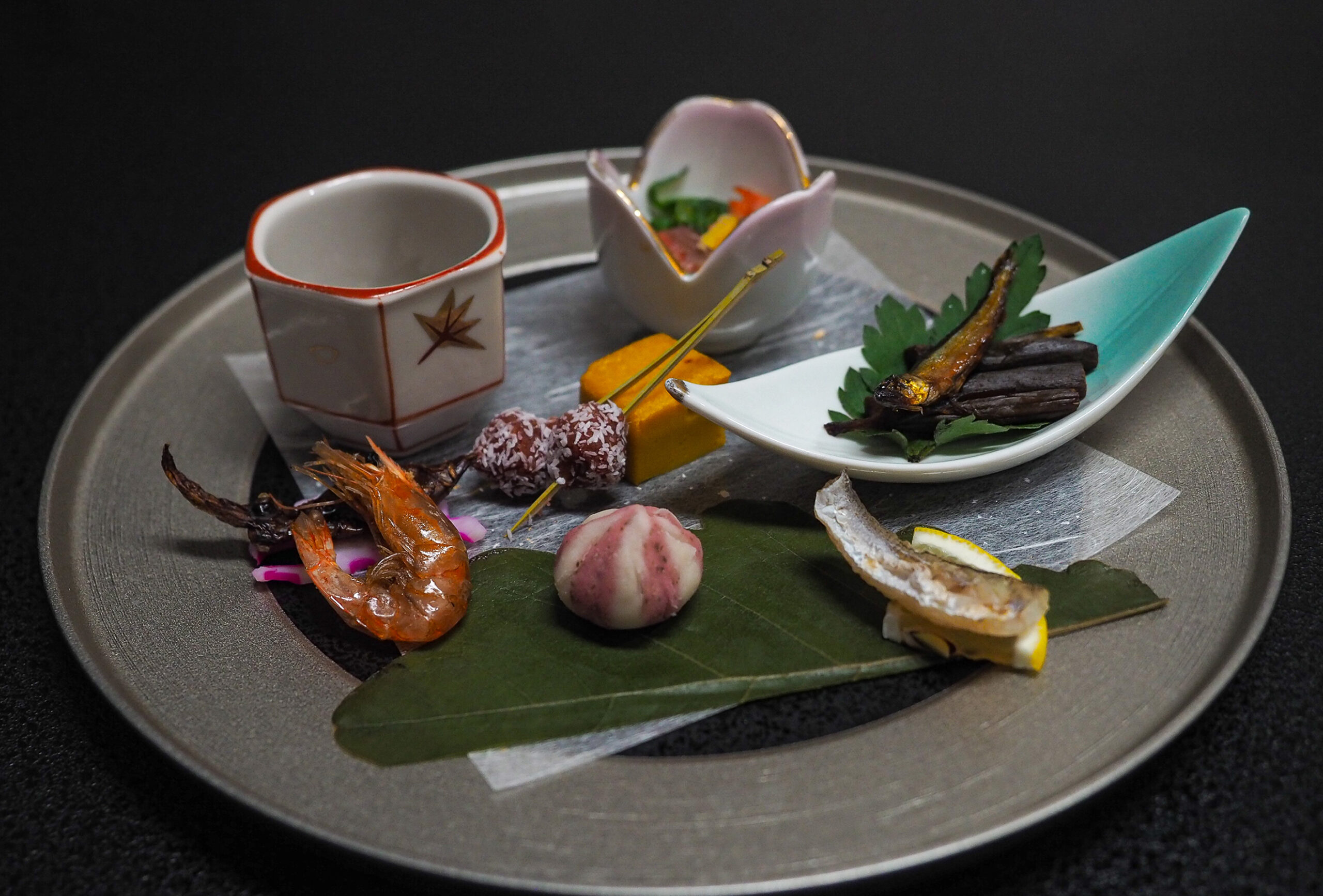
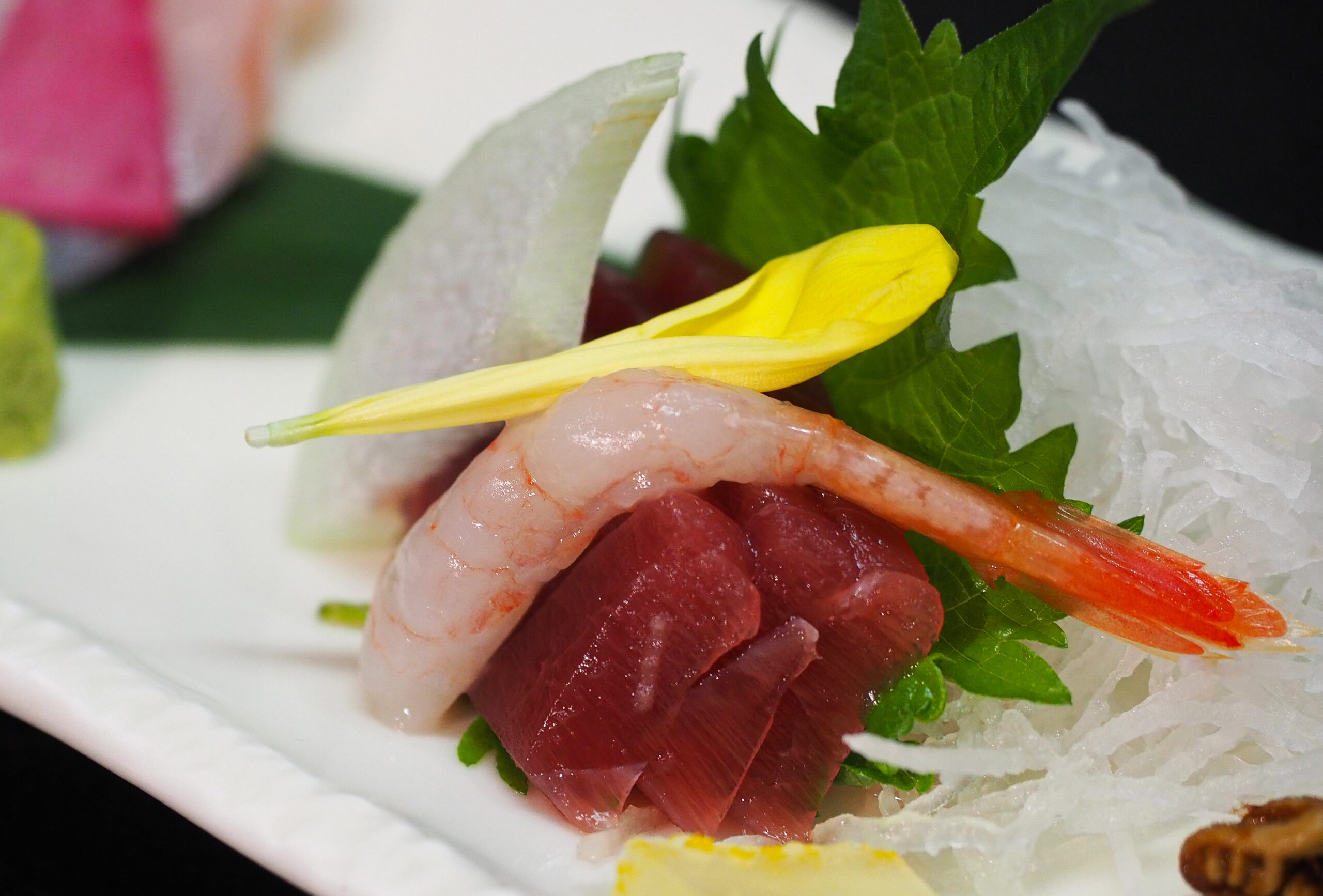
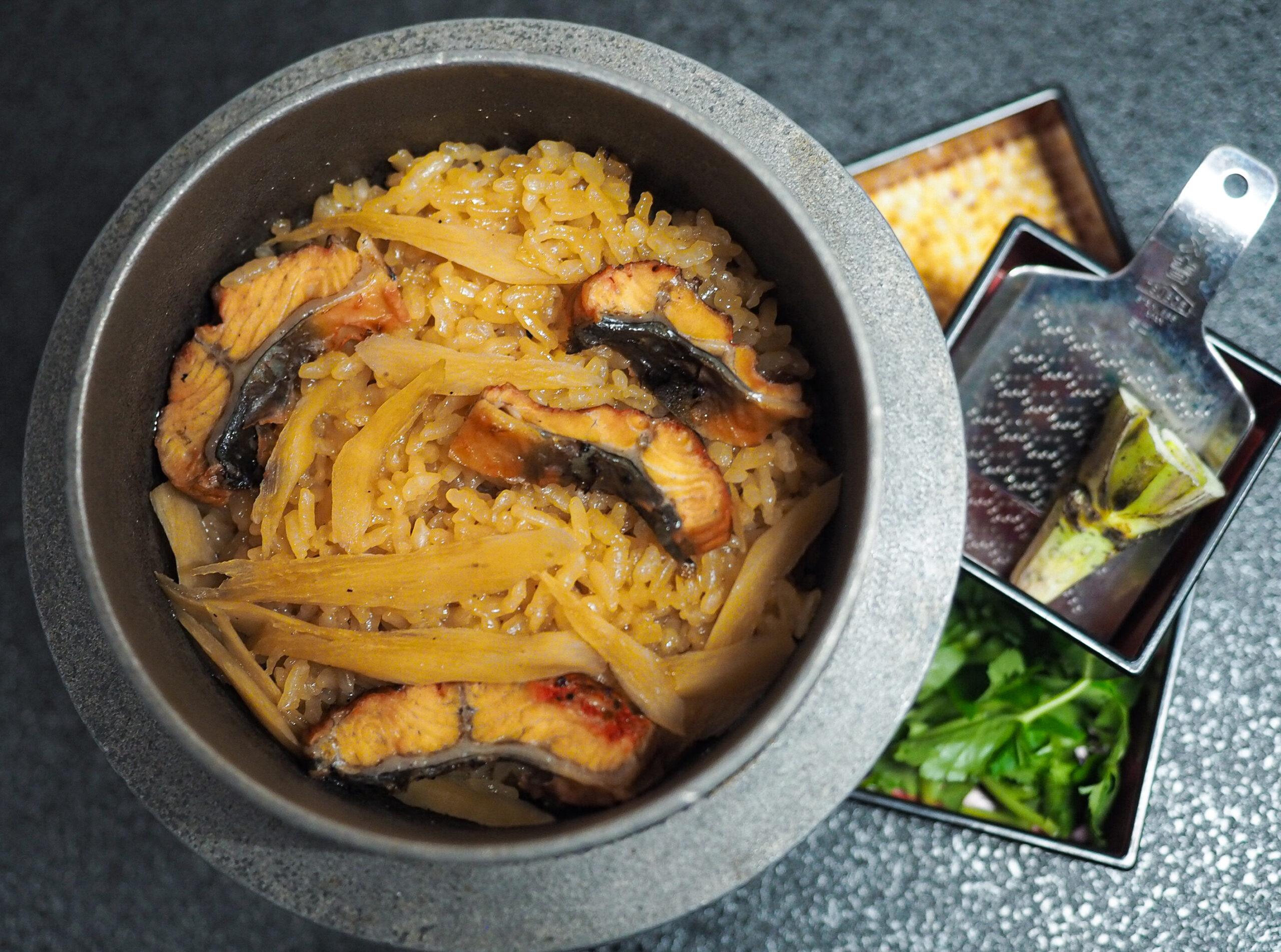
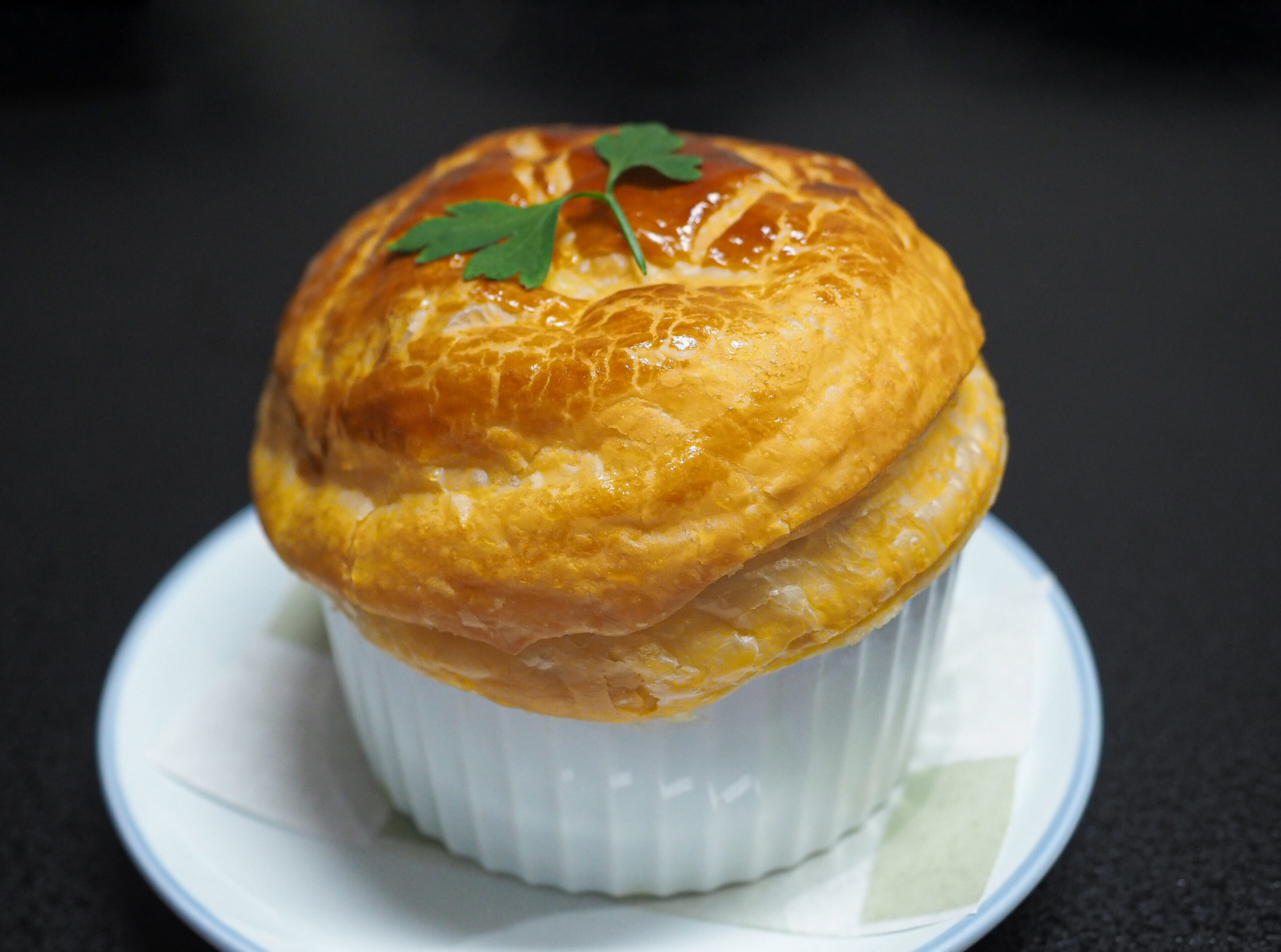
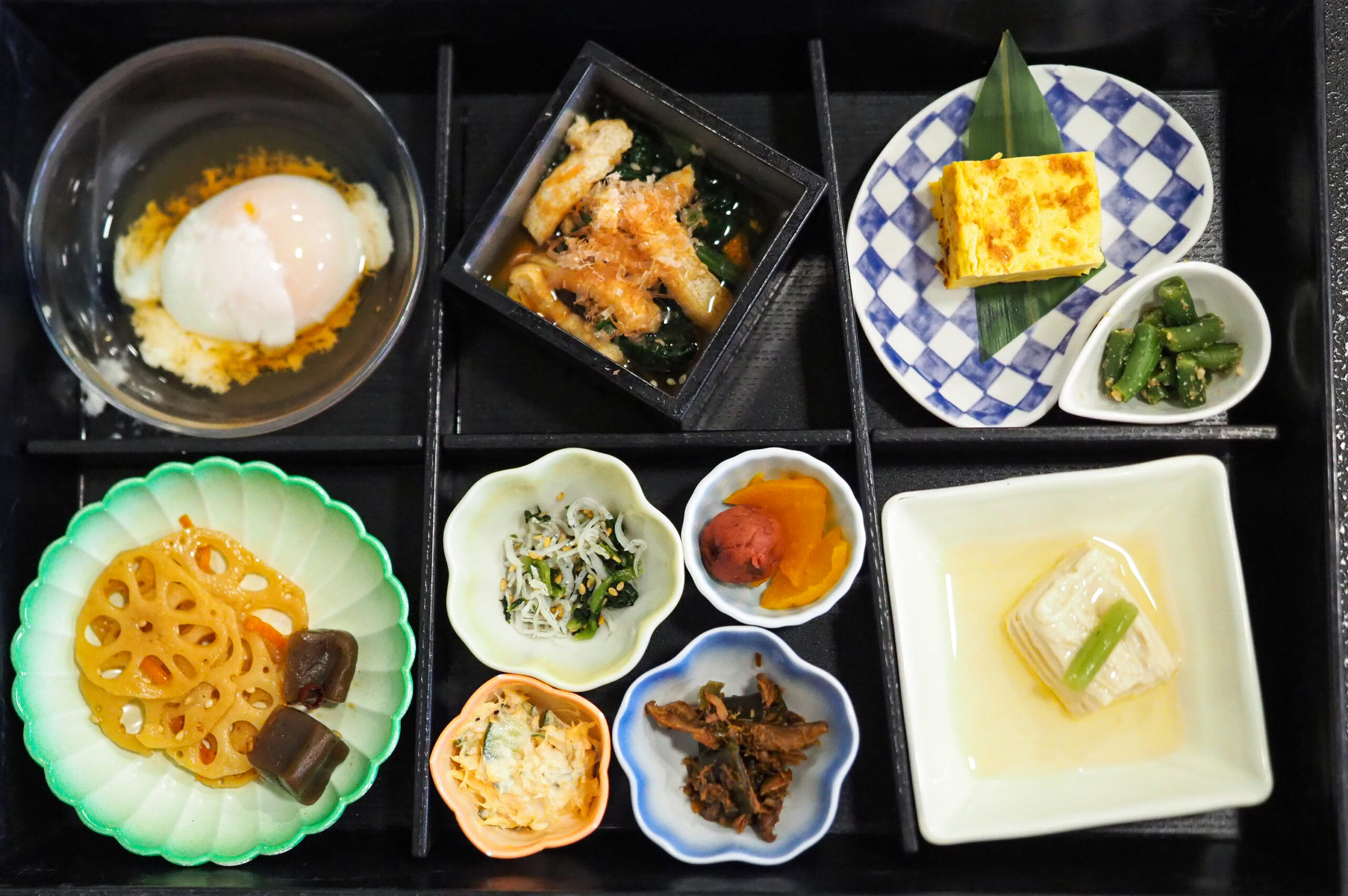
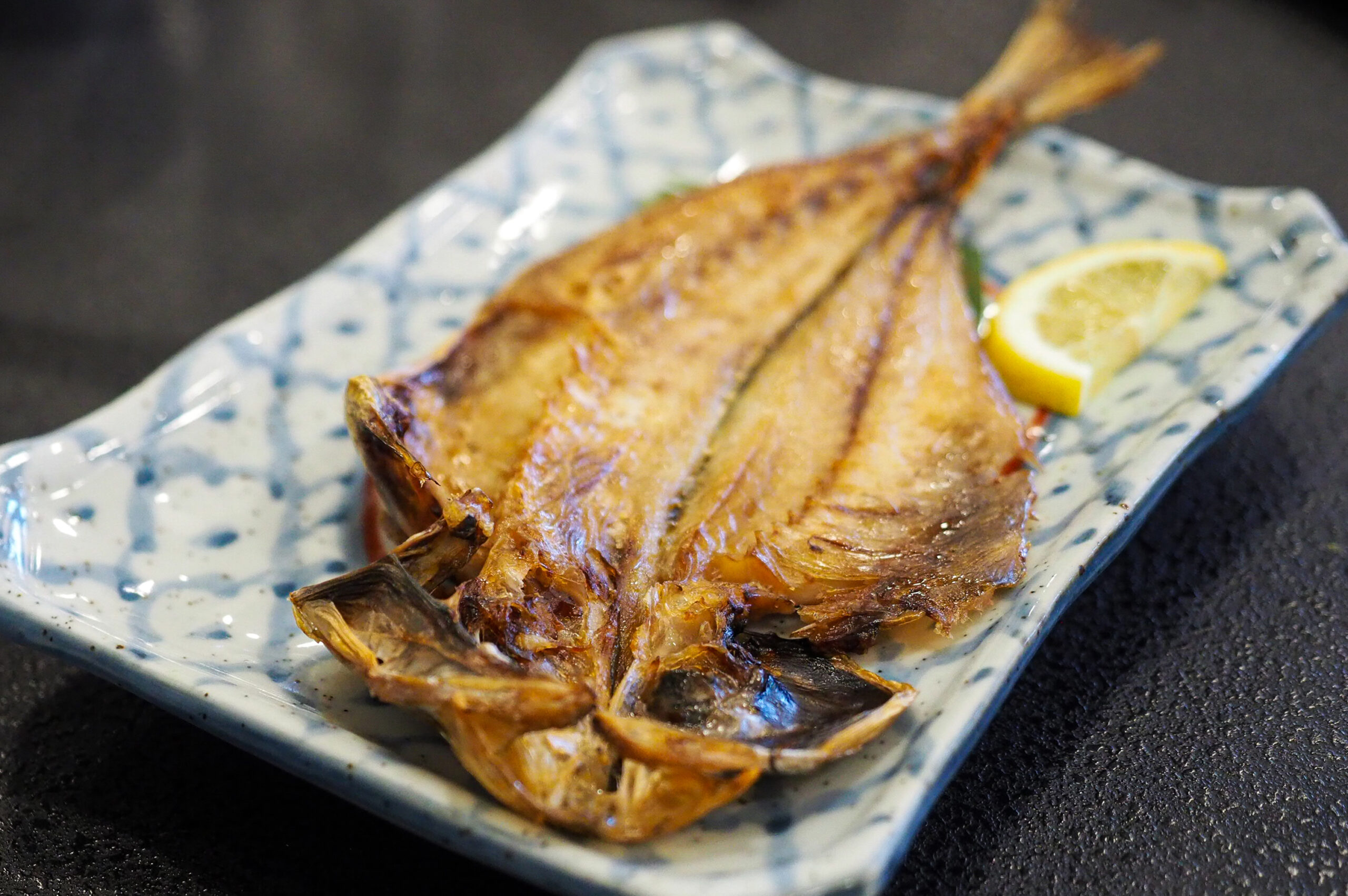

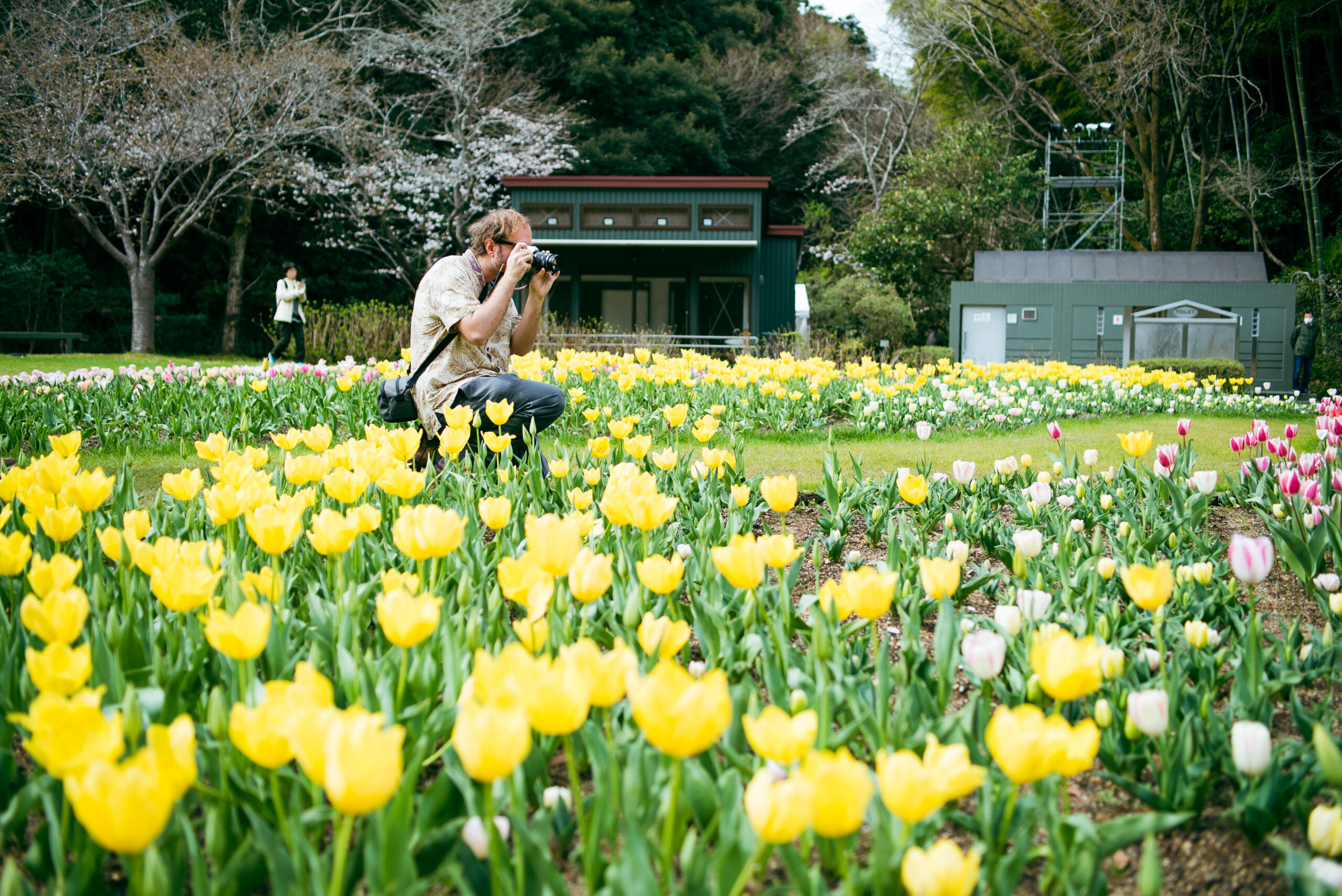
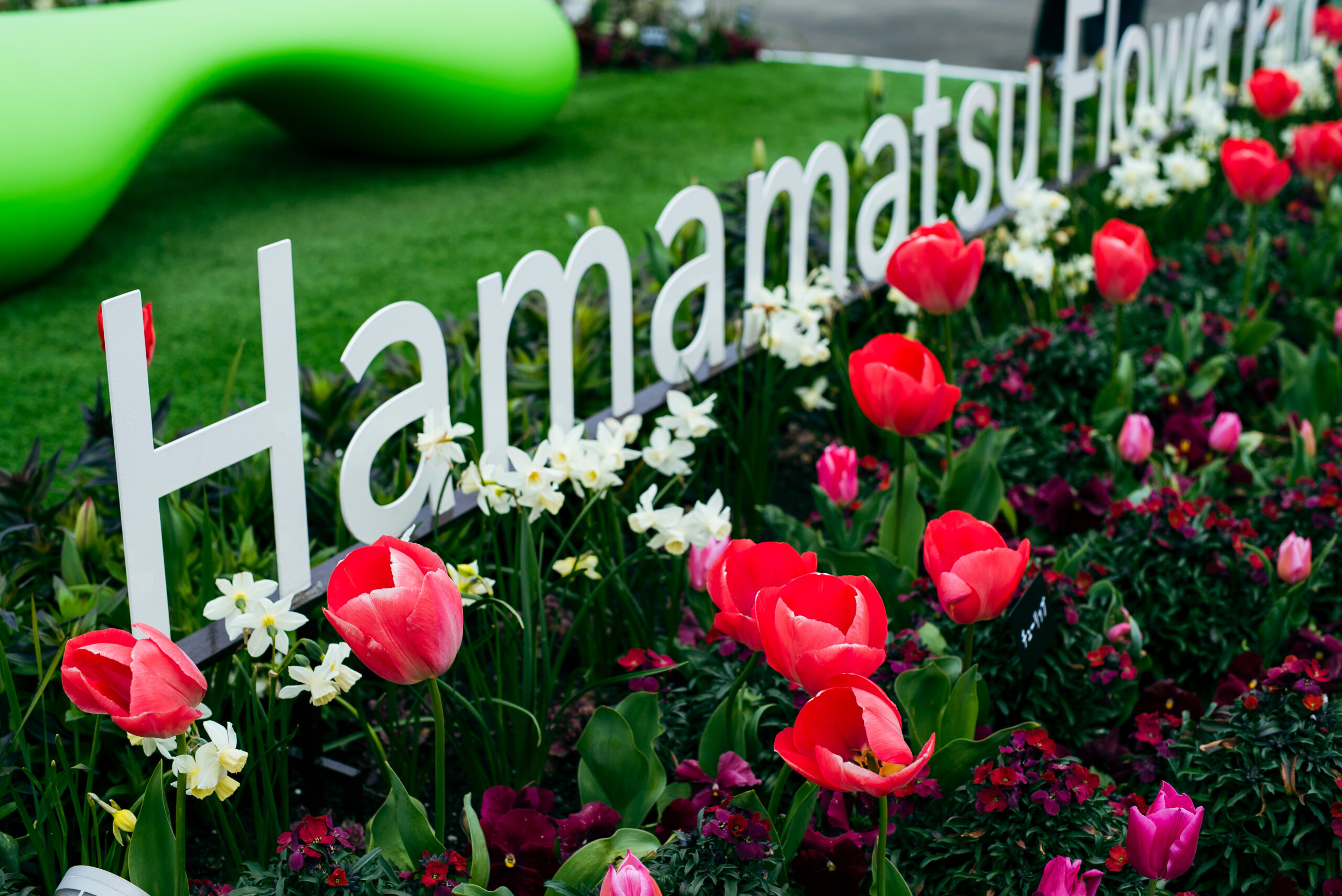
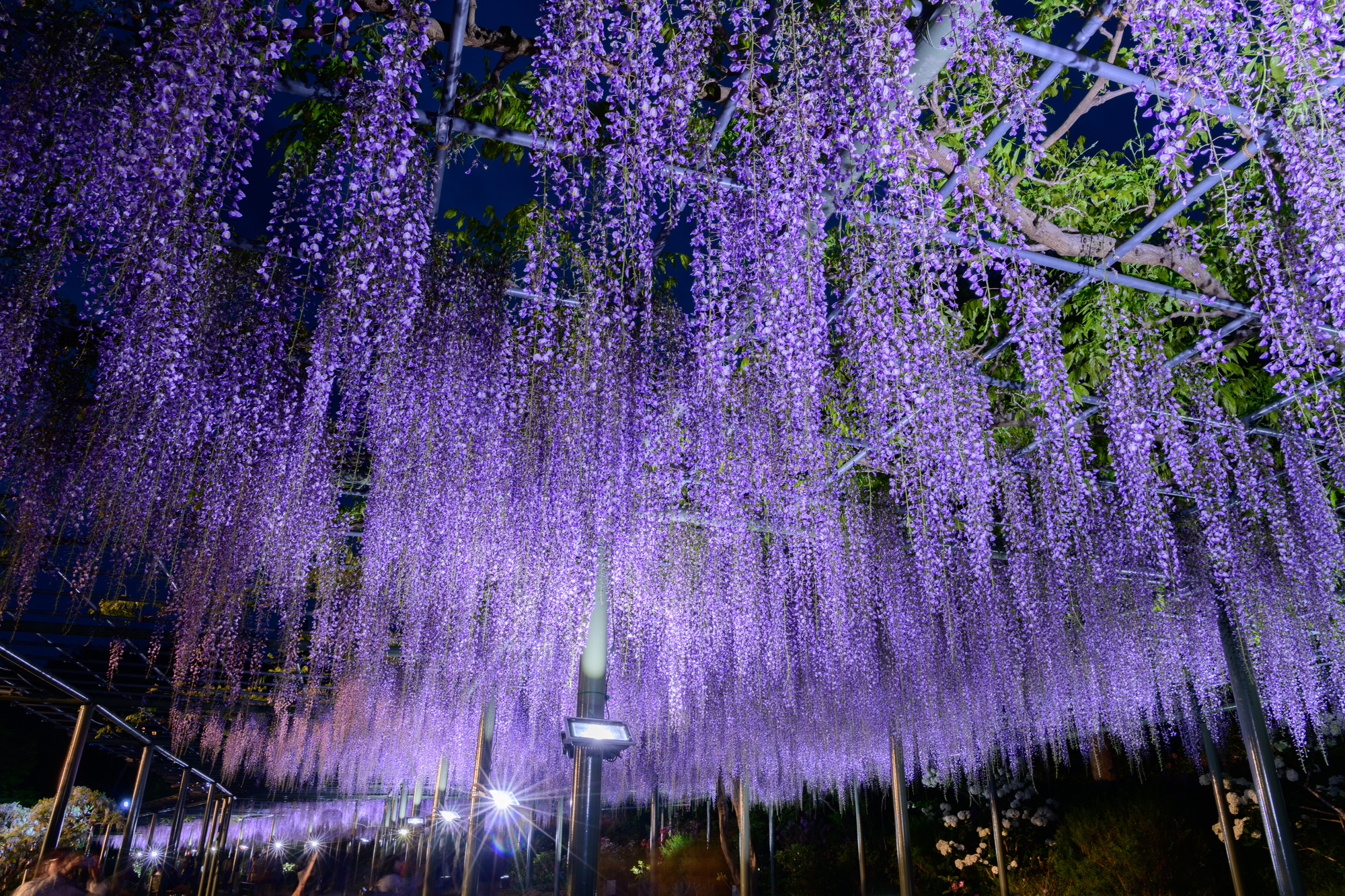
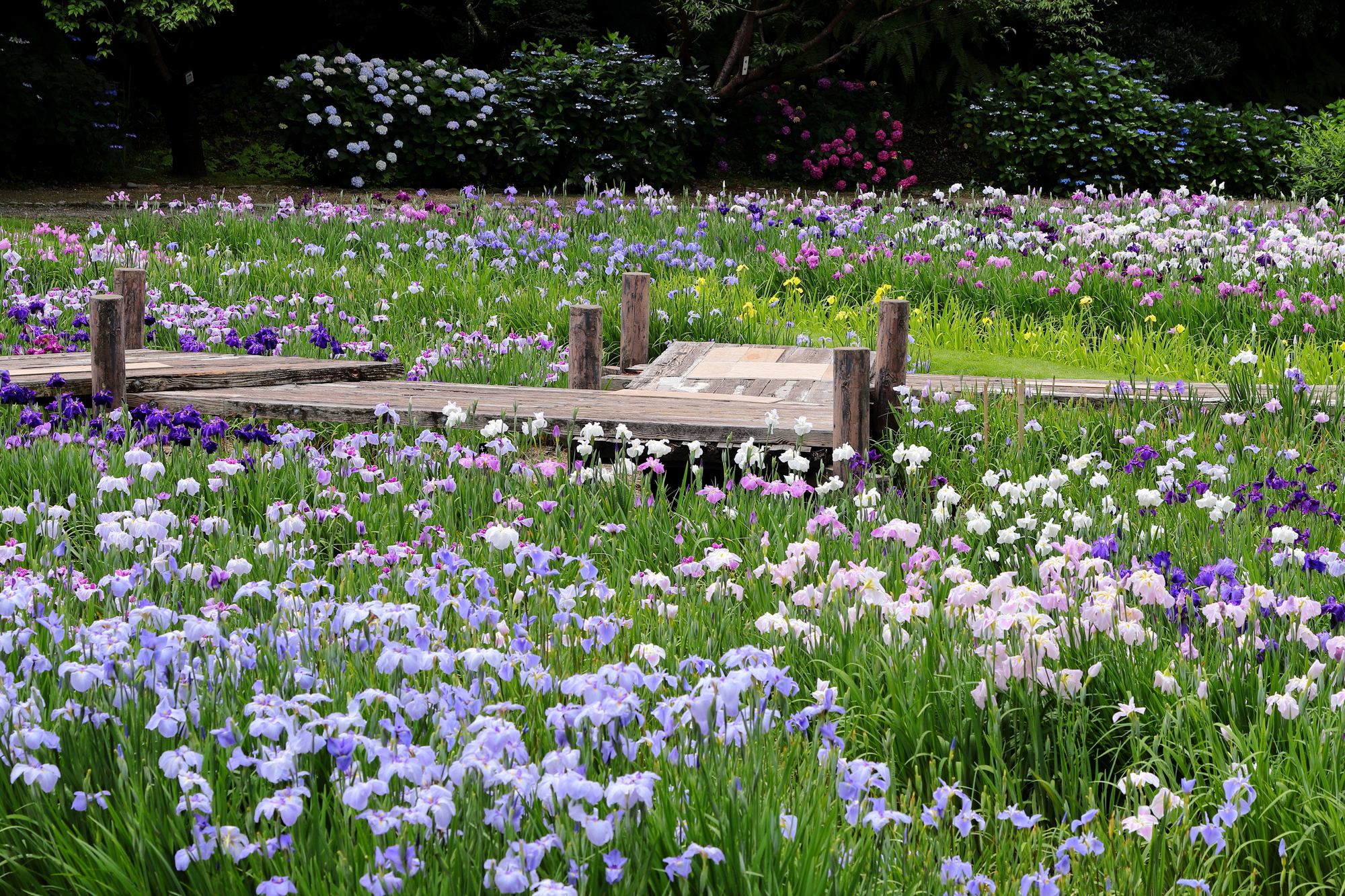
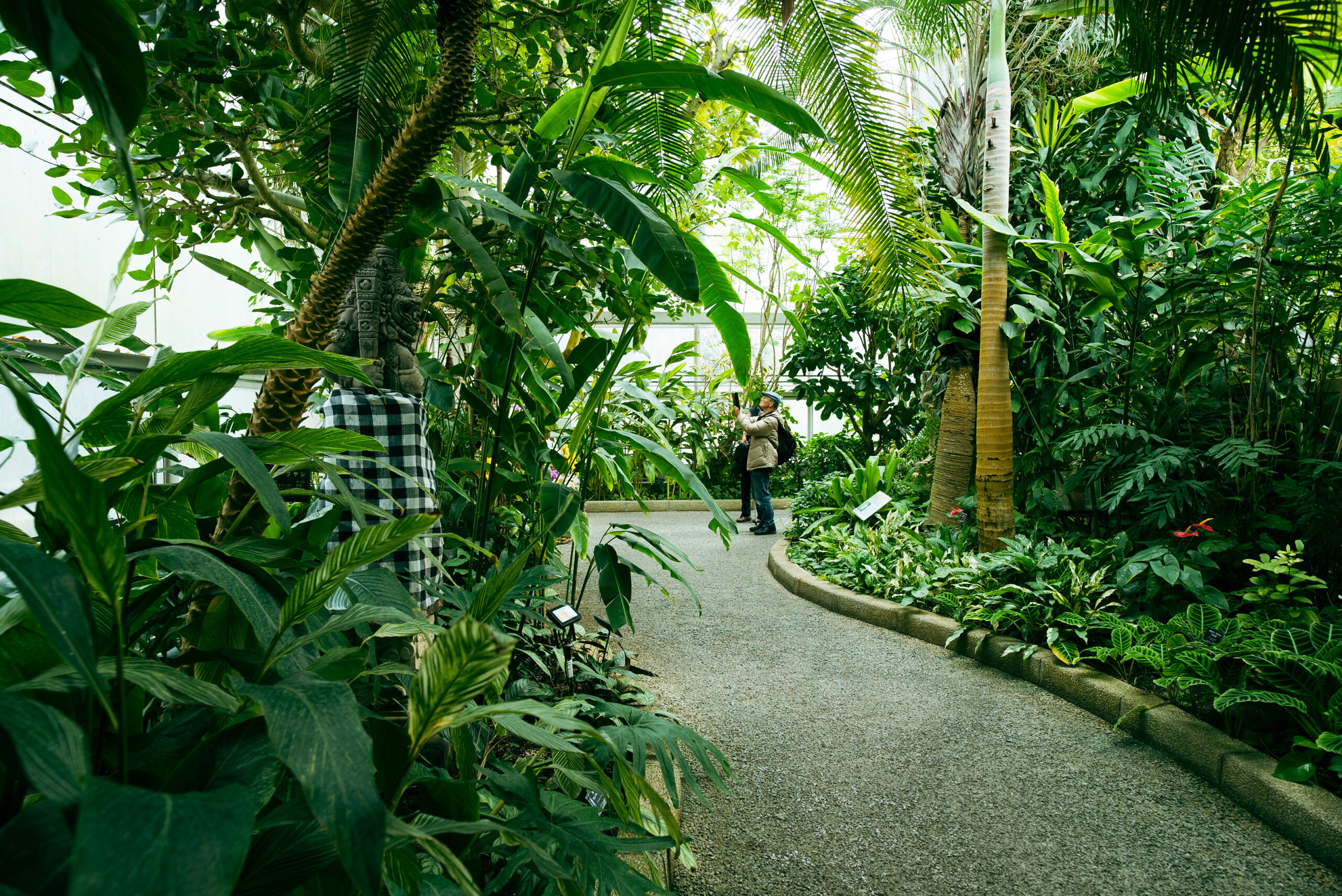
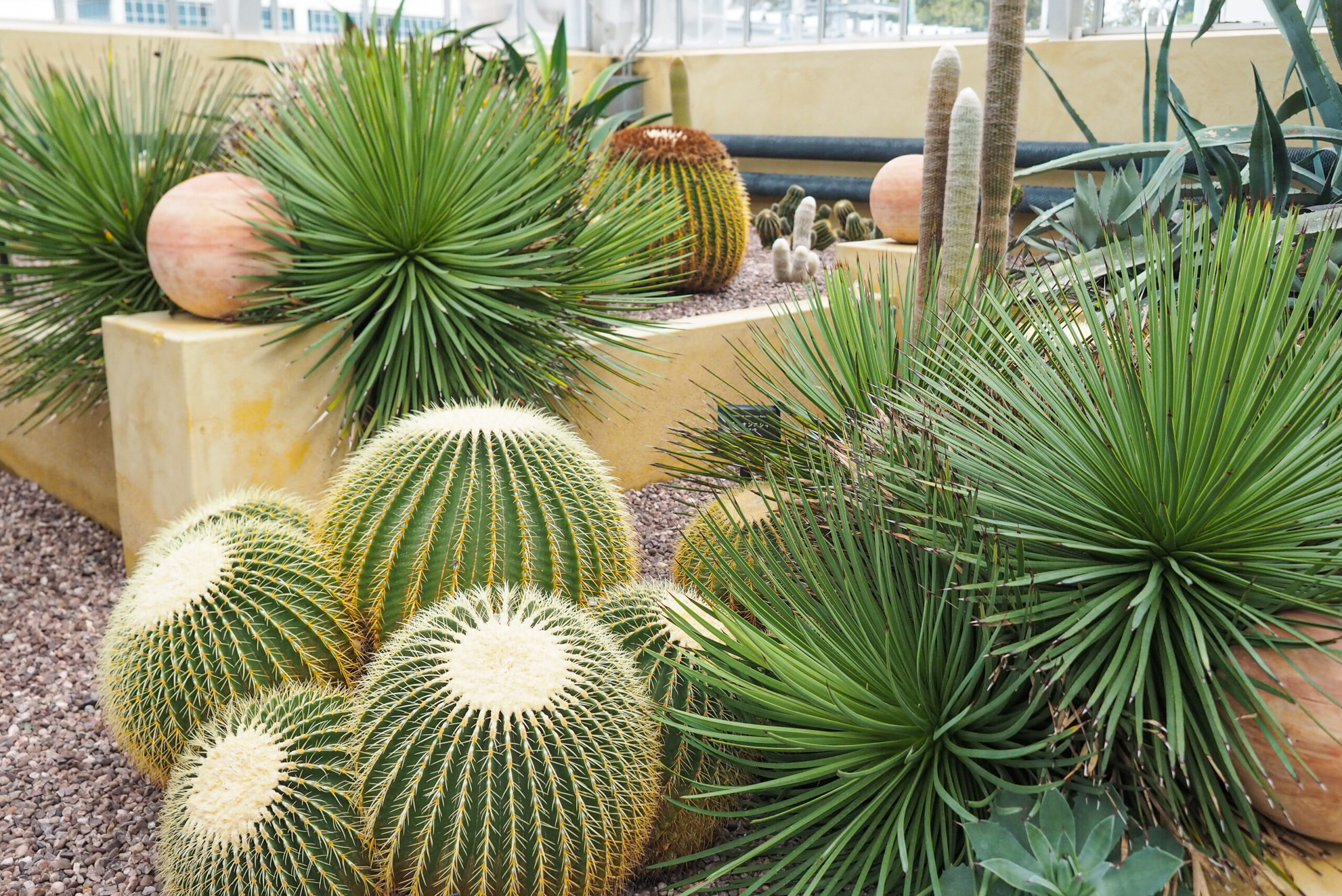
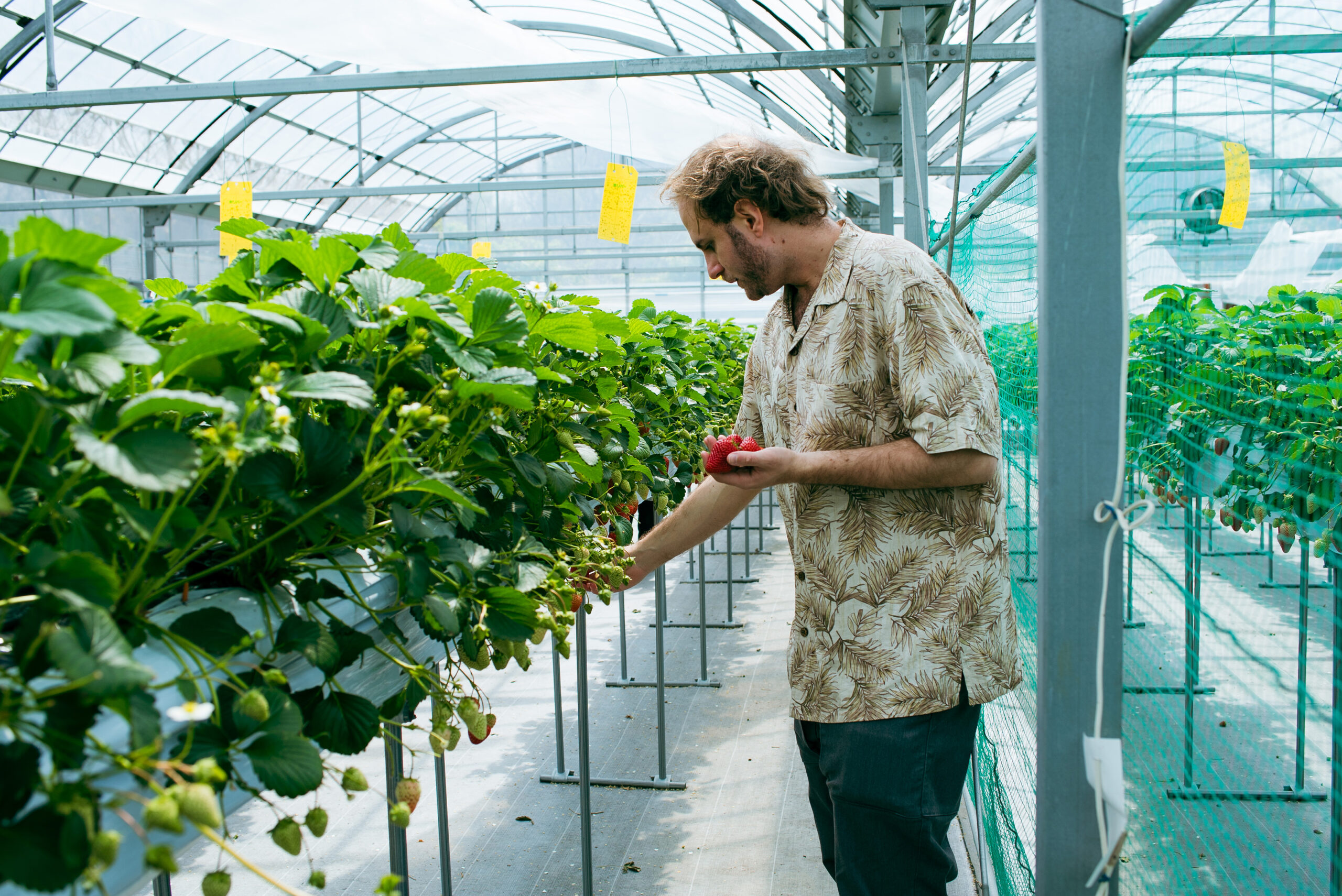
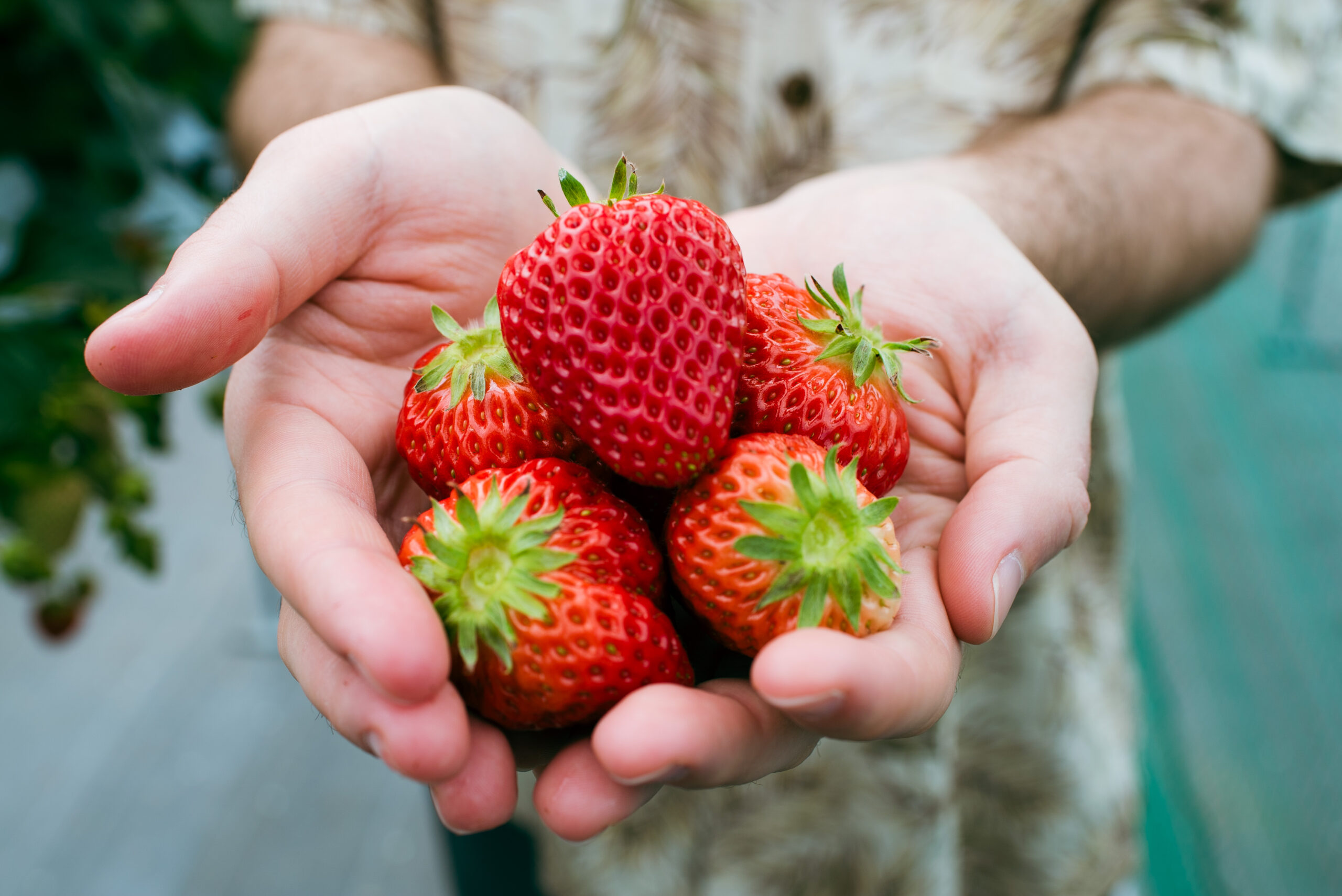
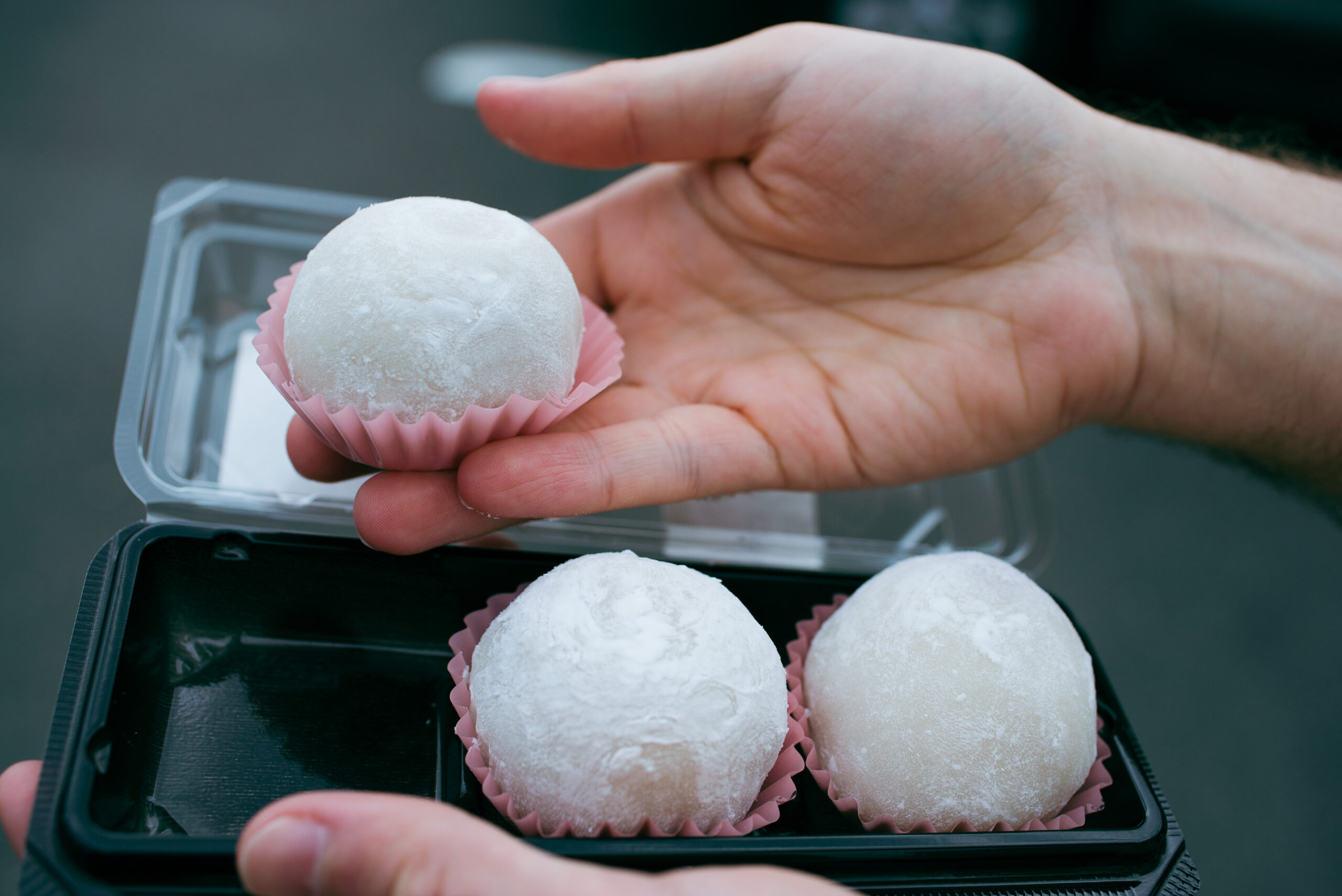
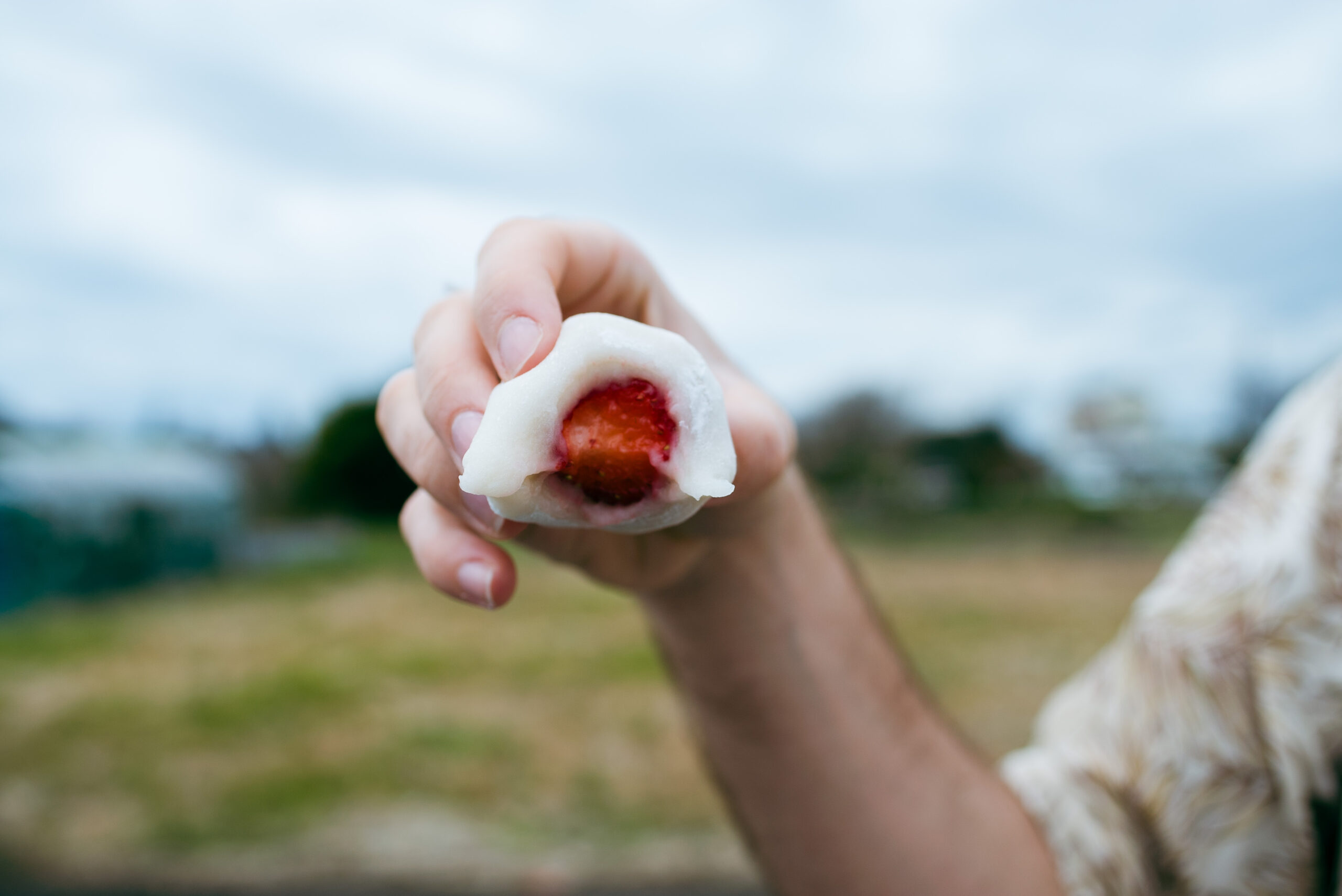
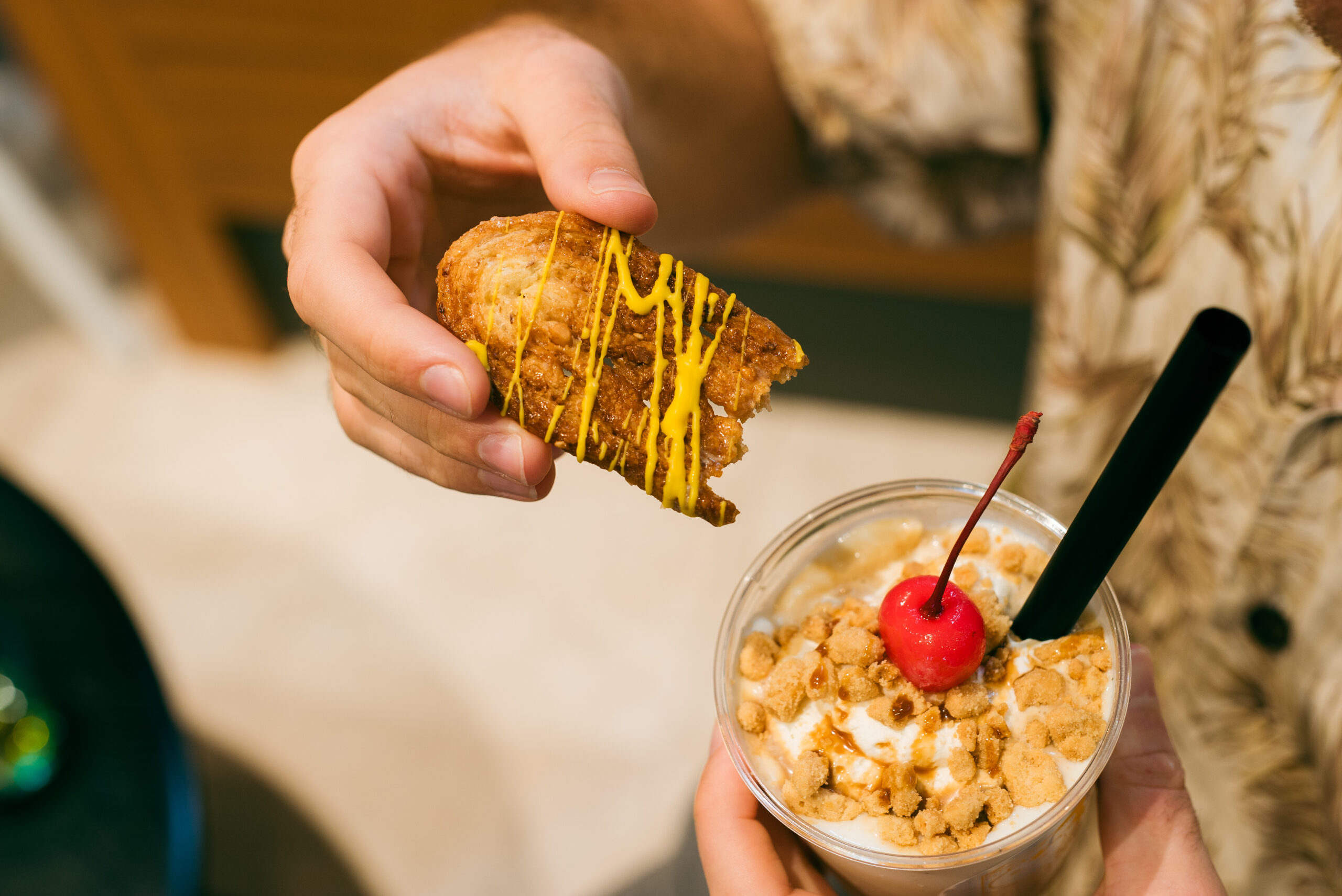
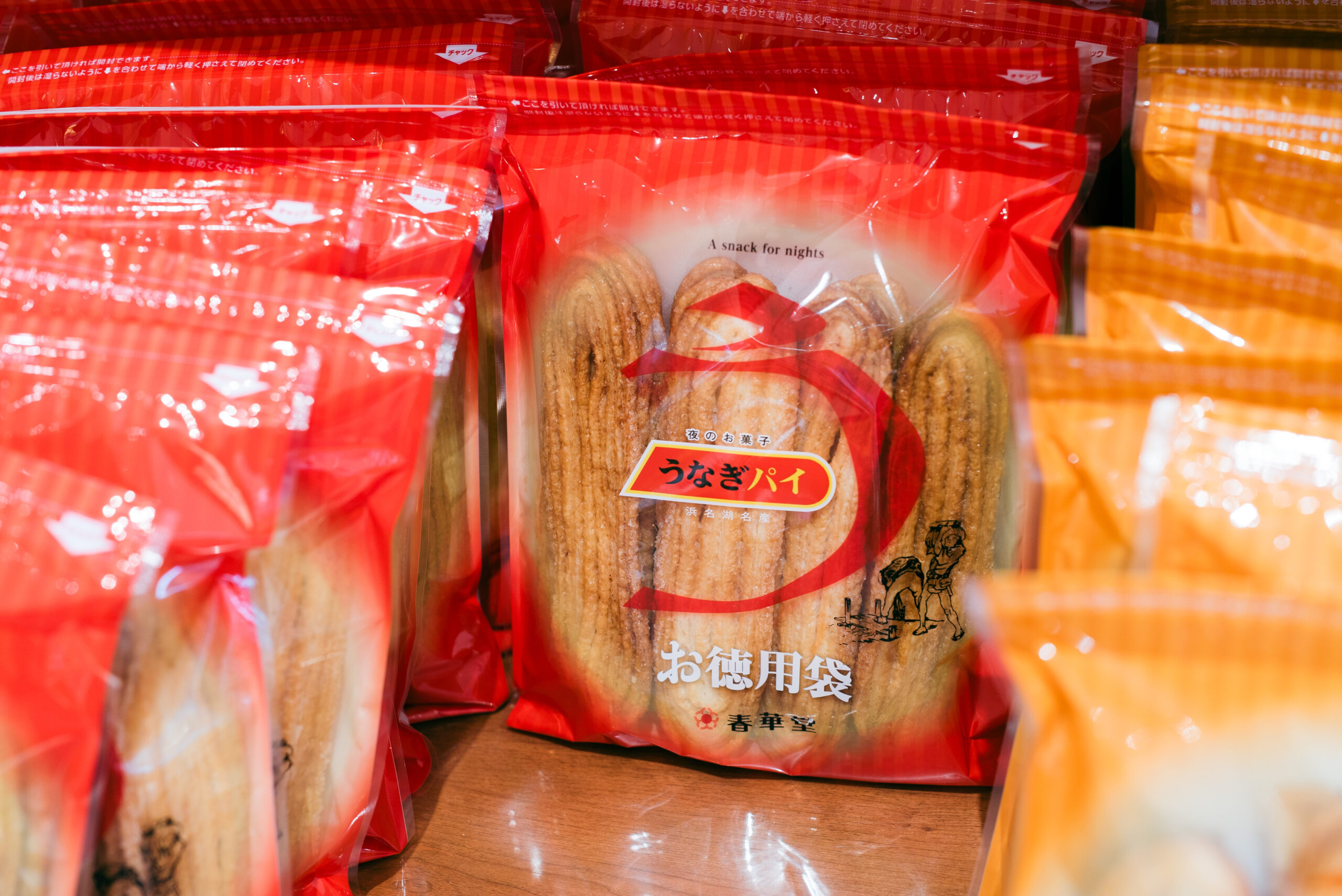
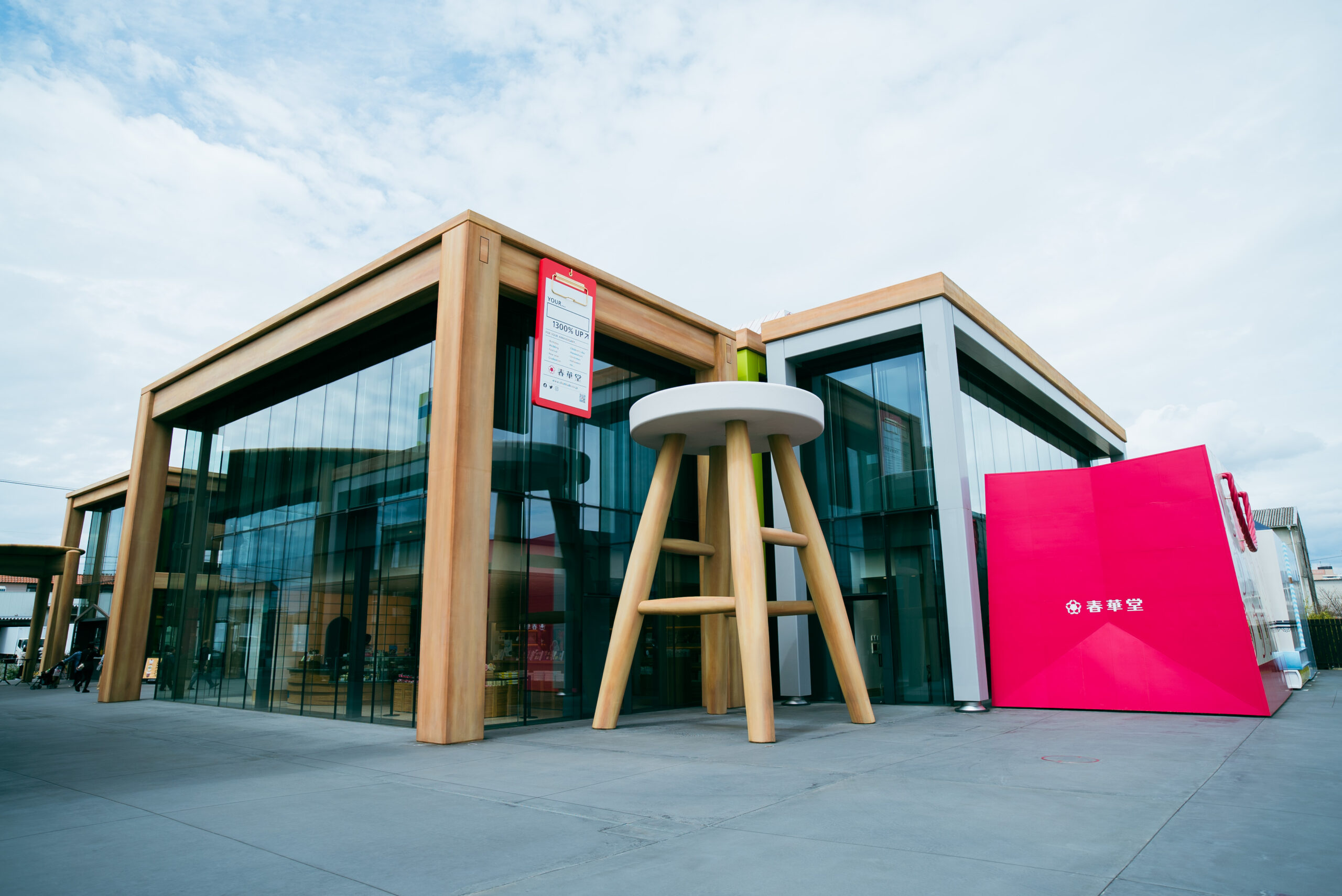
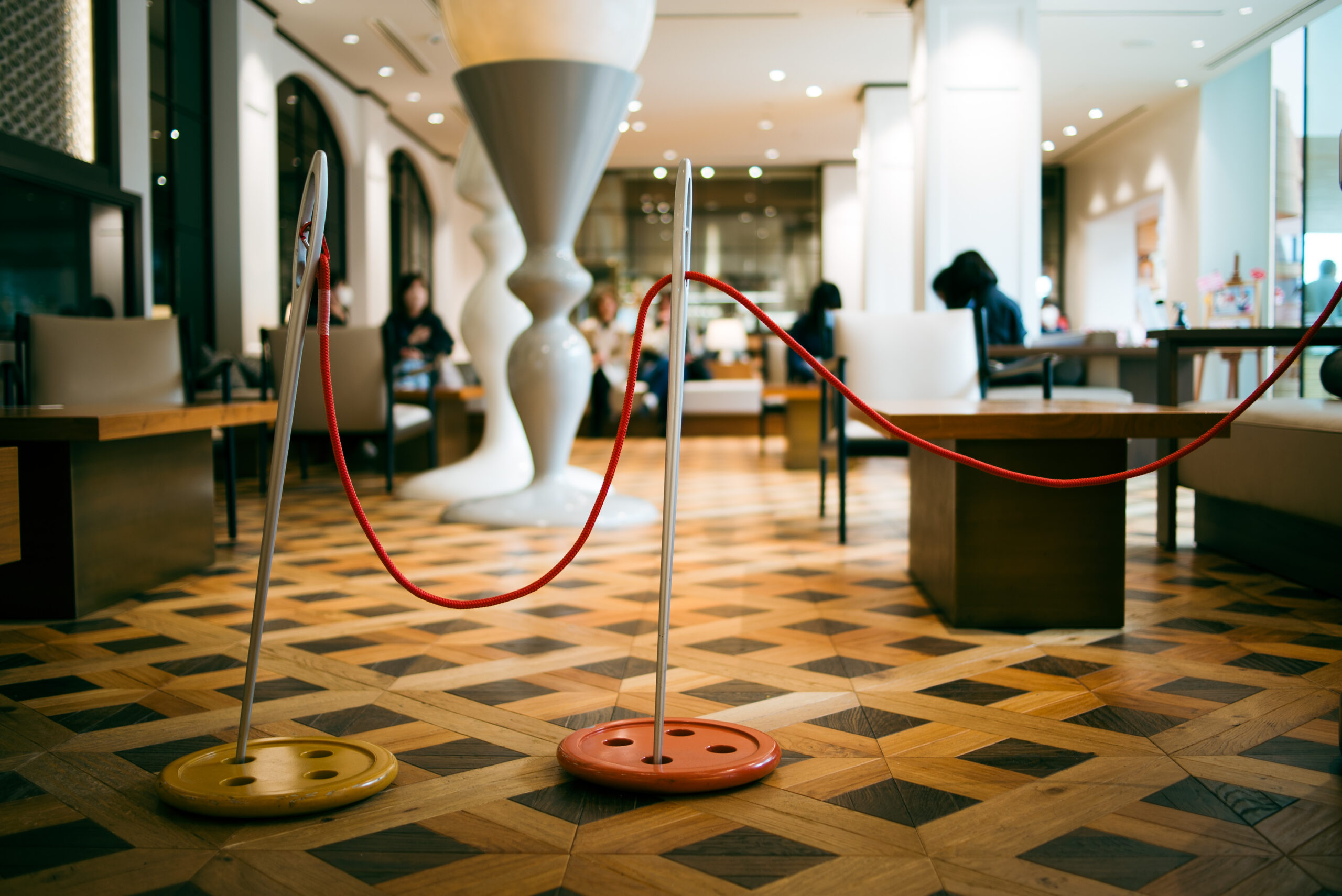
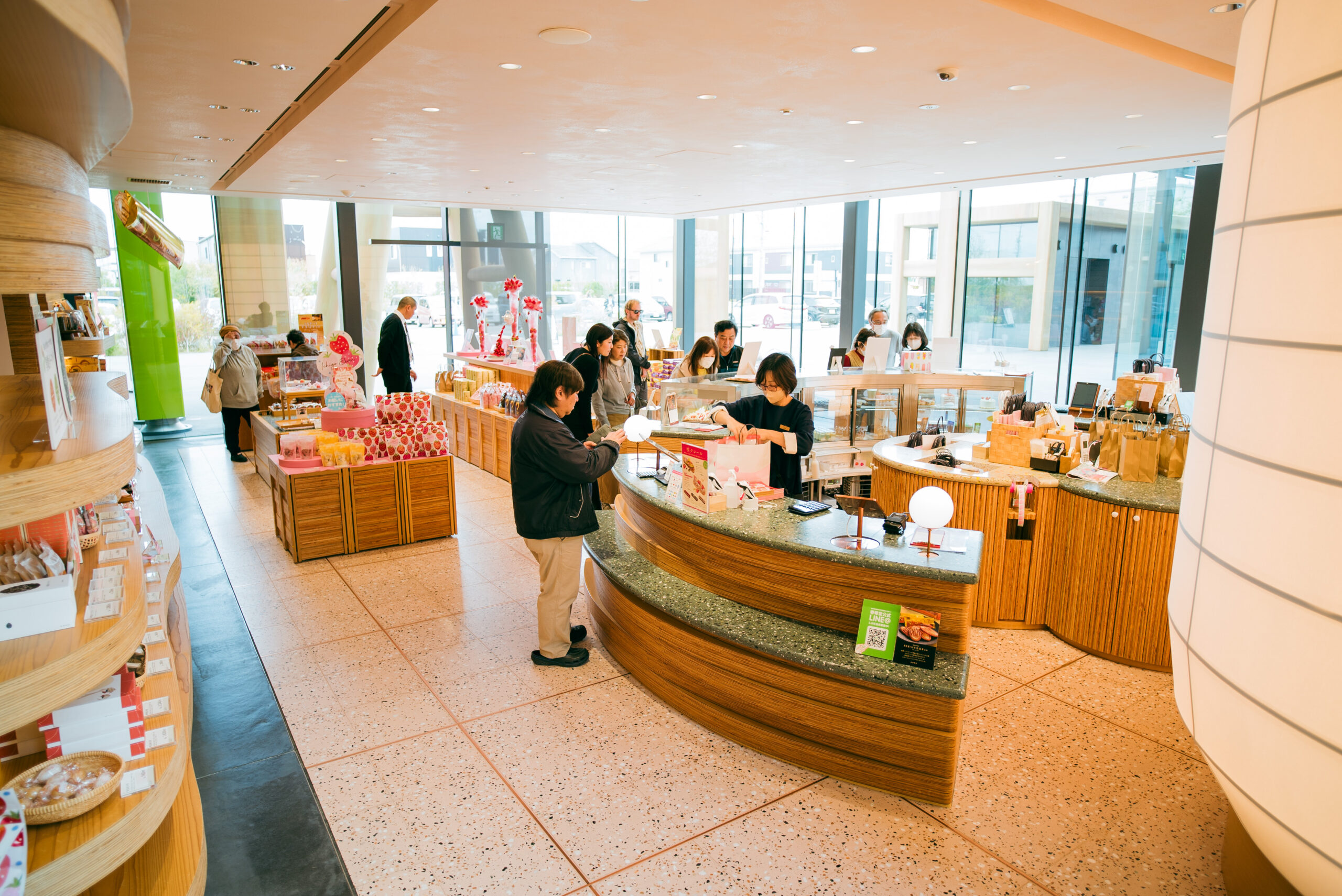
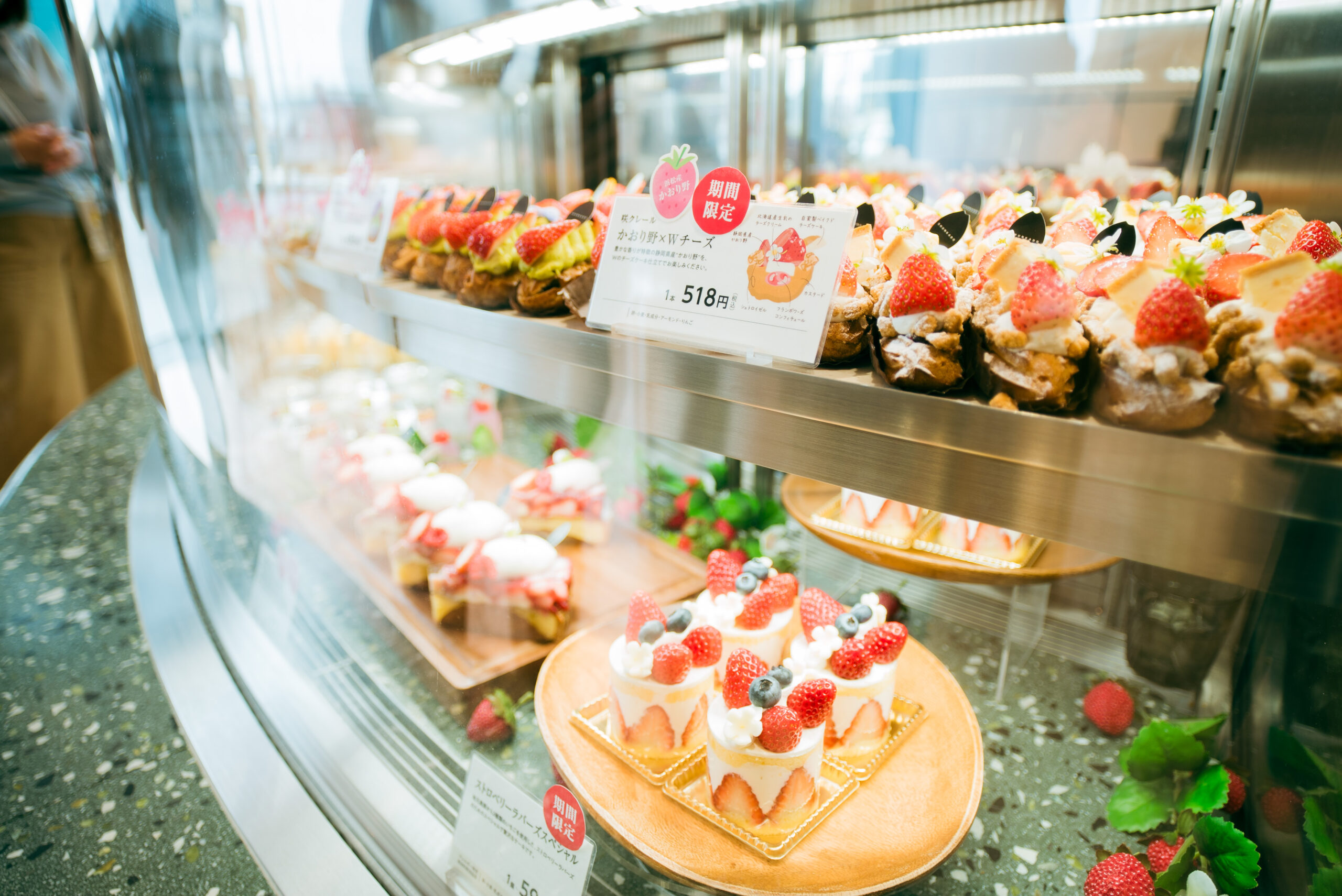
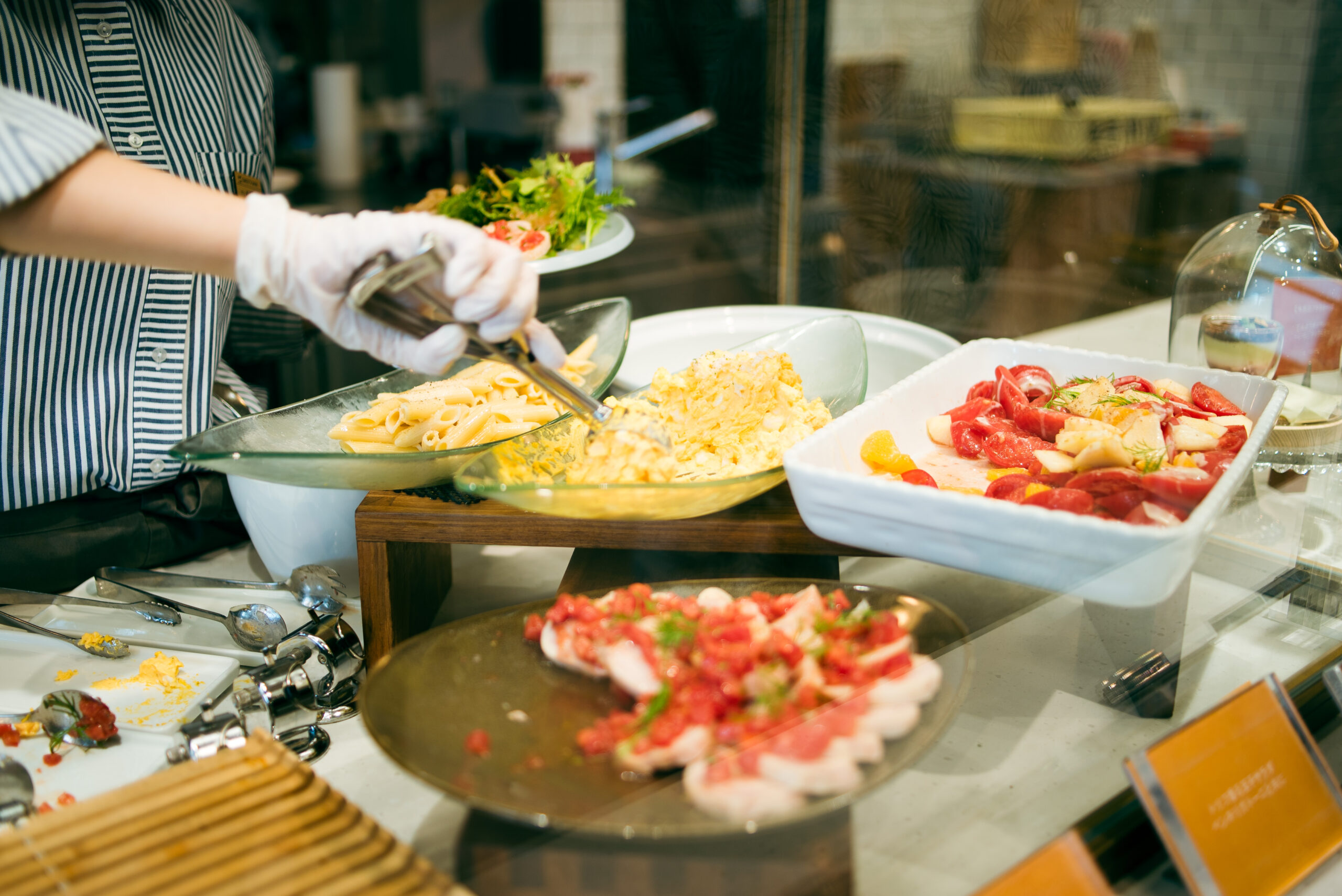
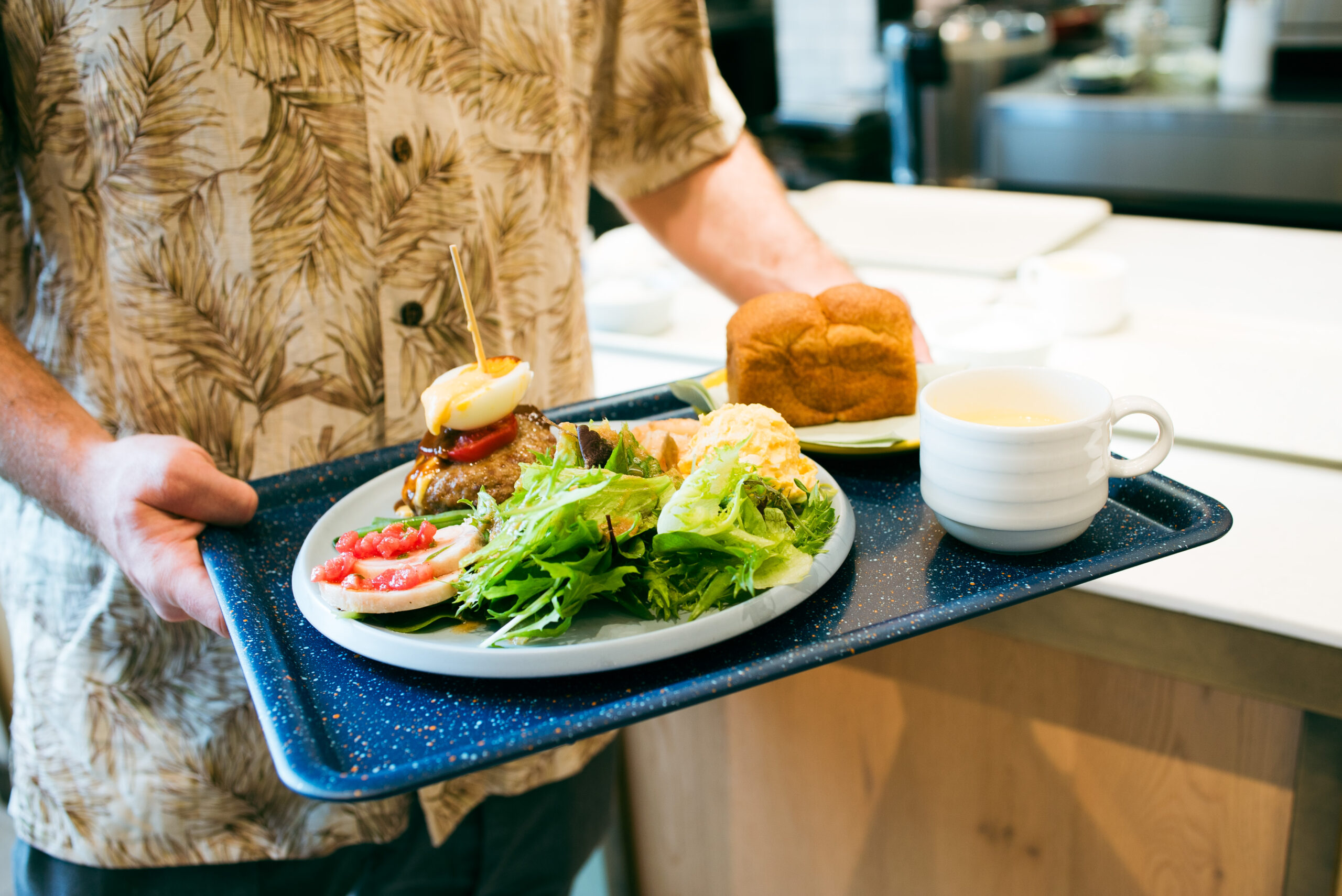
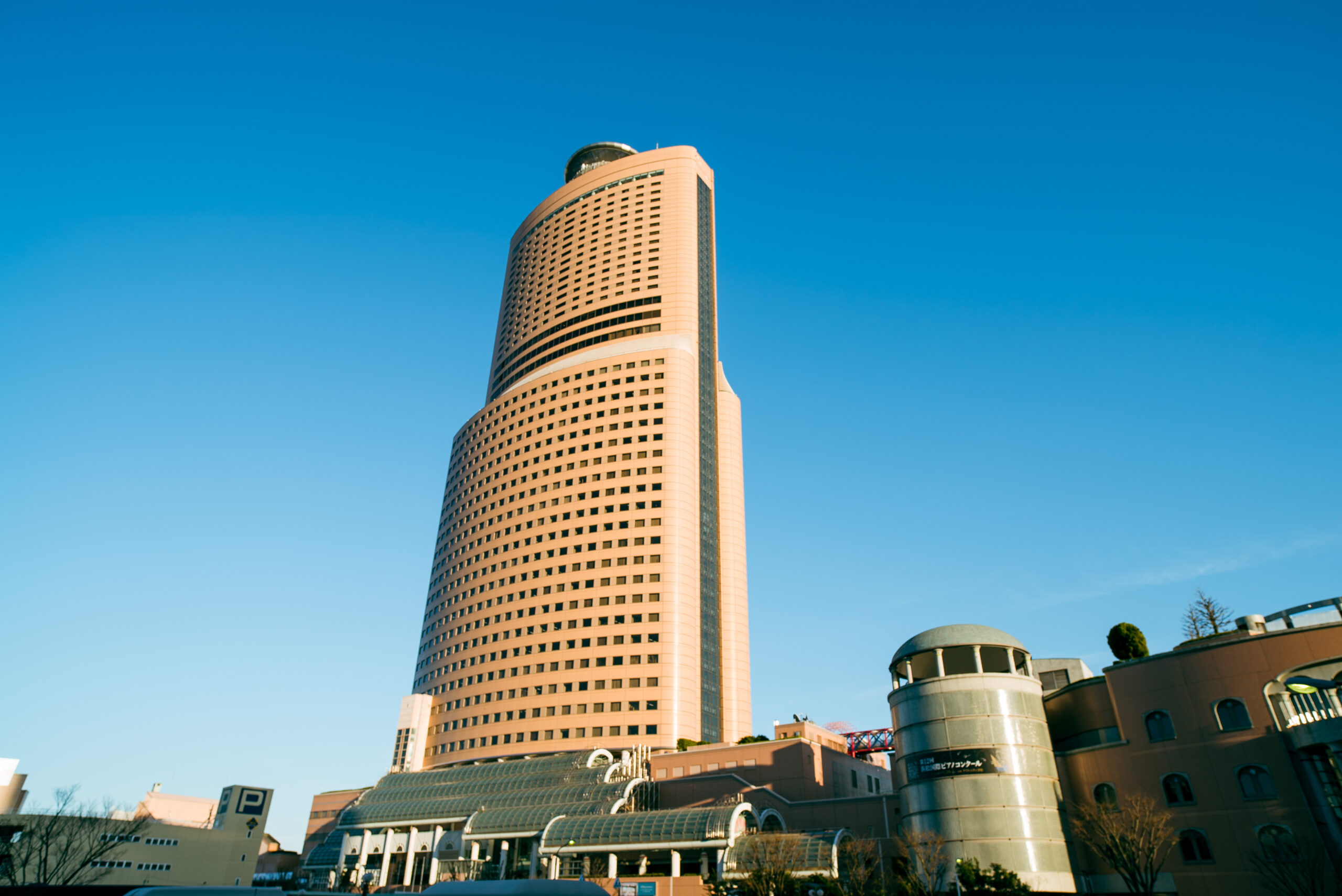
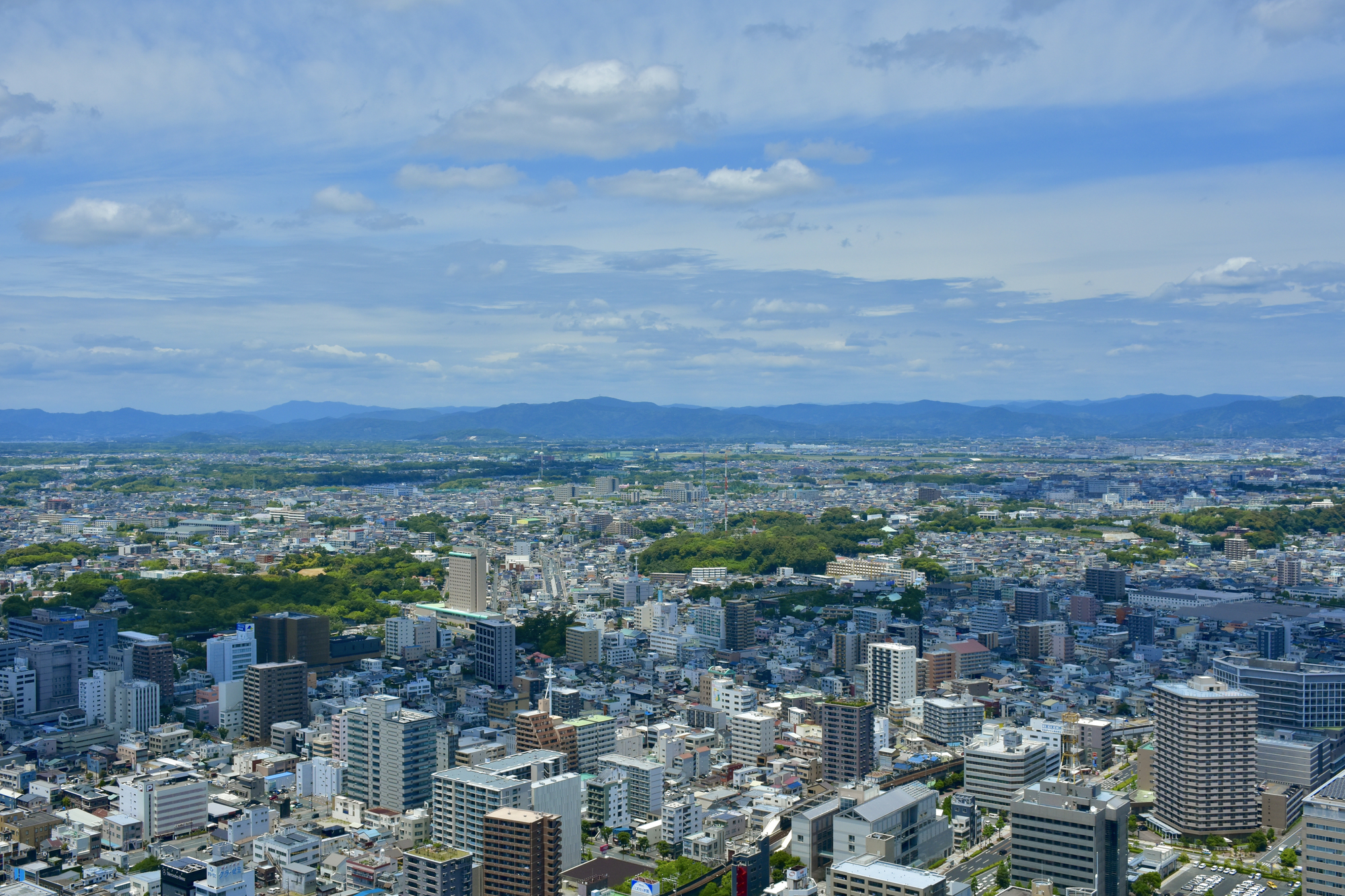
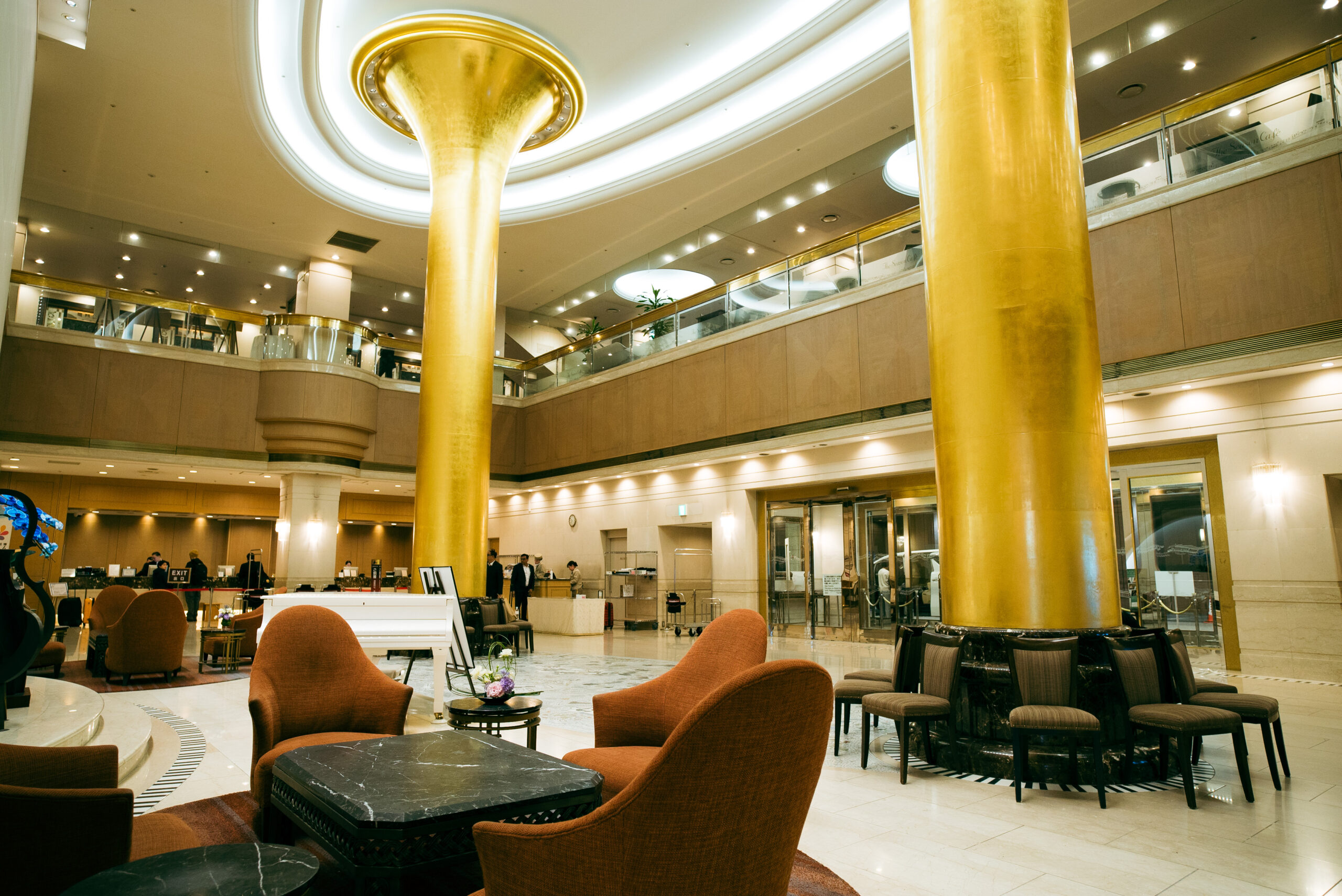
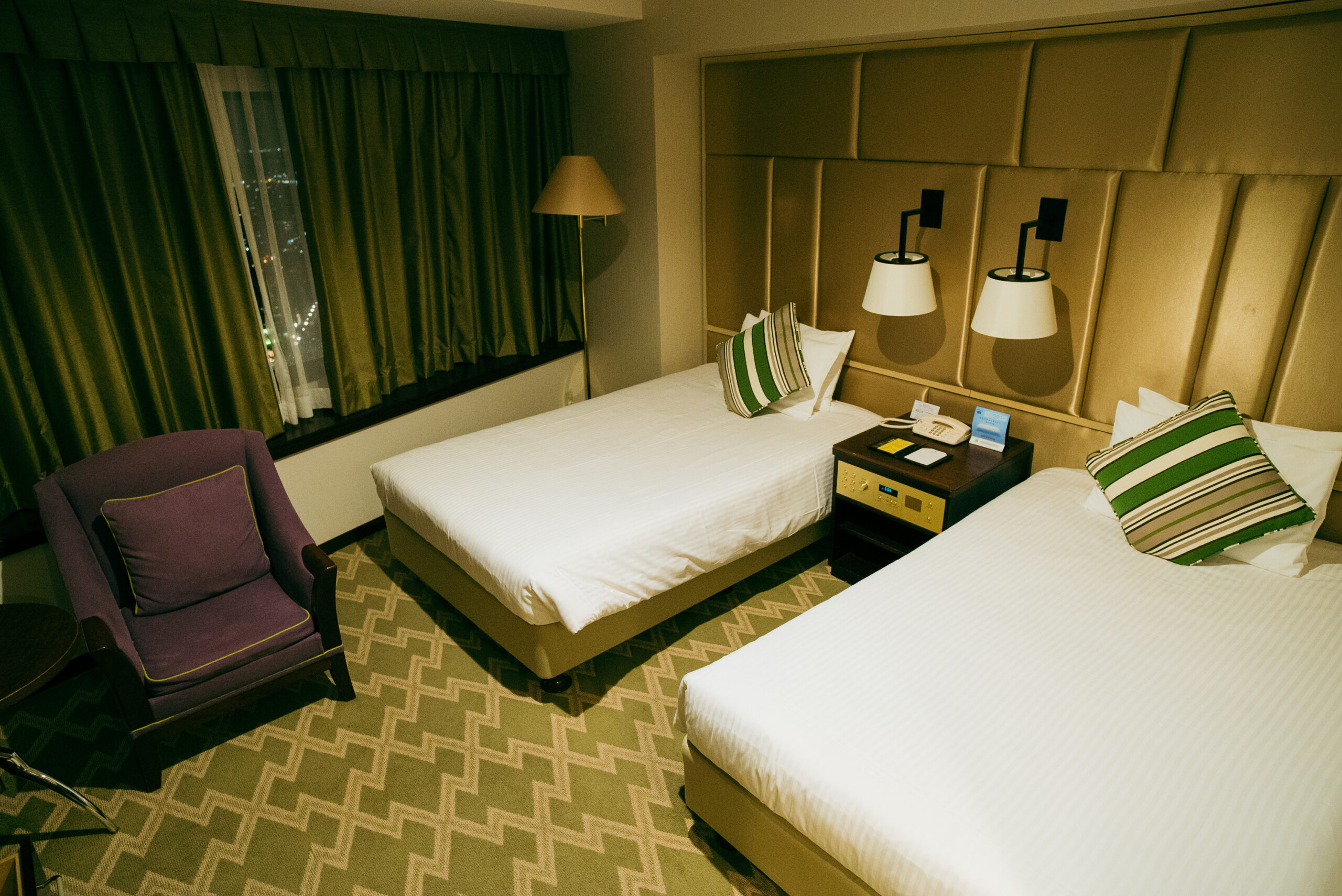
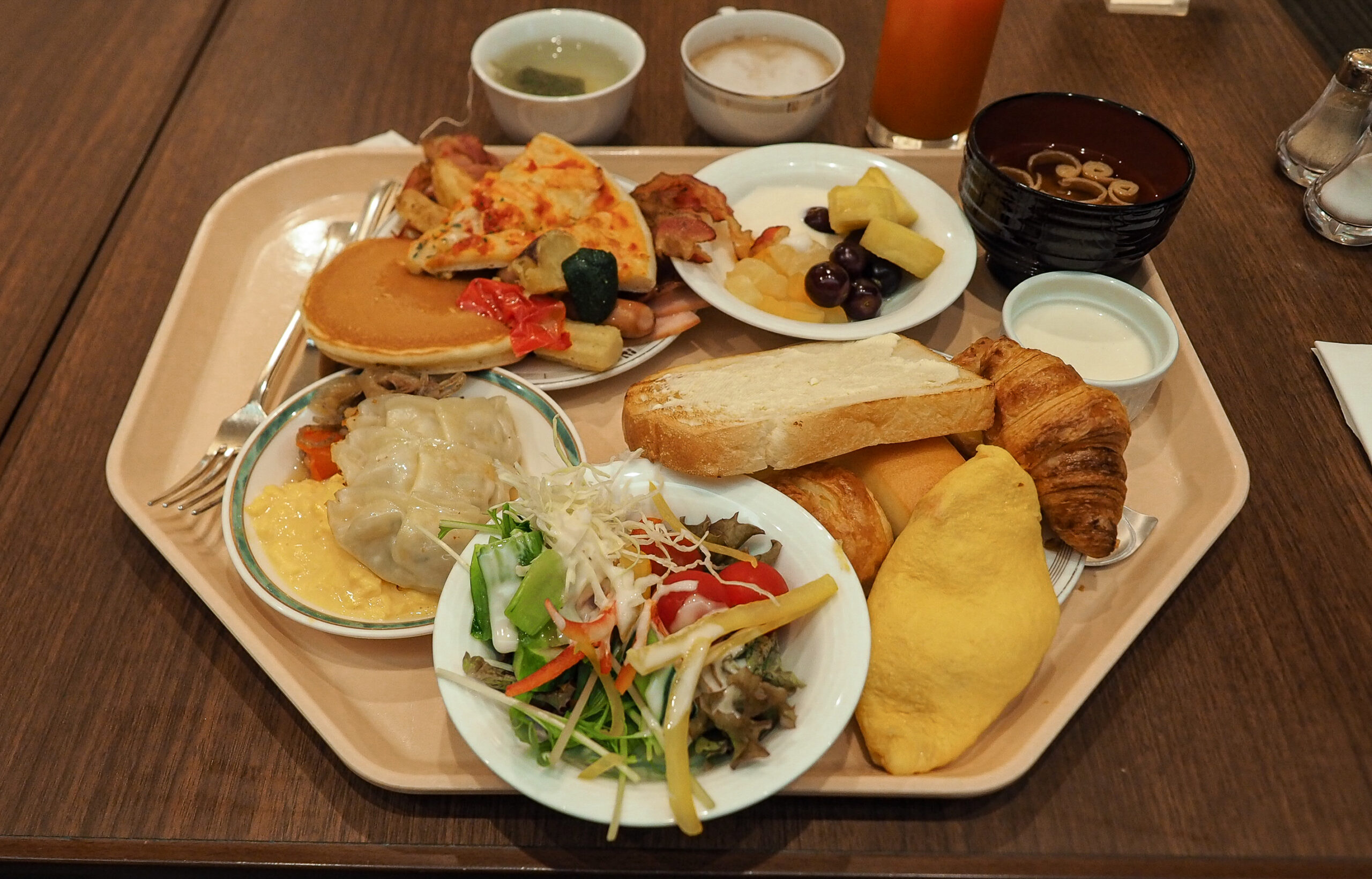
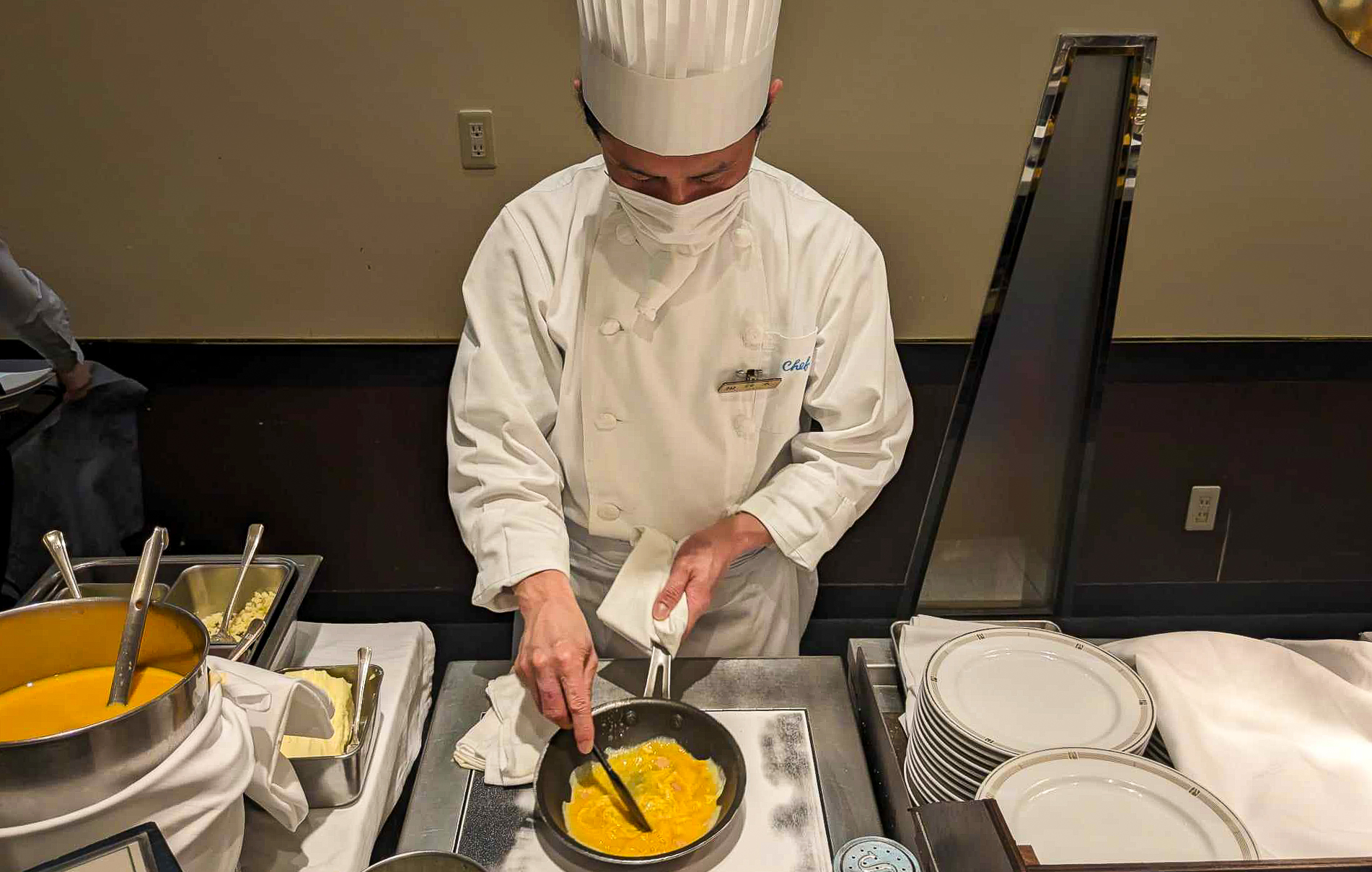
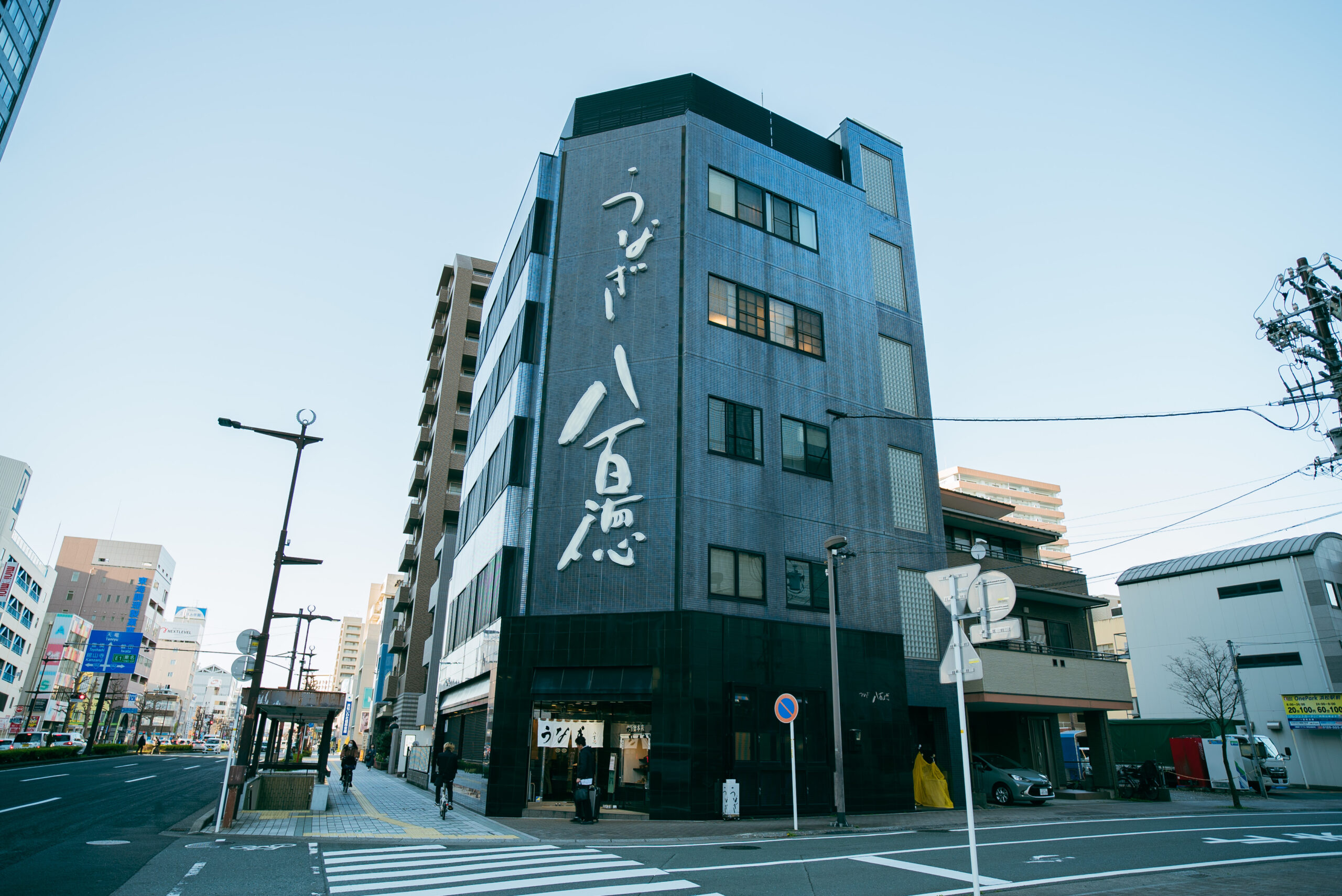
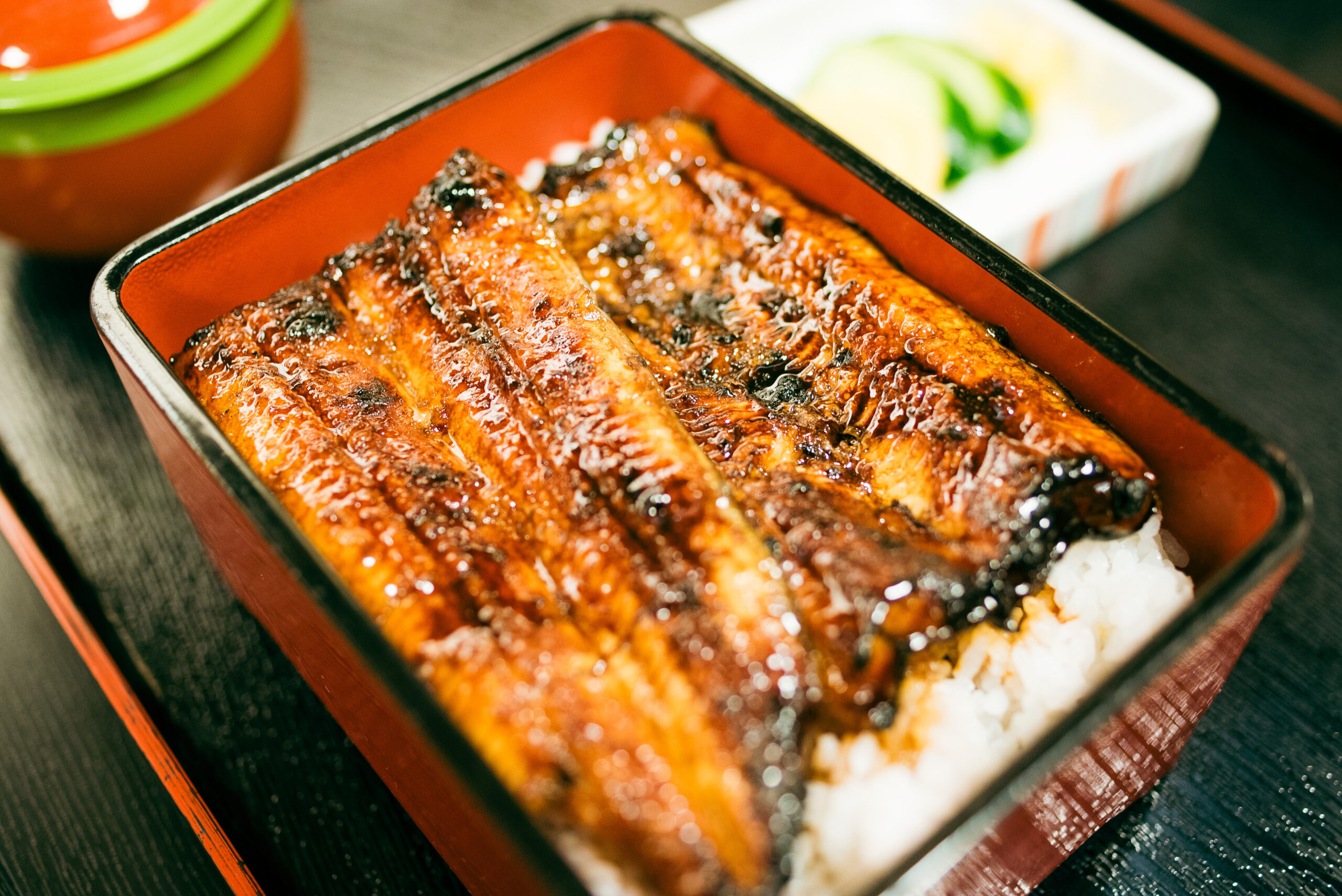
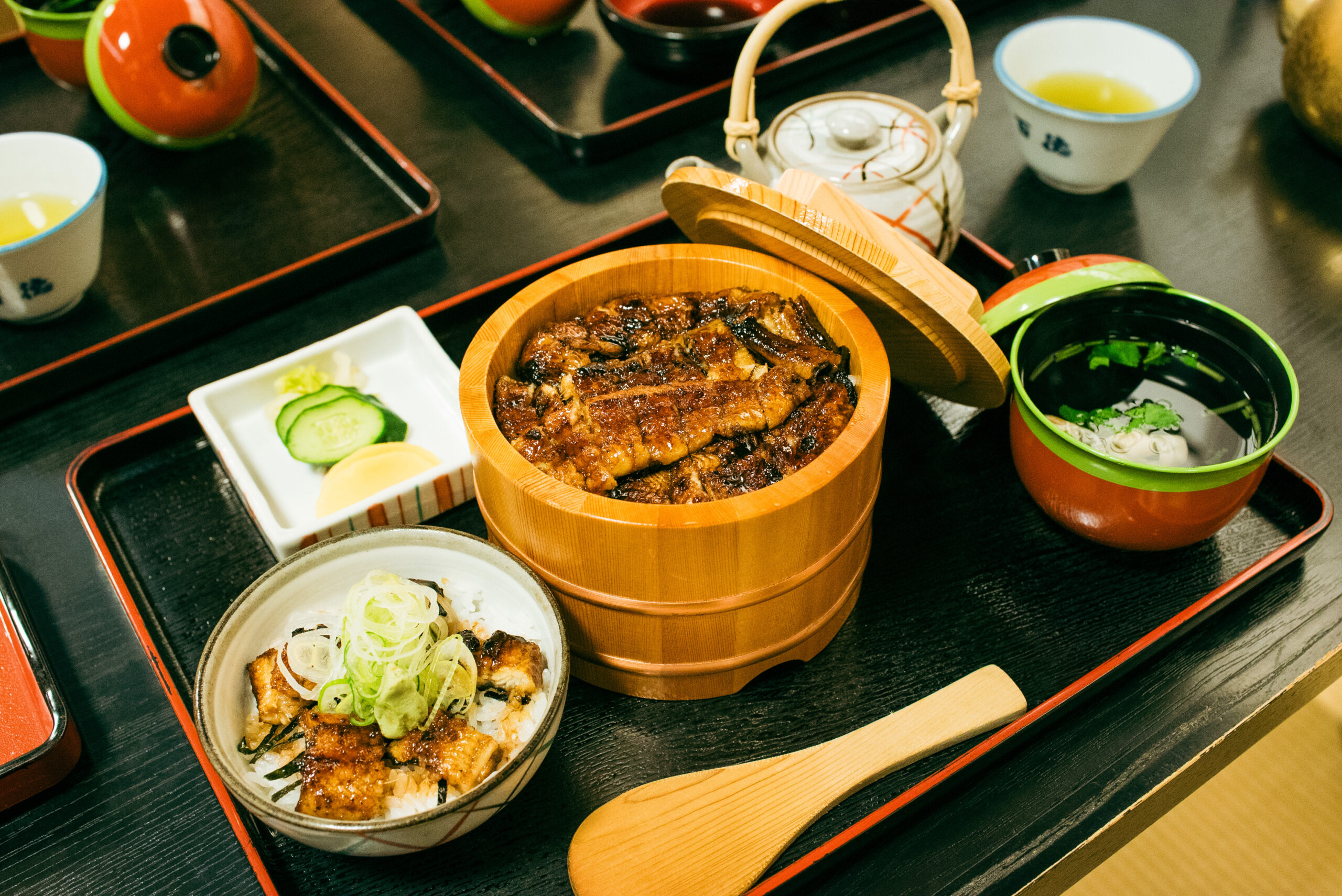
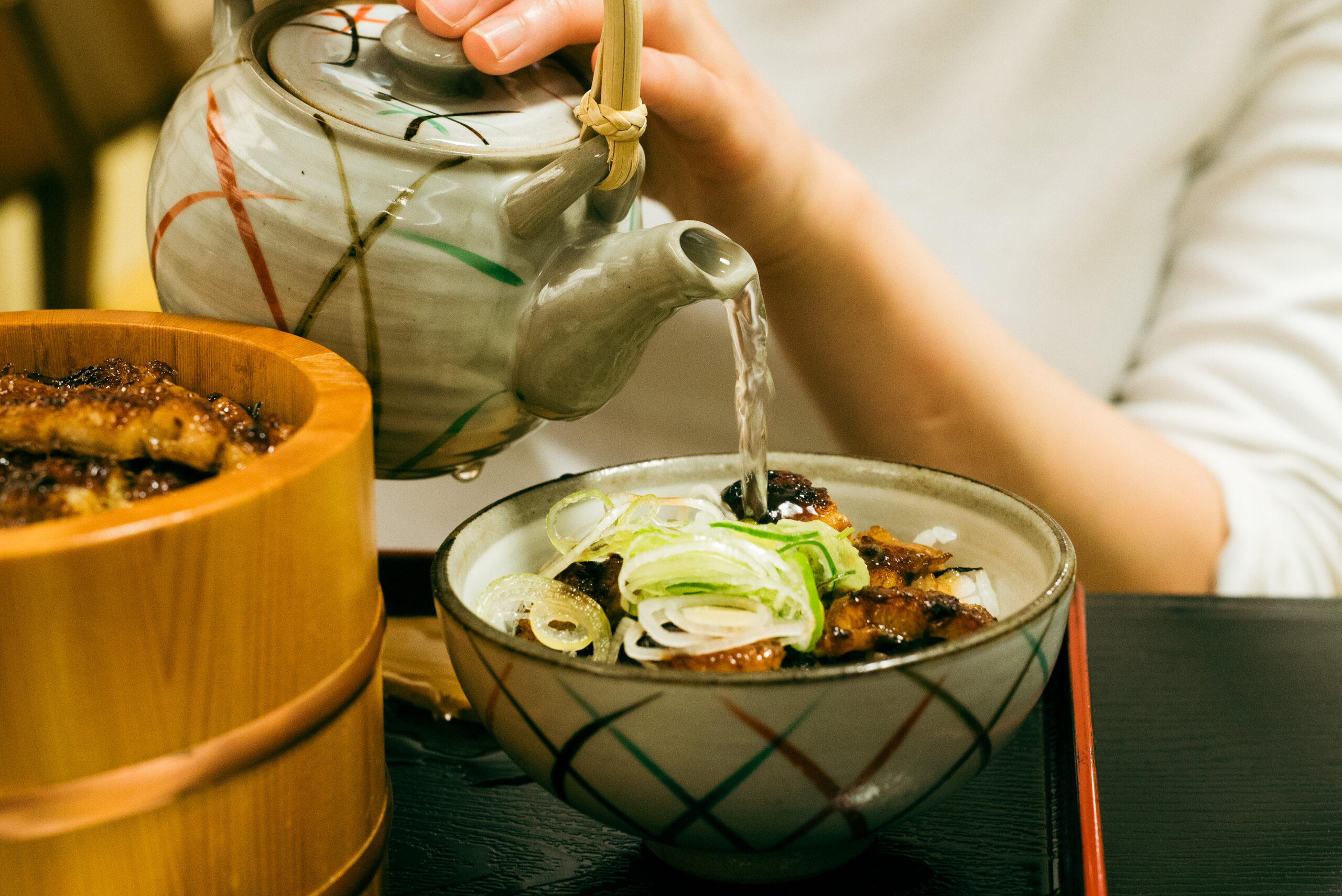
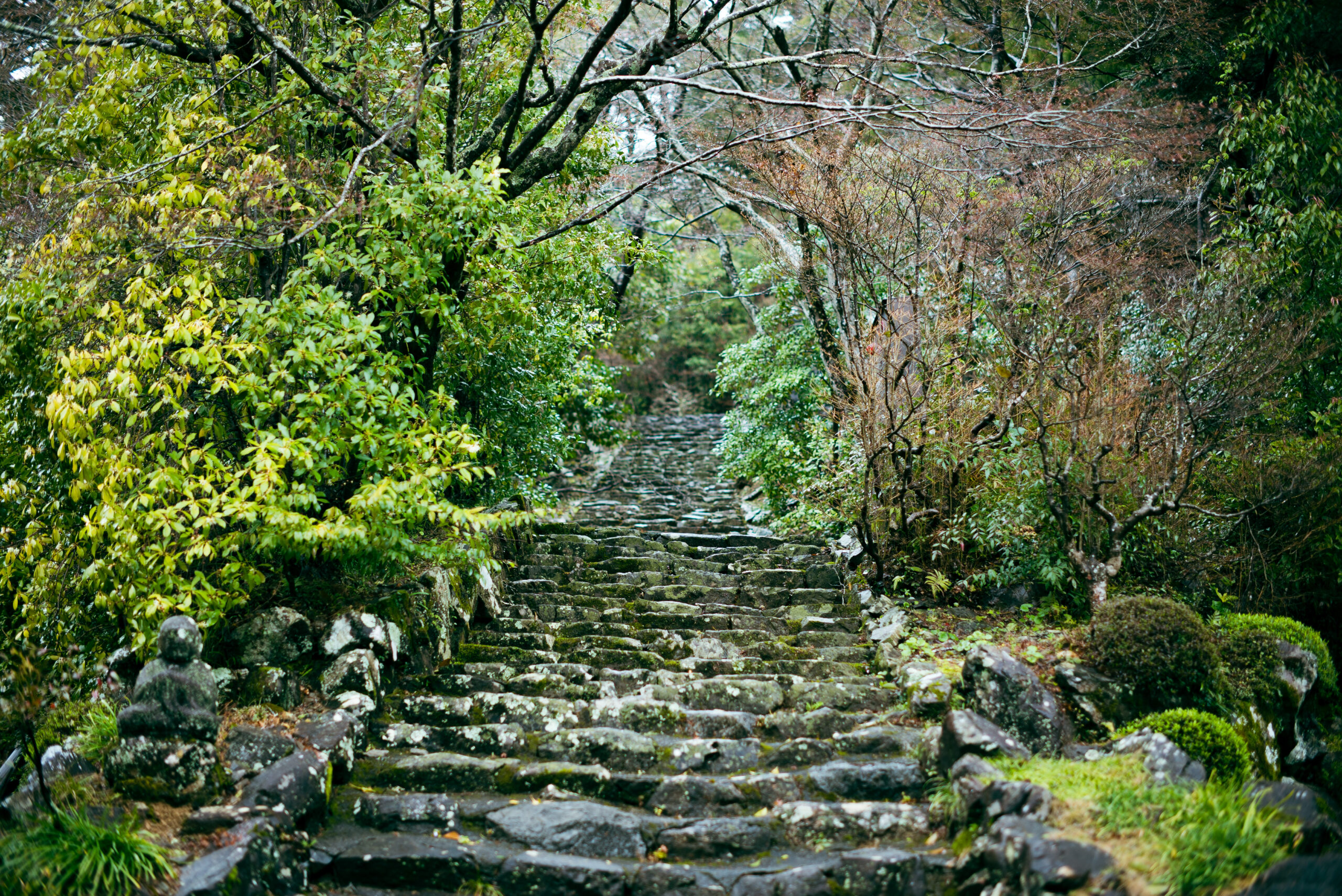
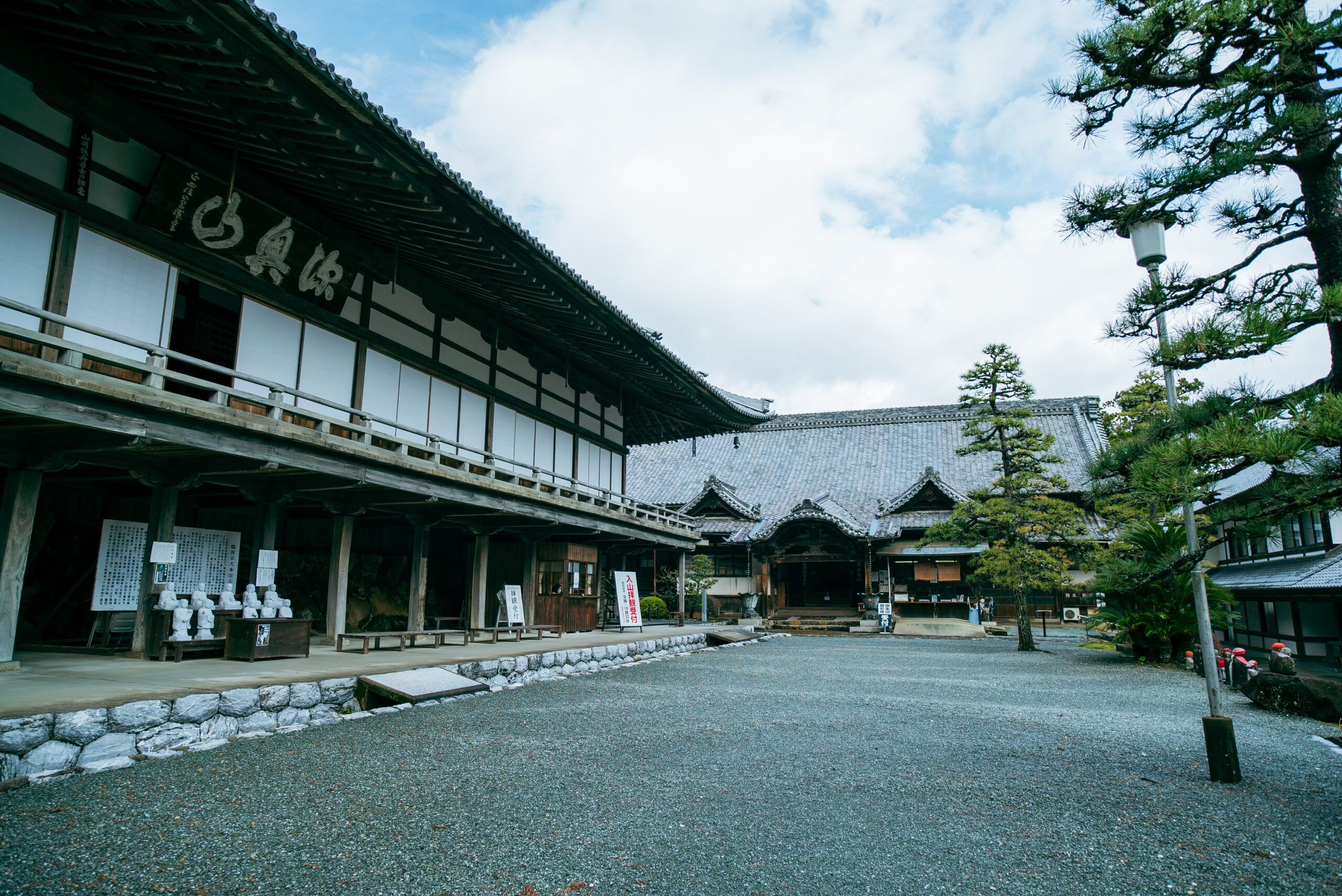
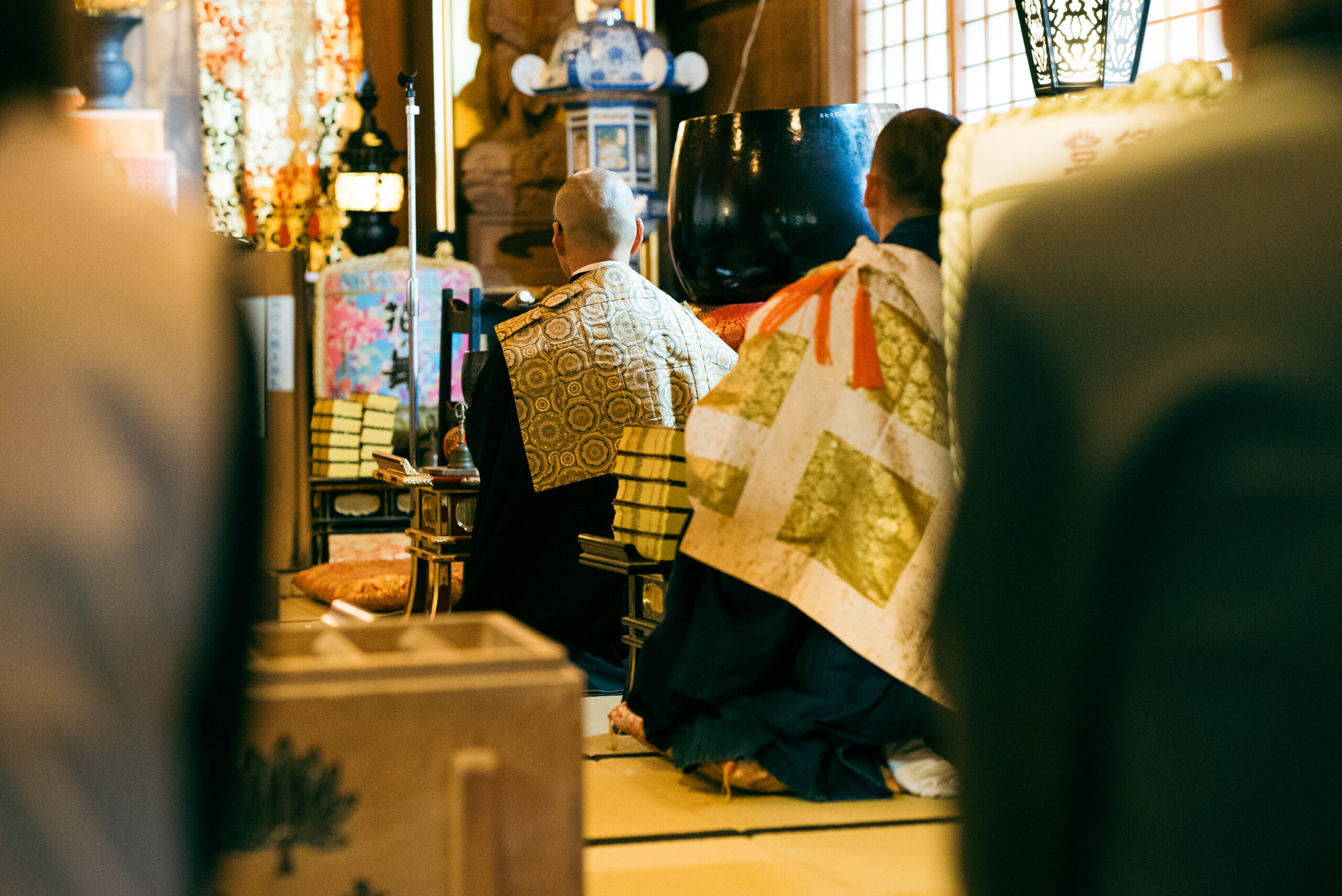
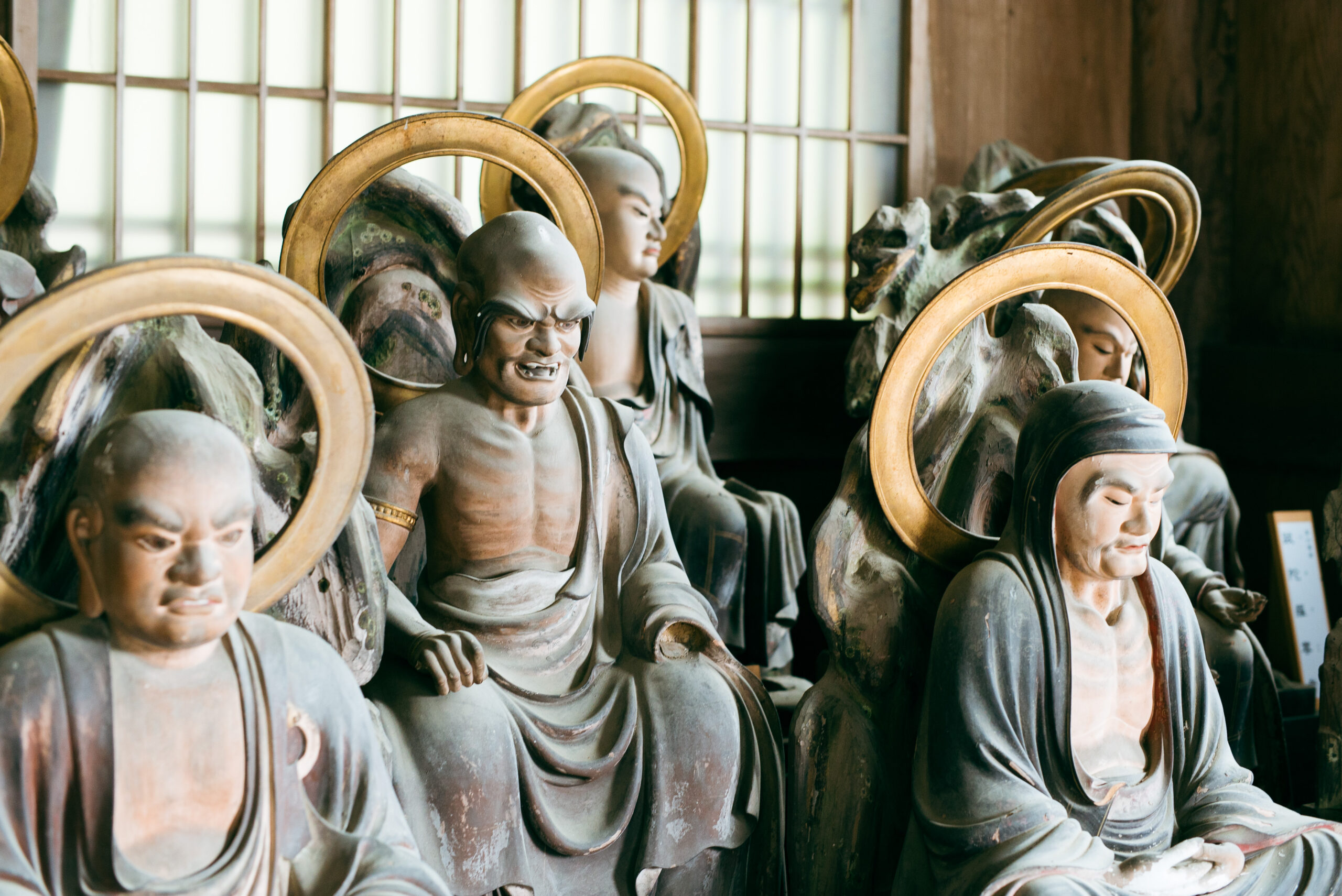
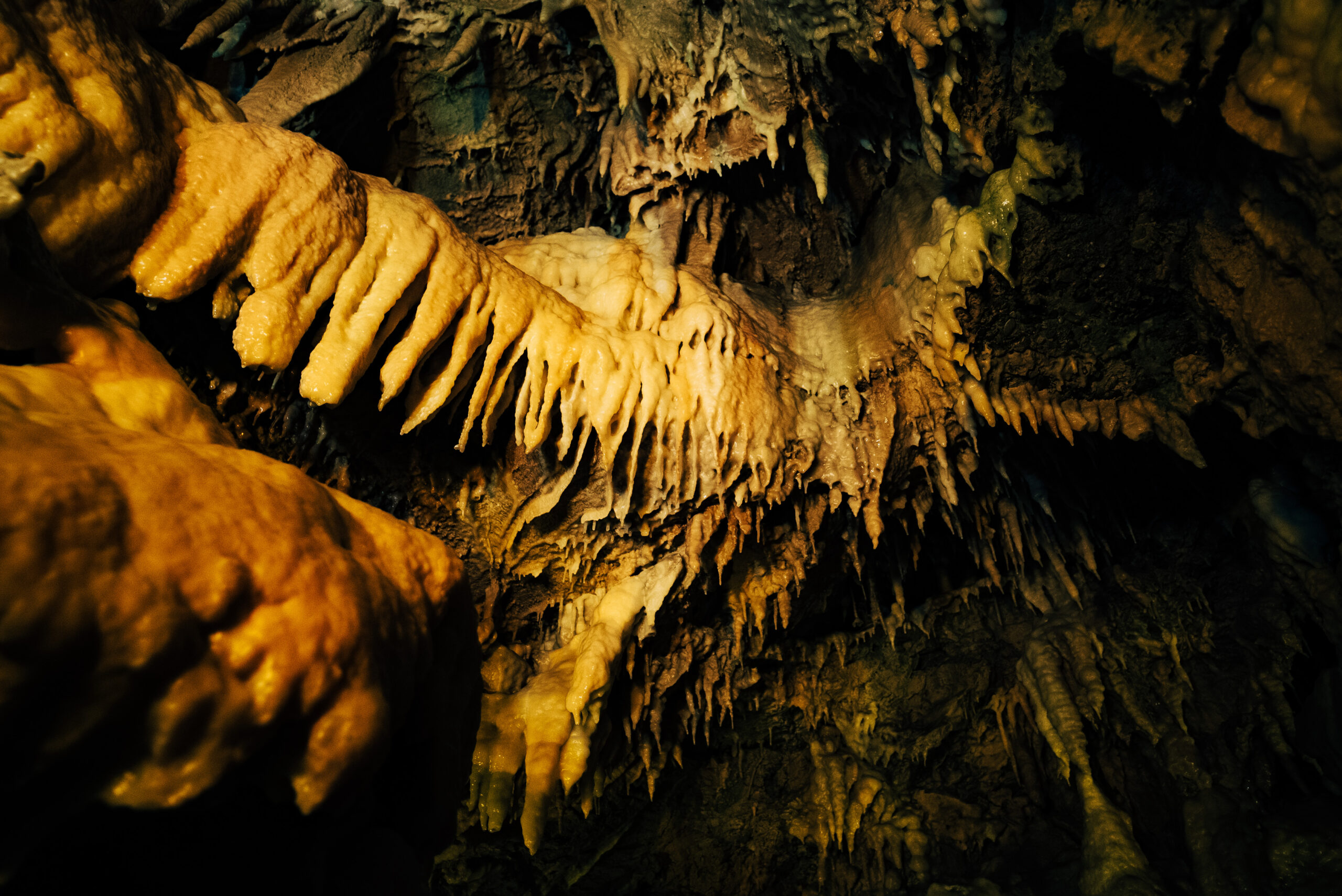
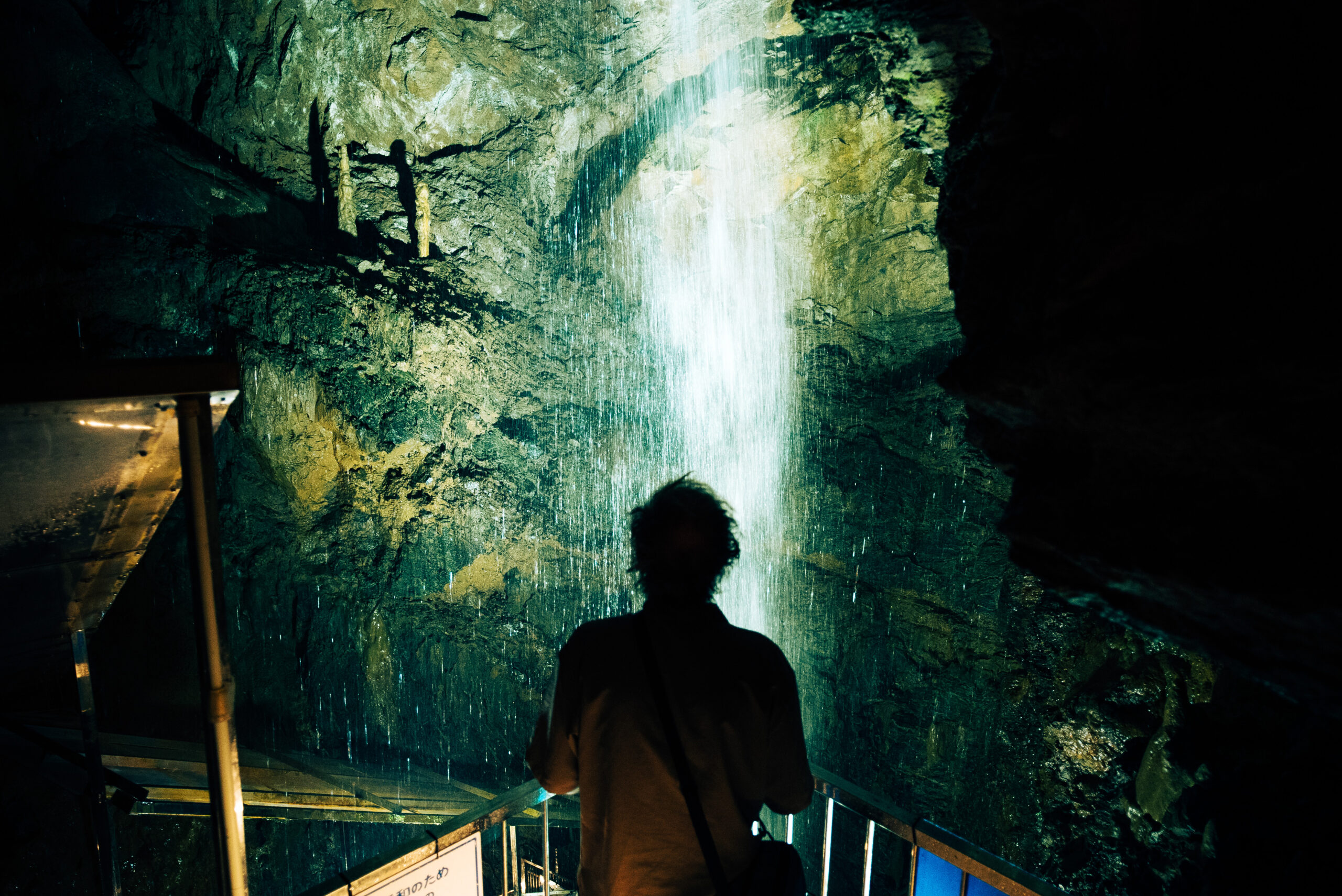
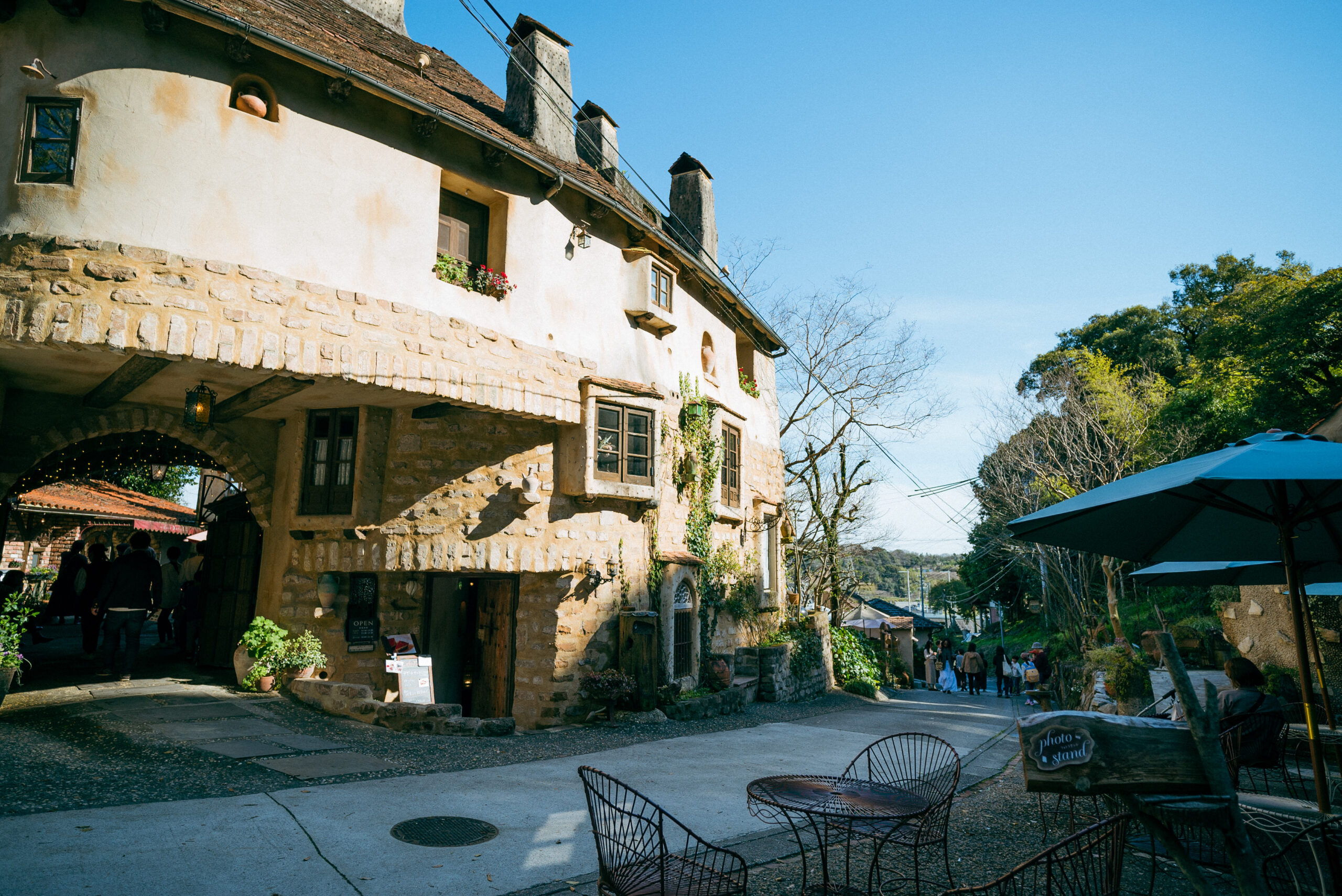
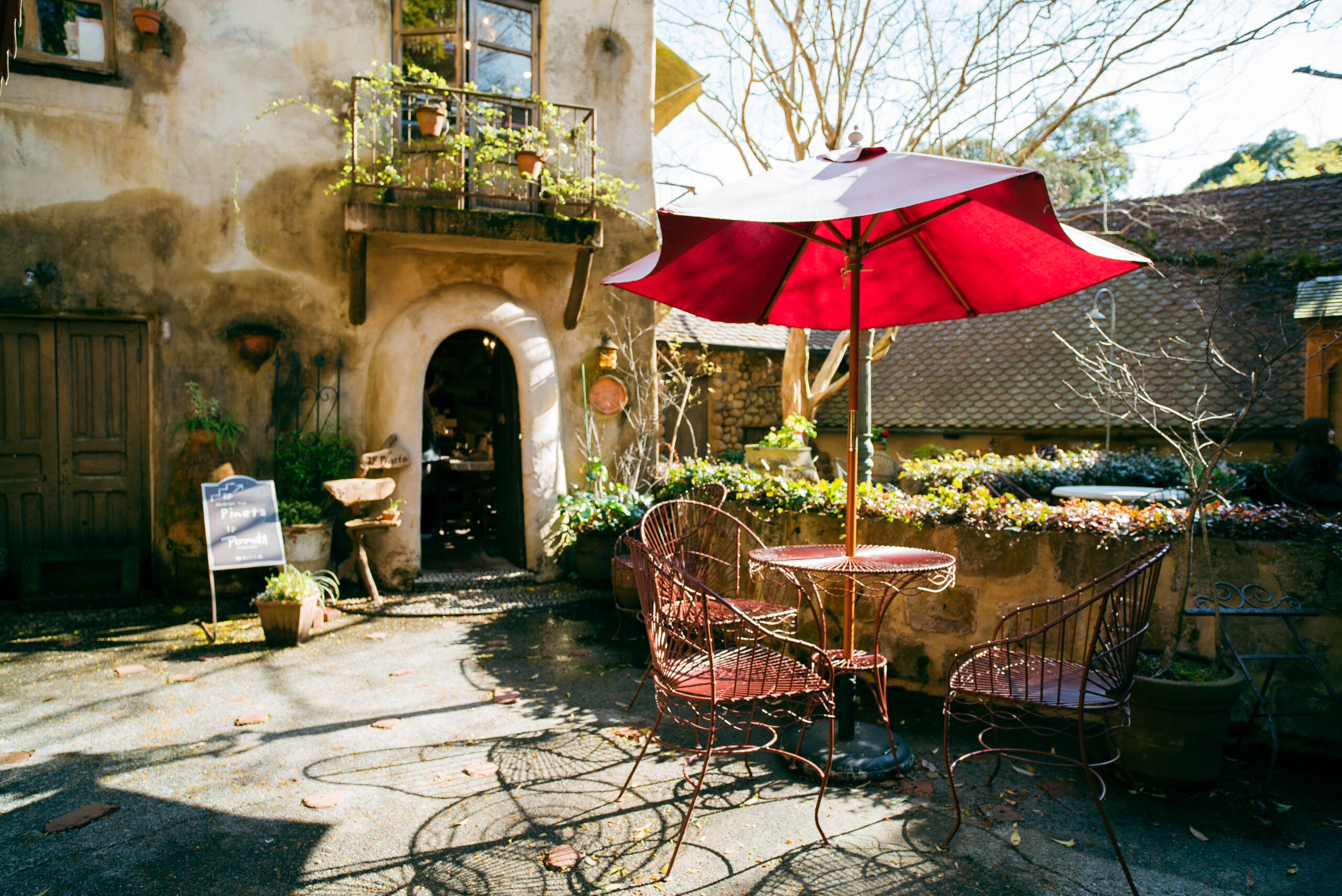
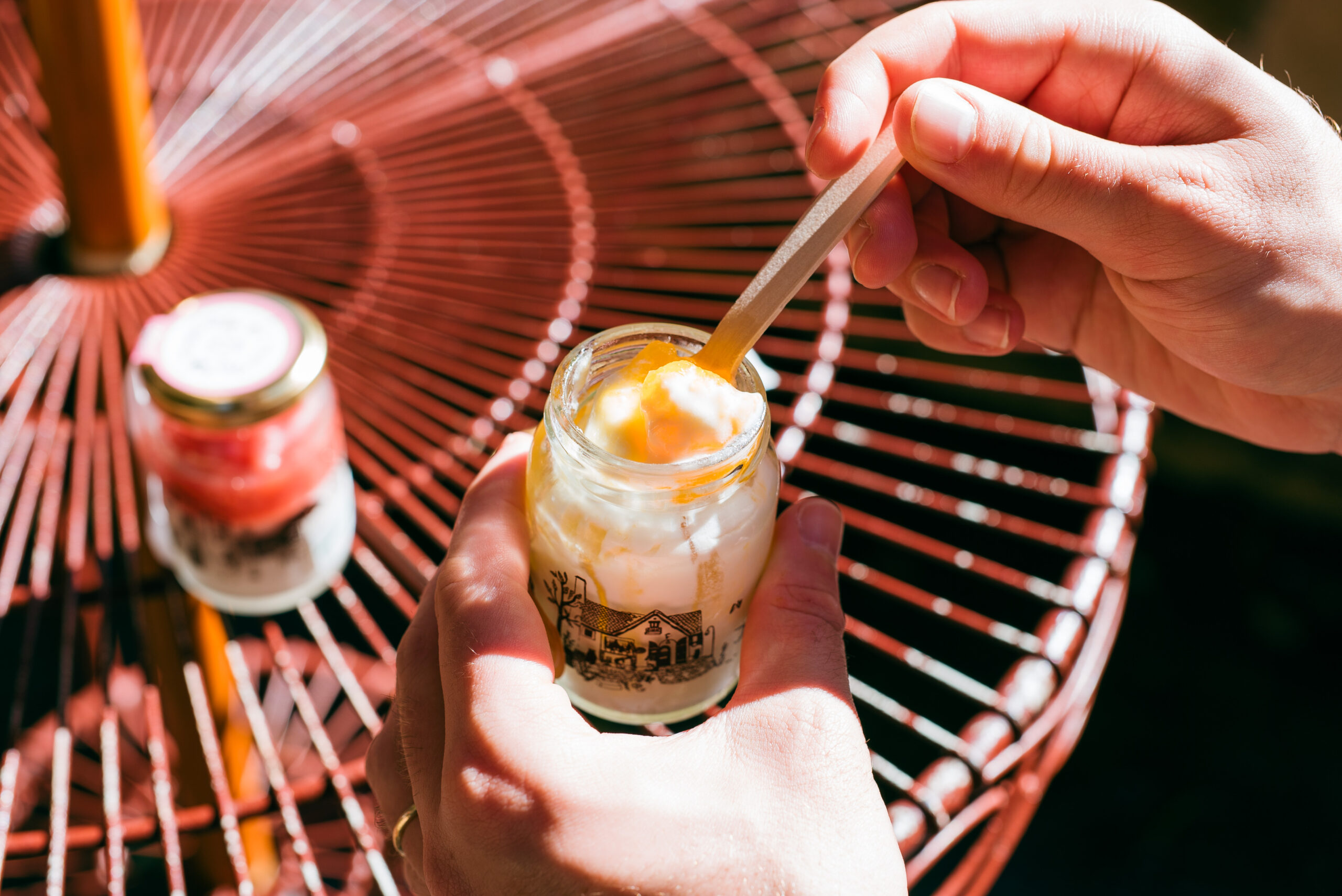
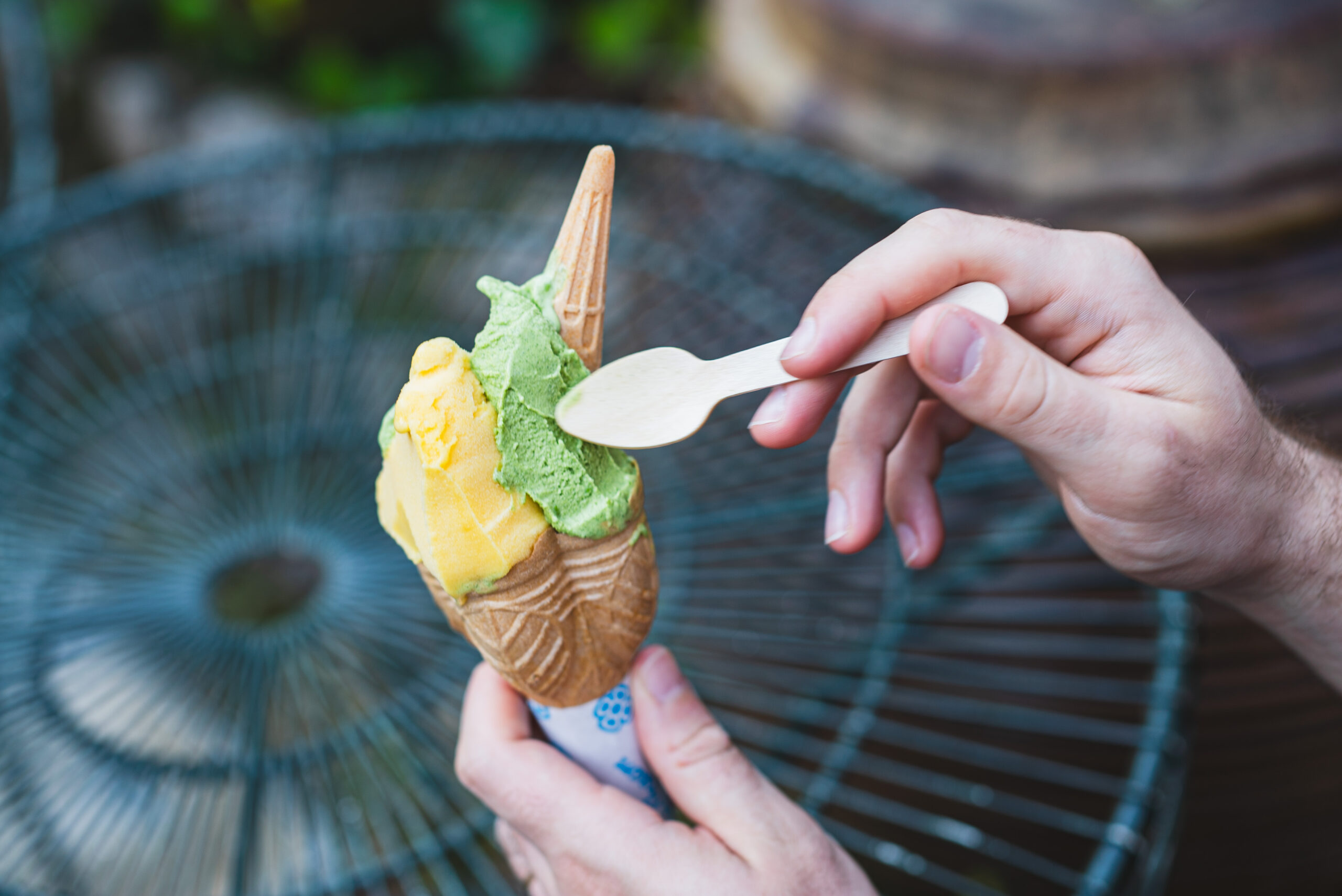
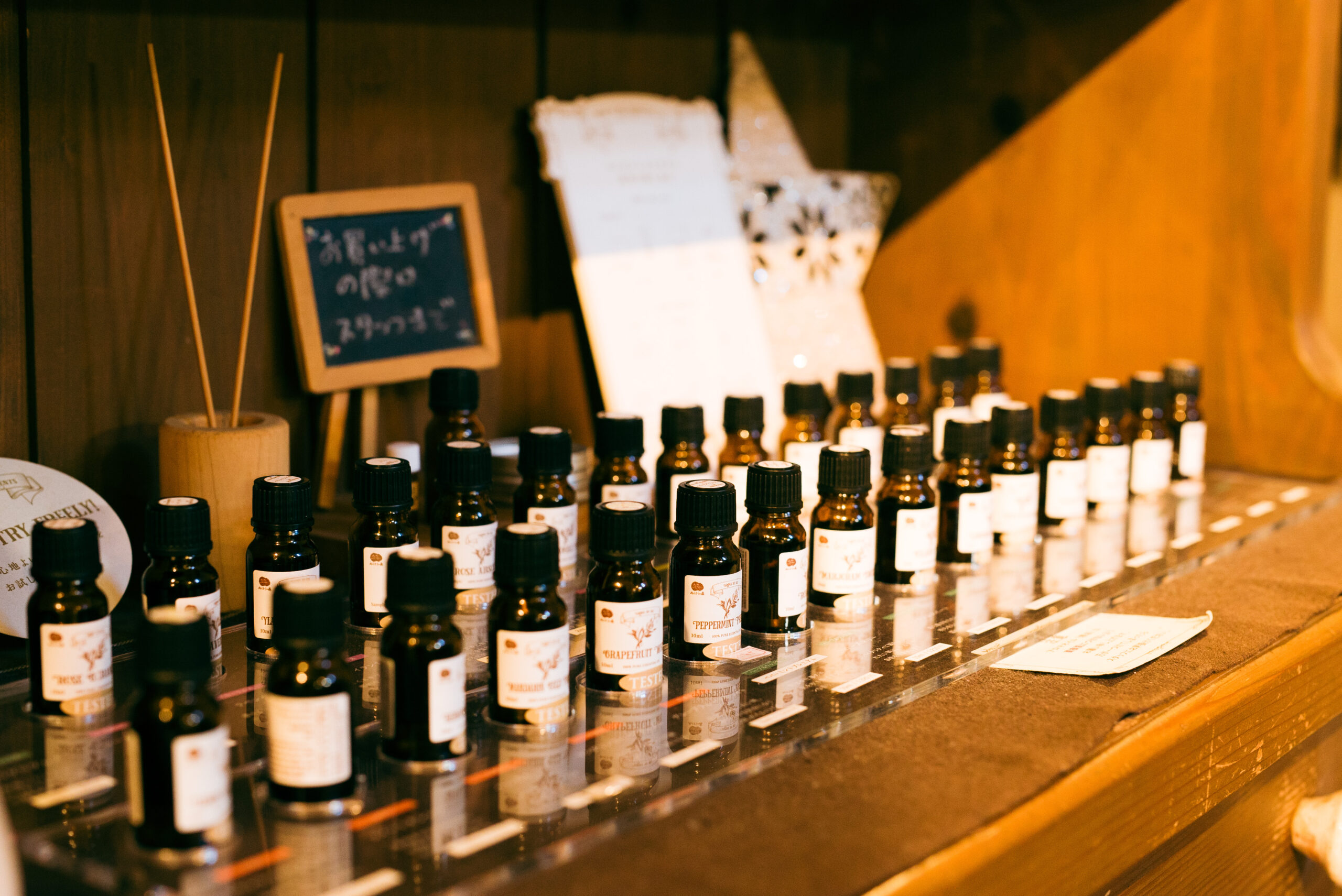
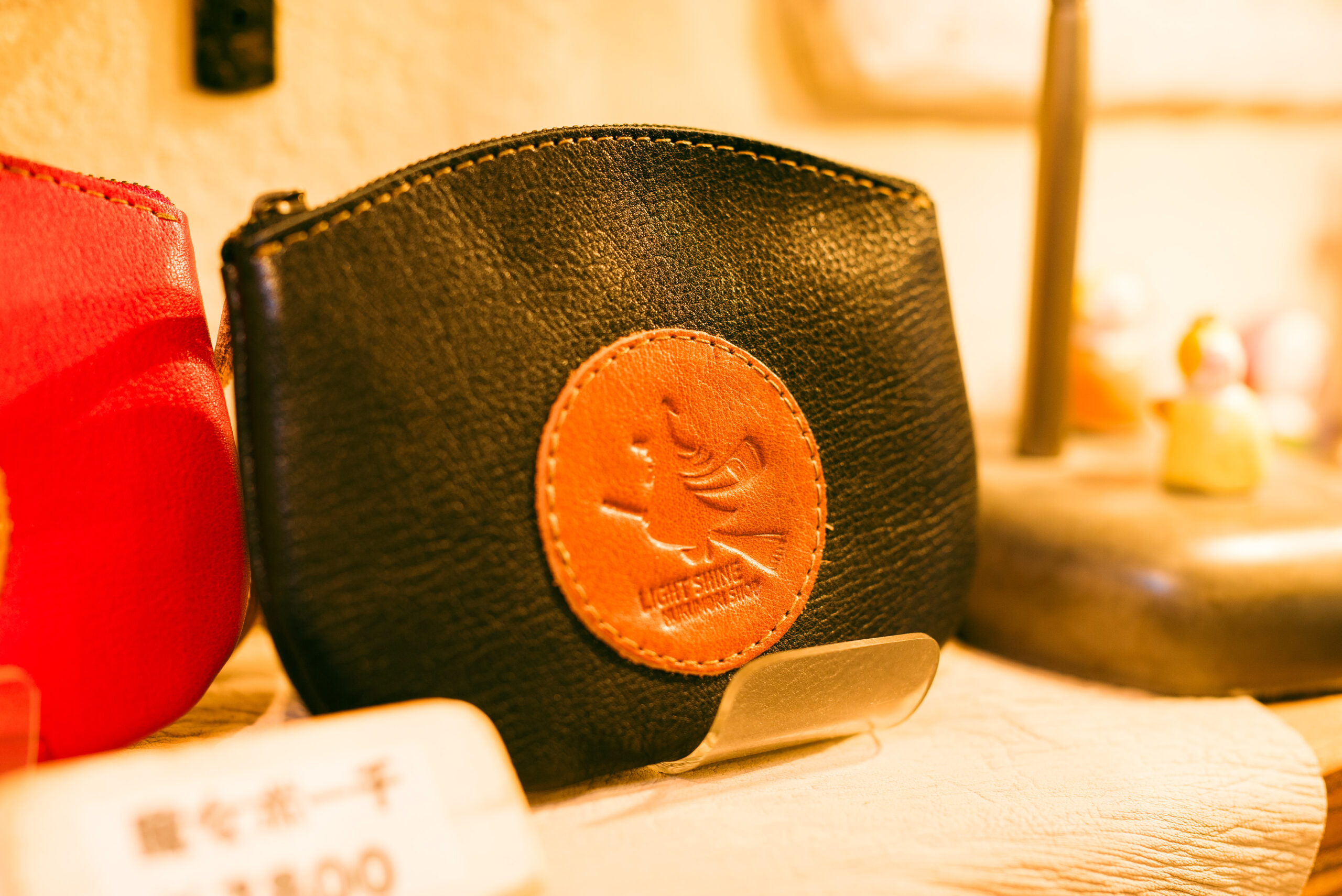
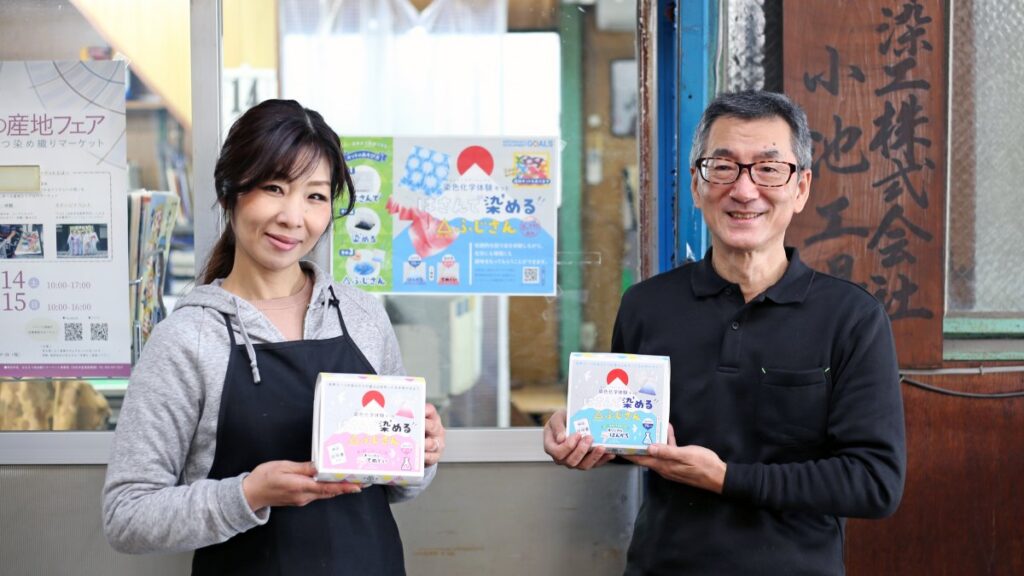
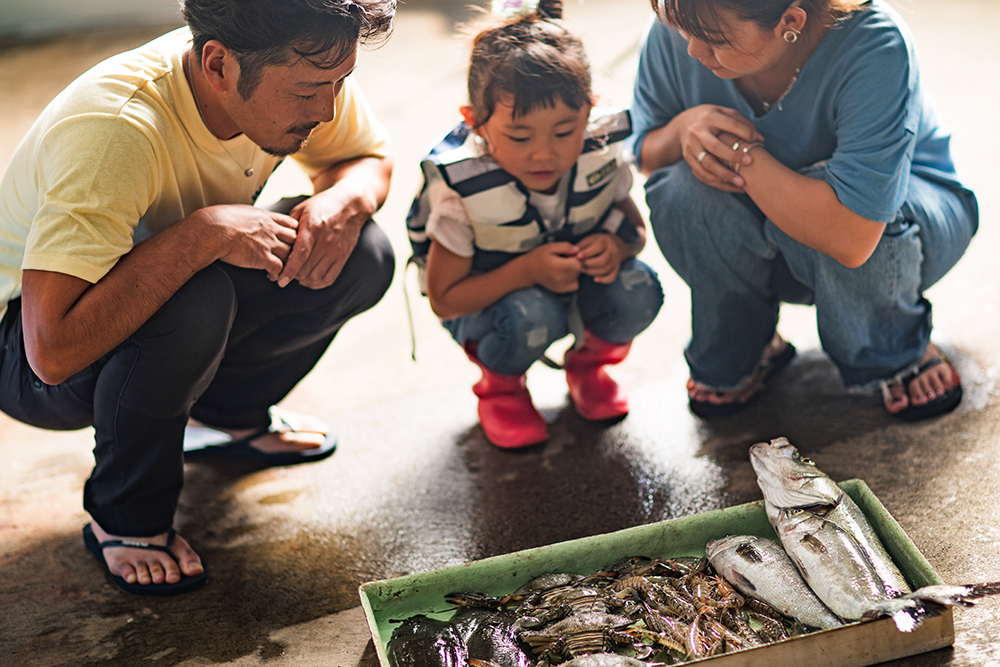
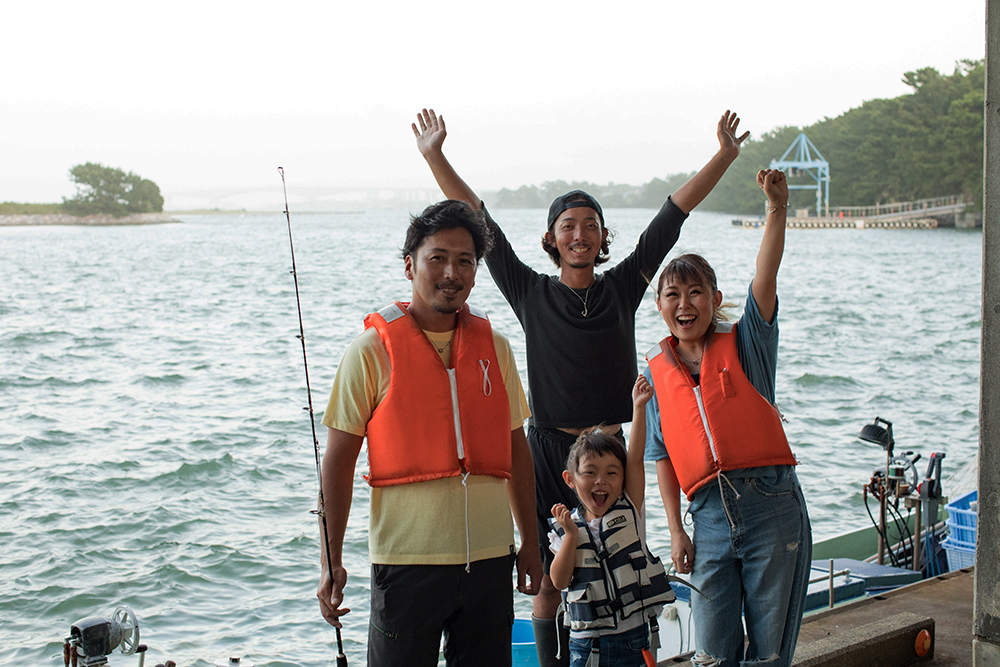 *This article was published on August 14, 2019.
*This article was published on August 14, 2019.

